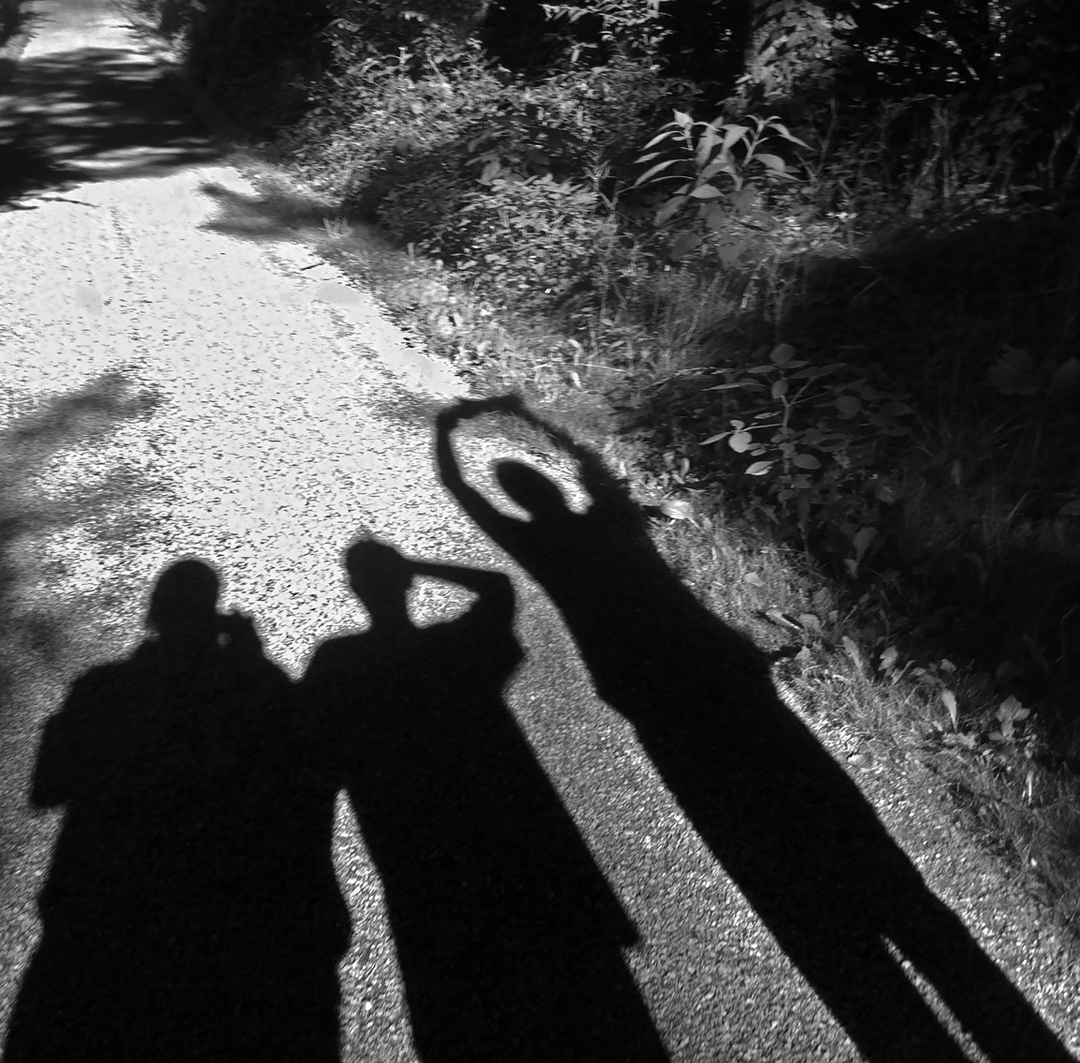
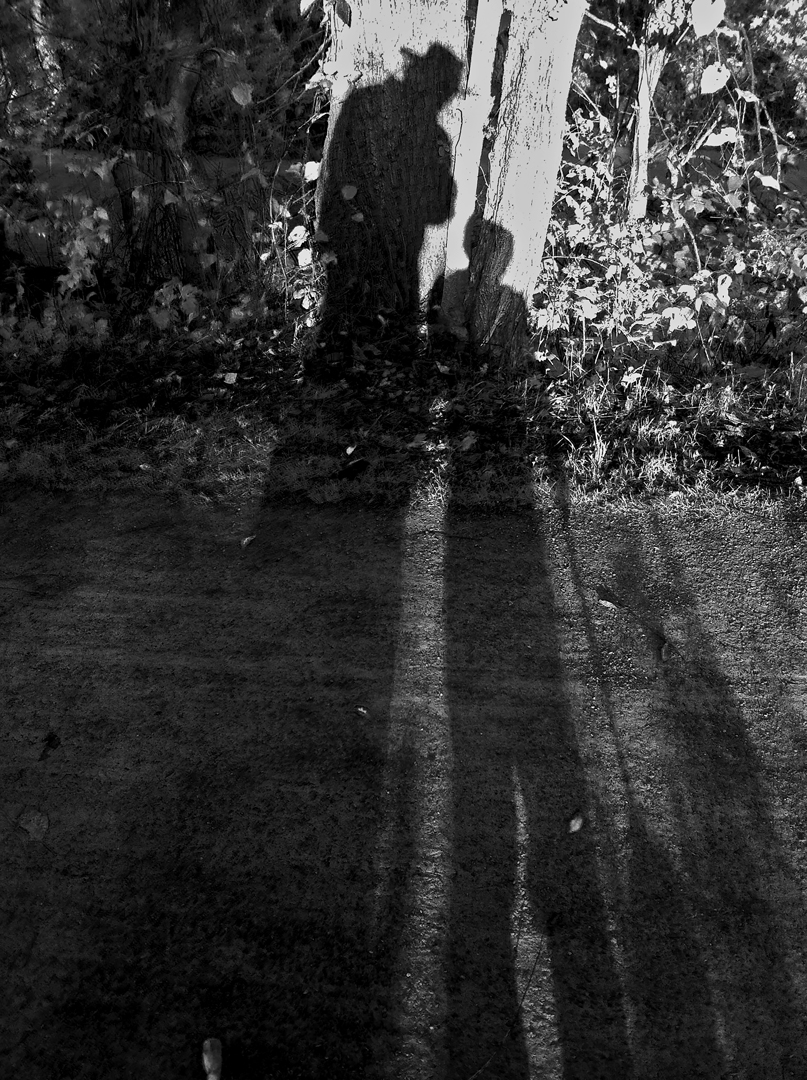
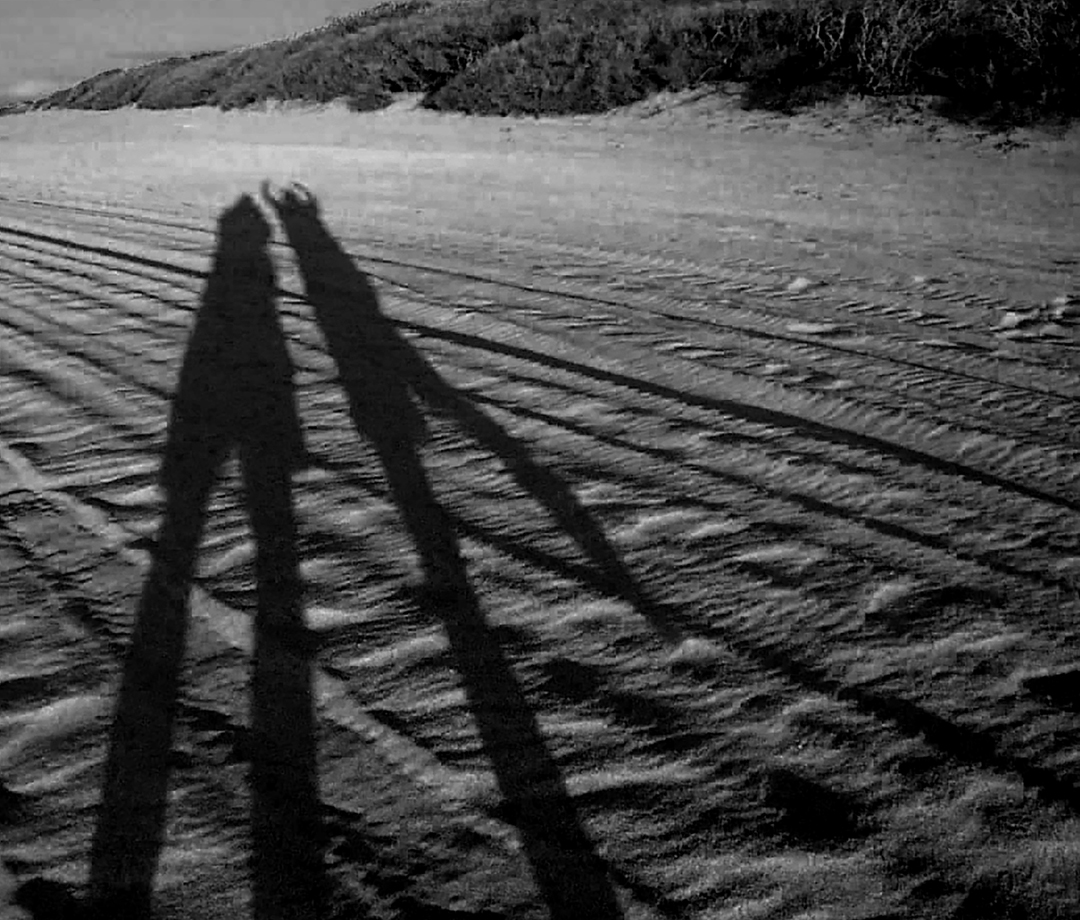
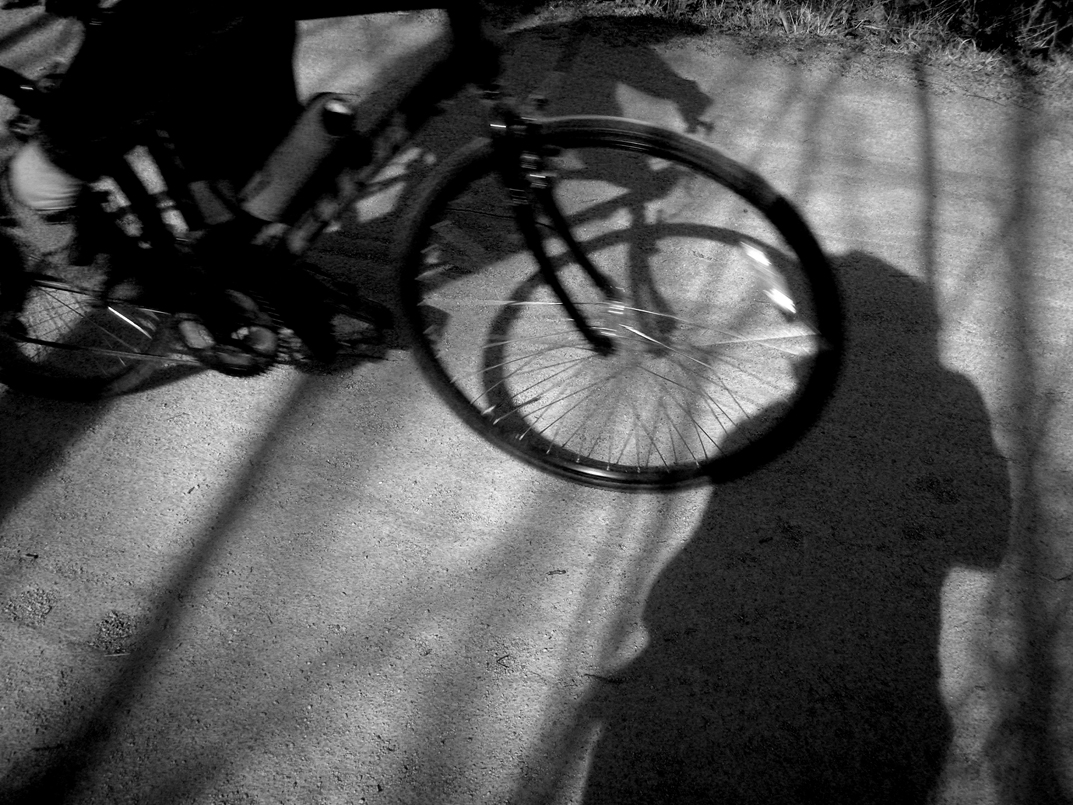
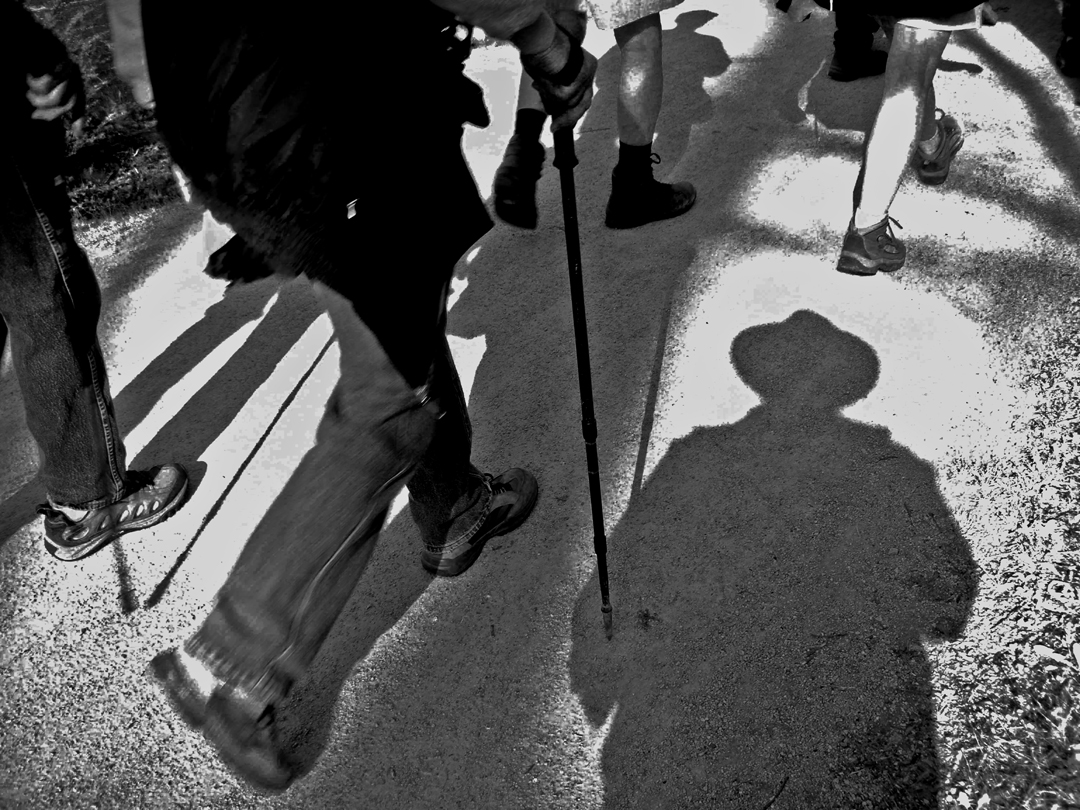
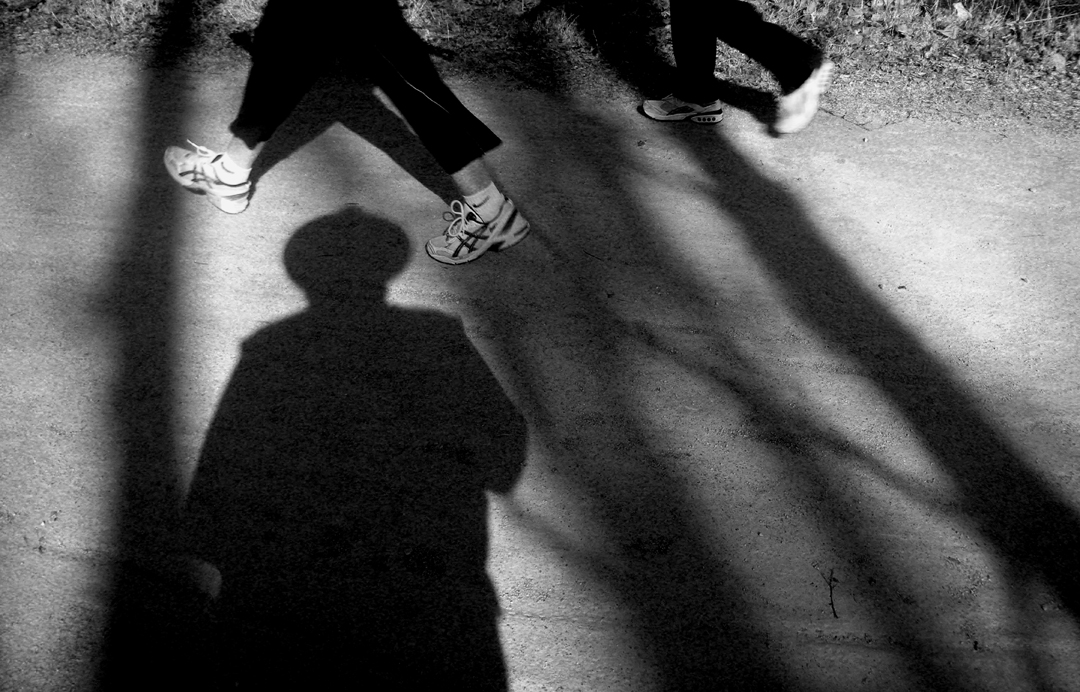
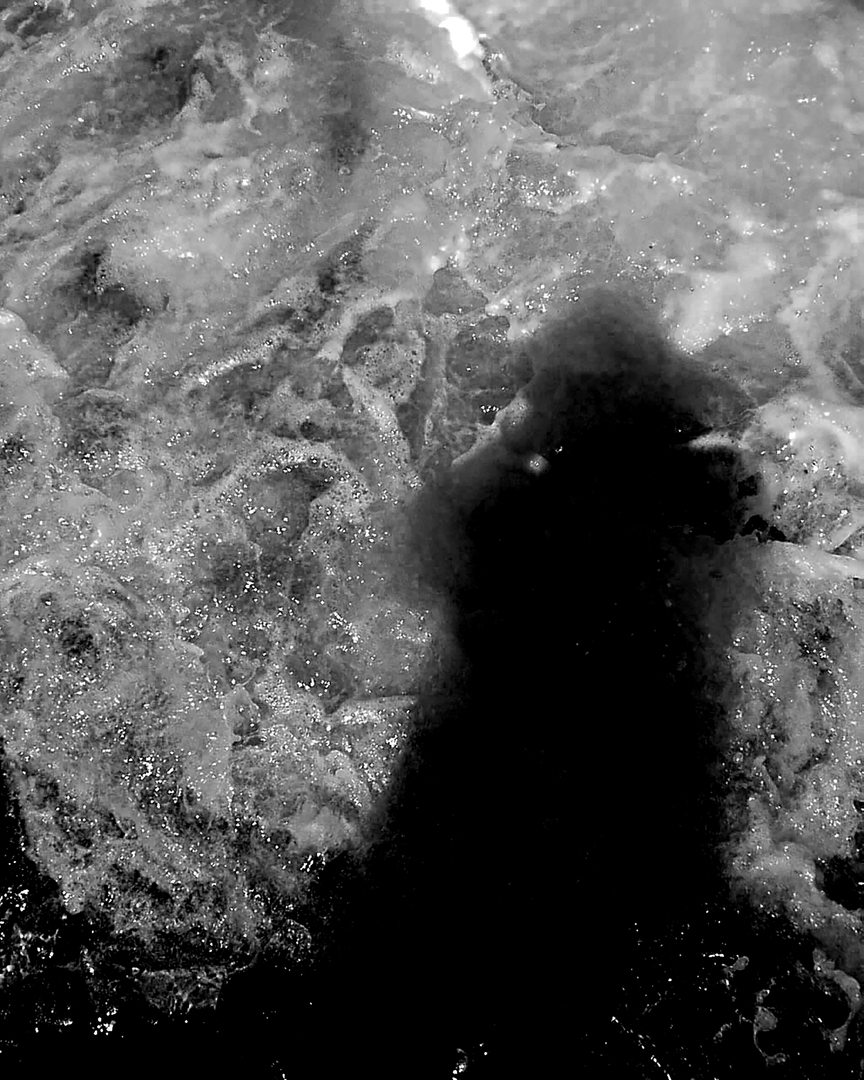
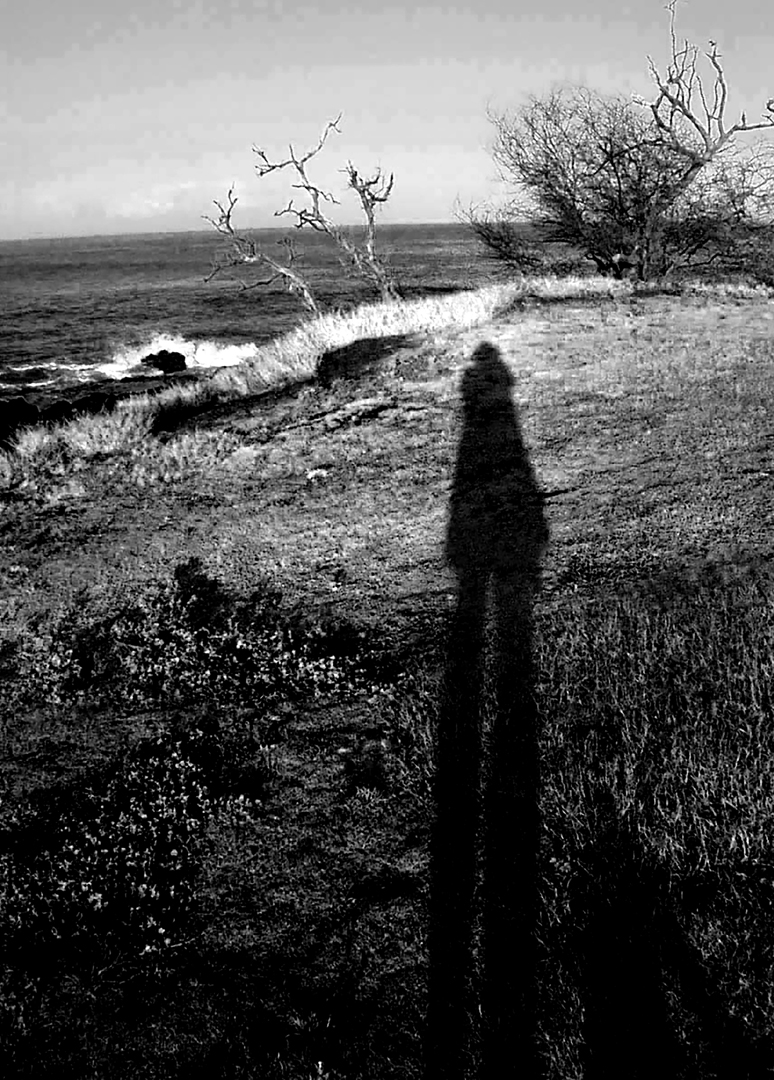
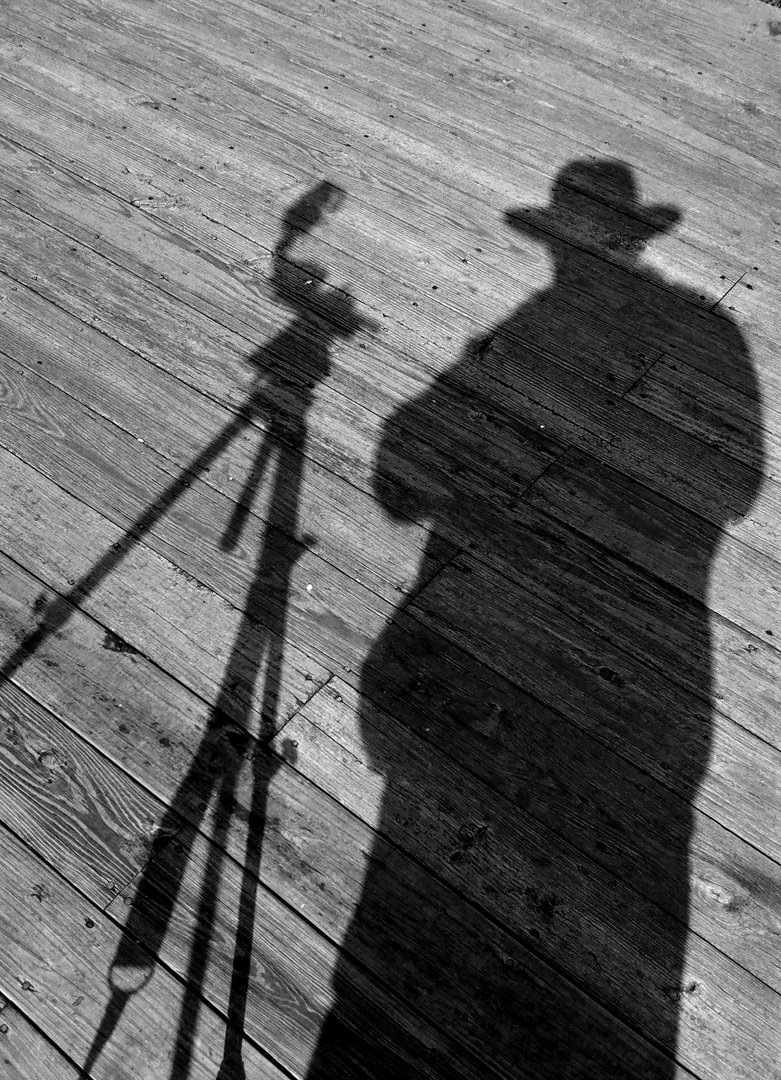
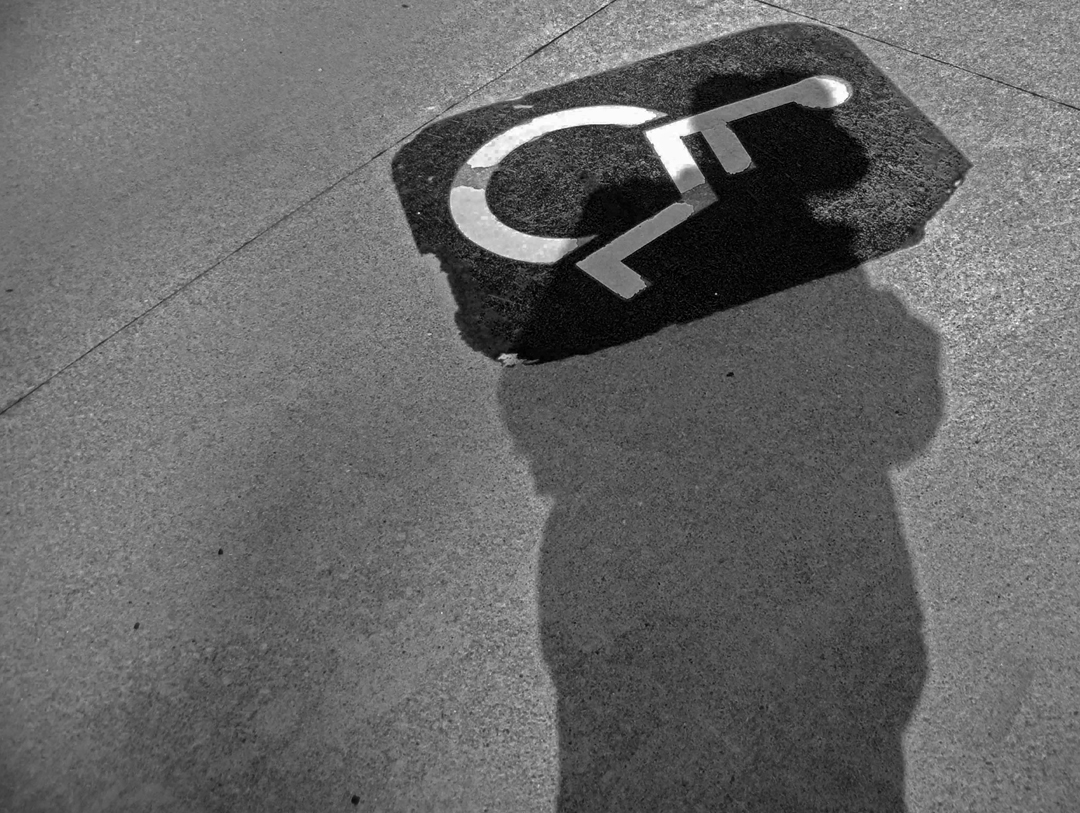
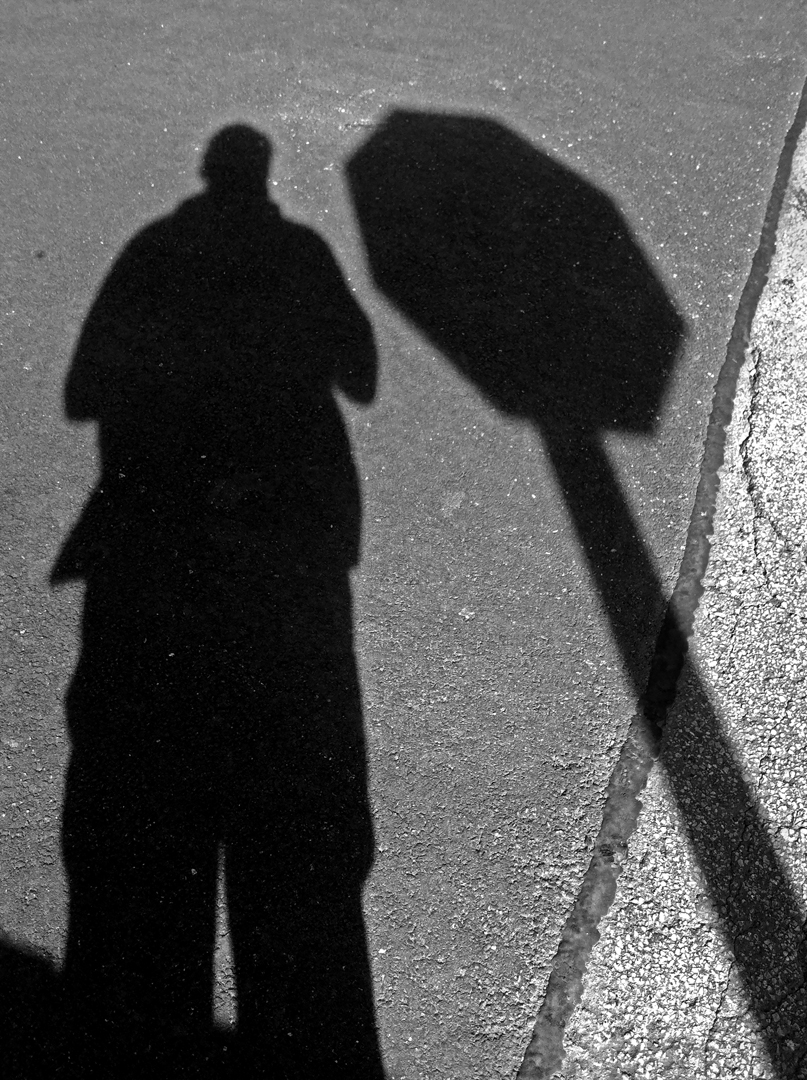
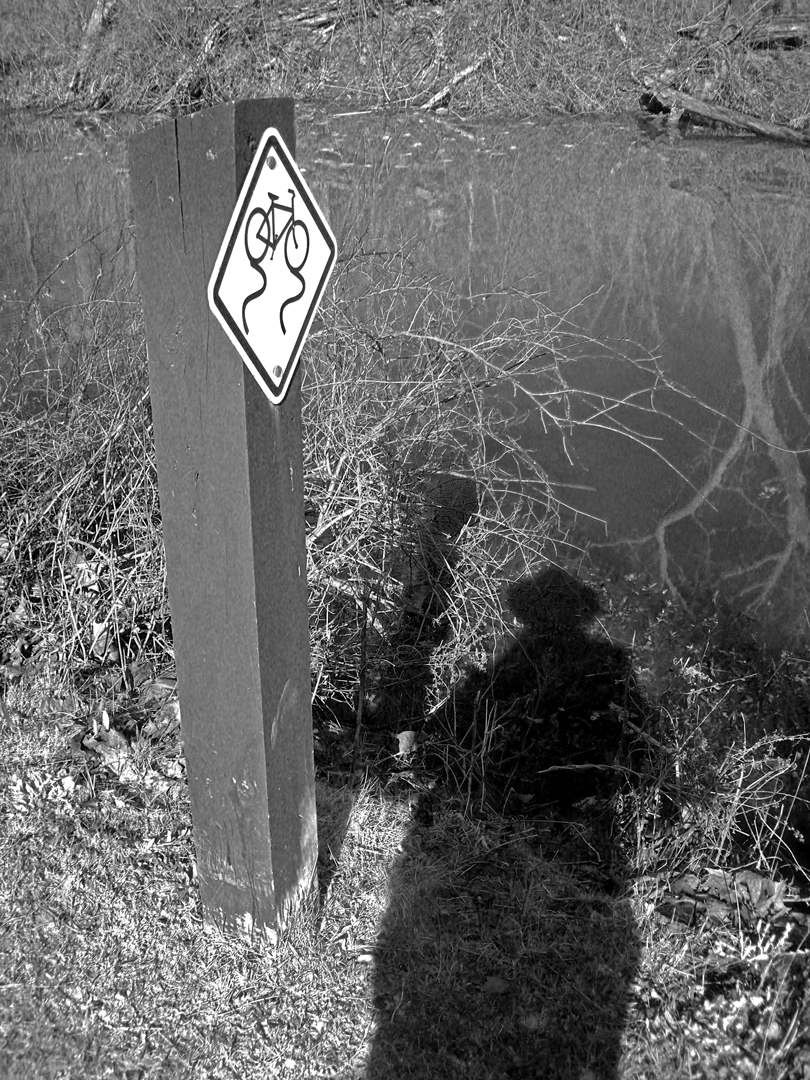
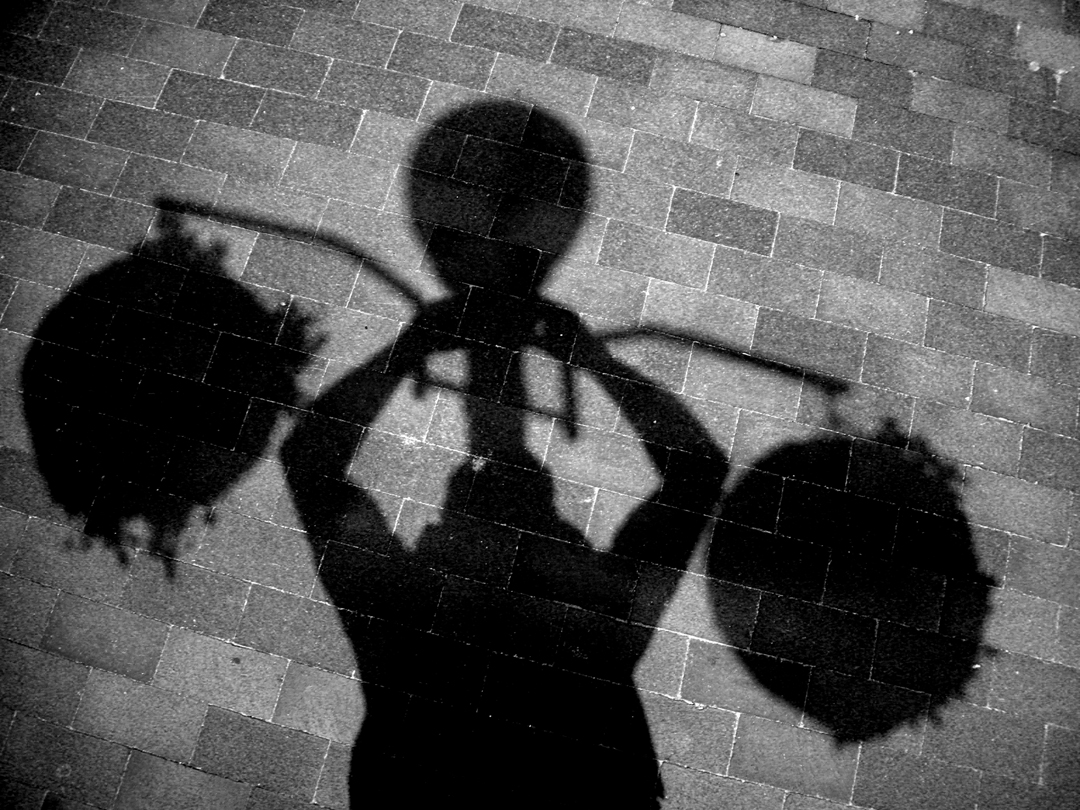
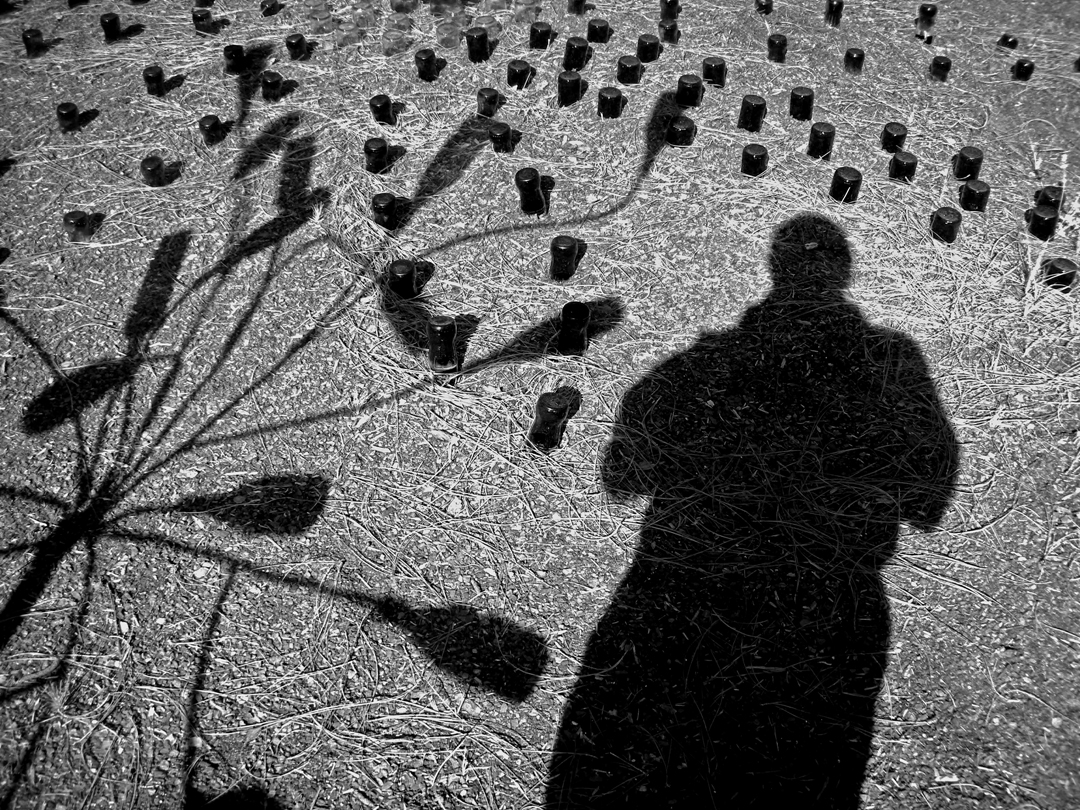
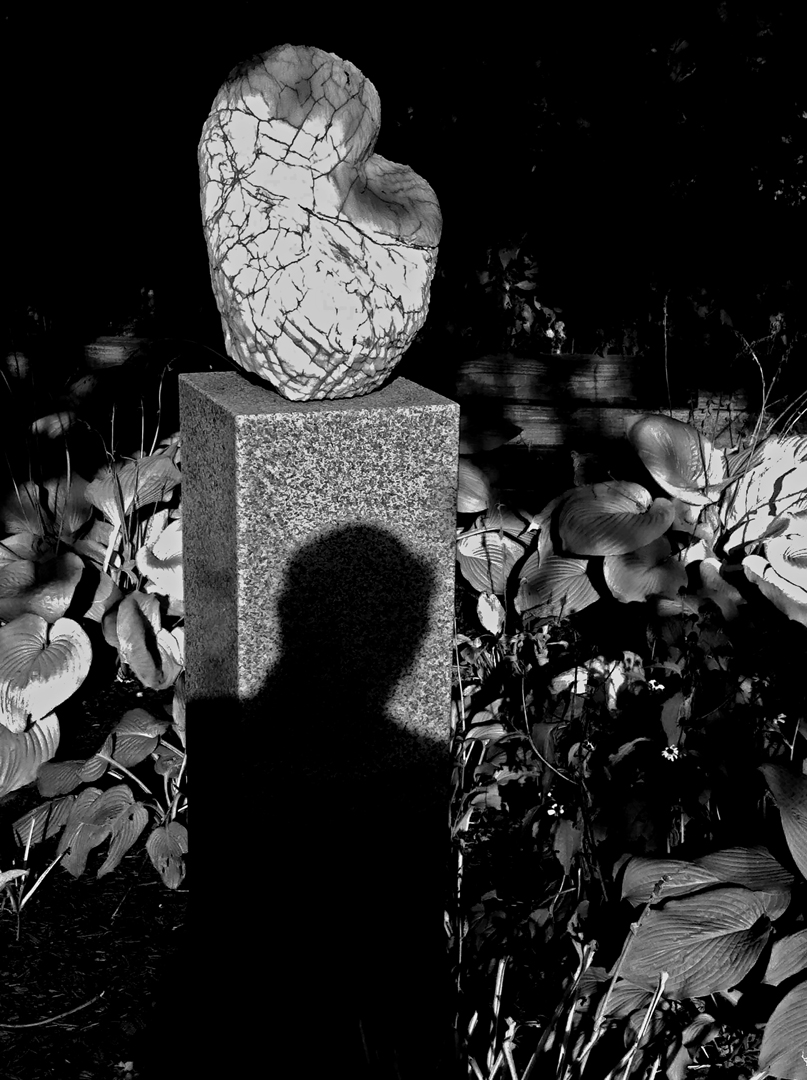
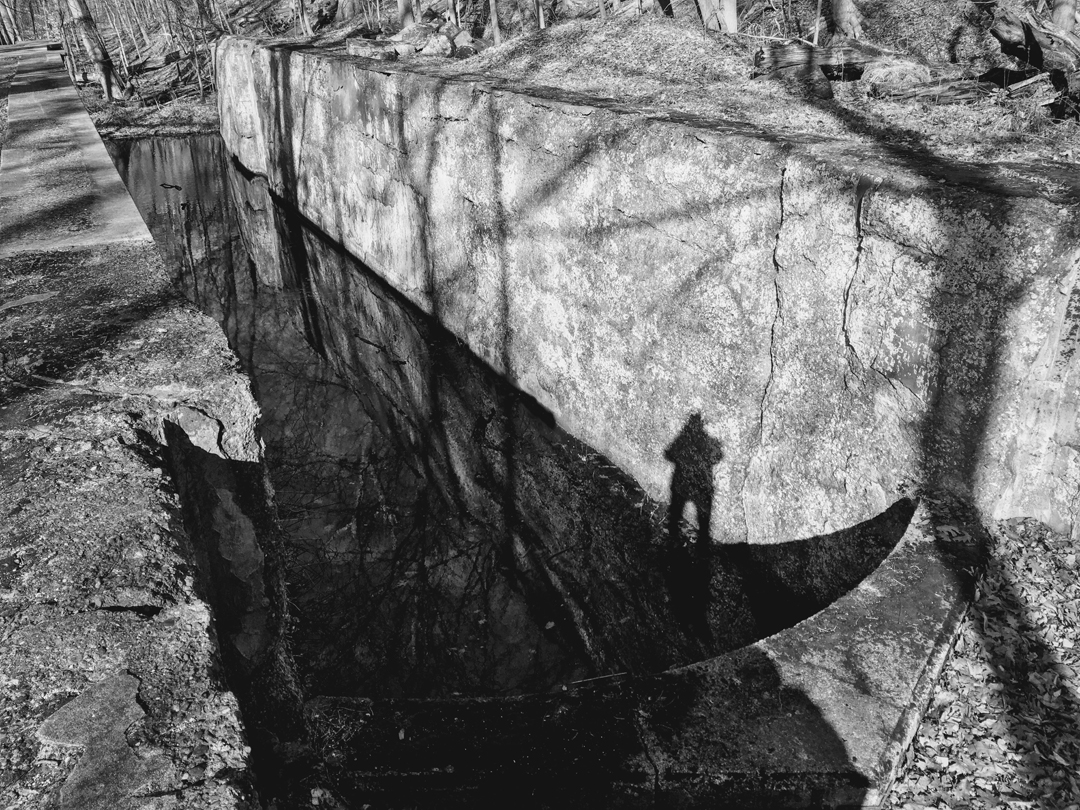
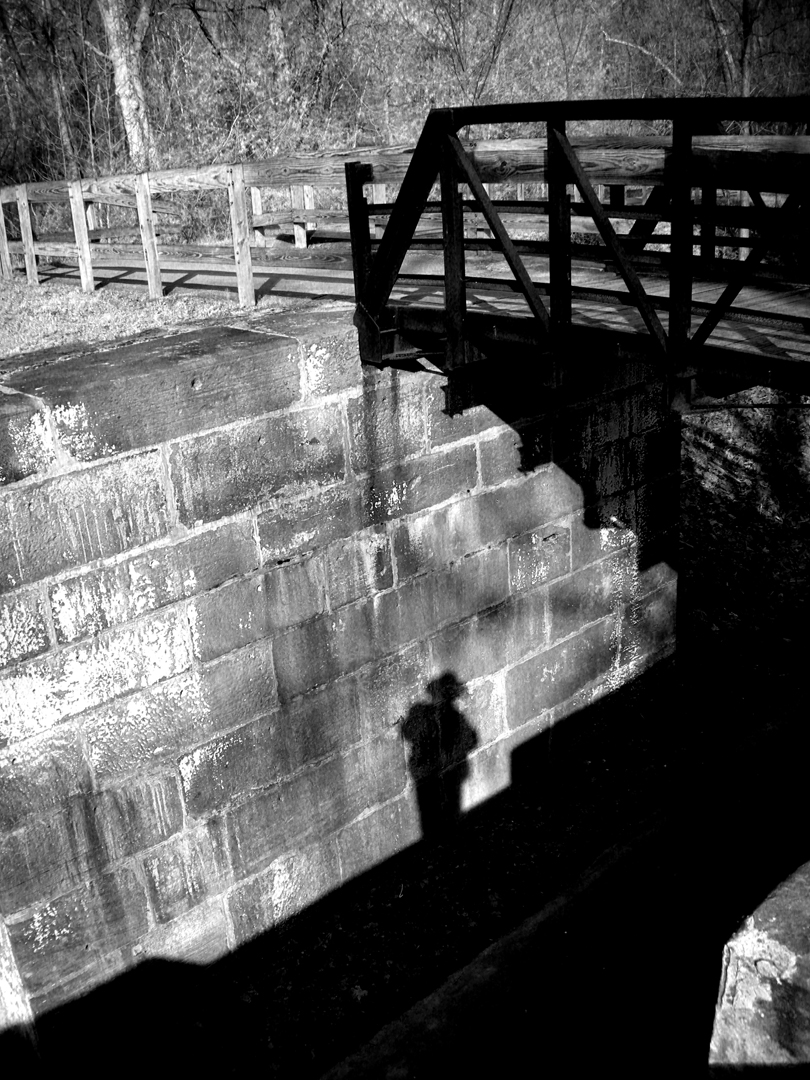
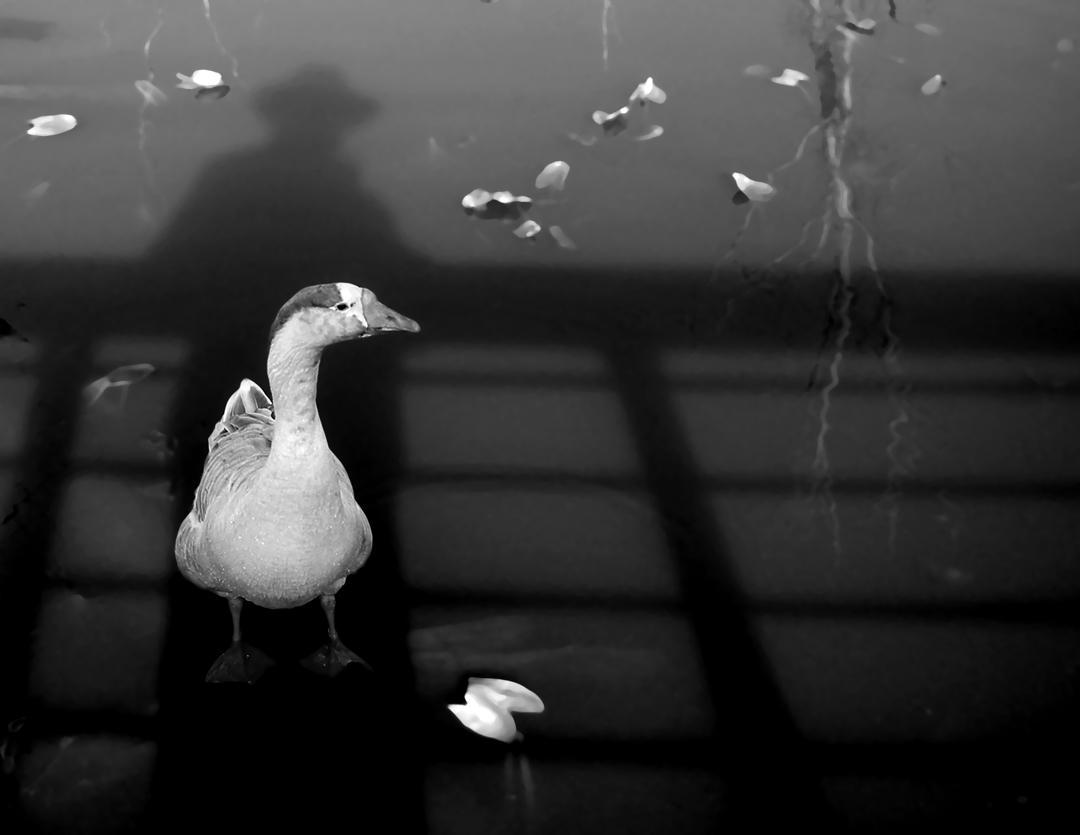
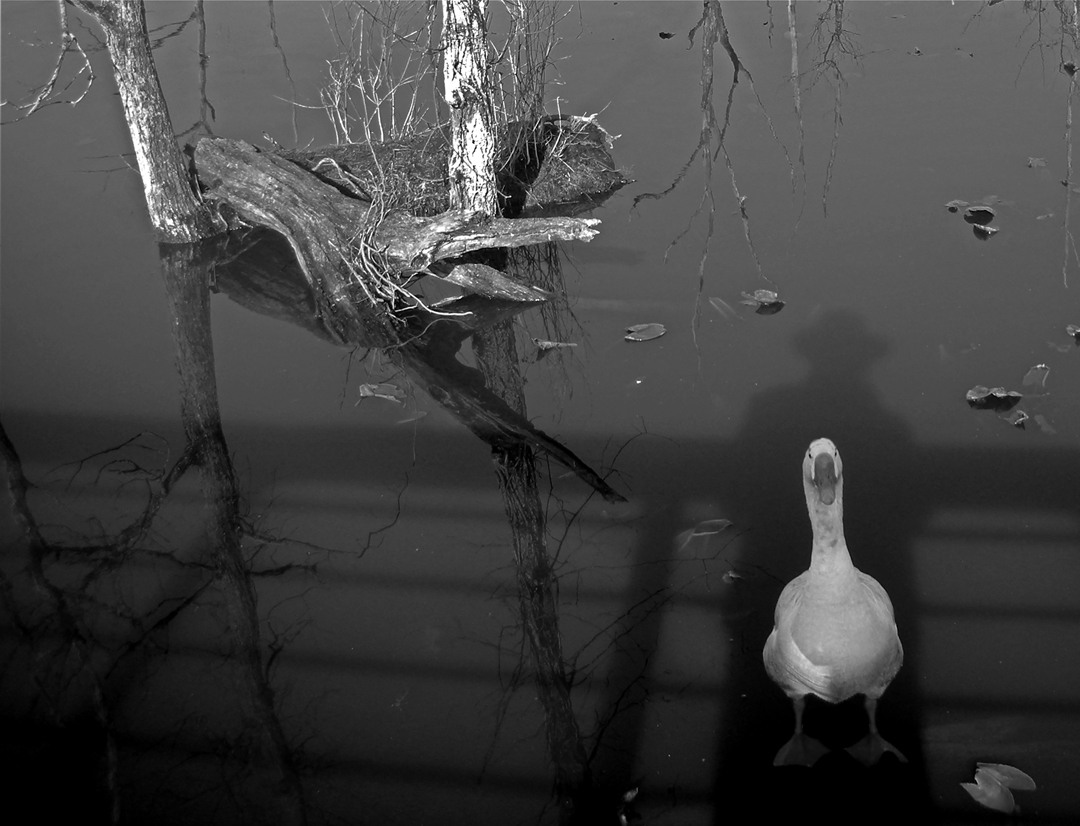
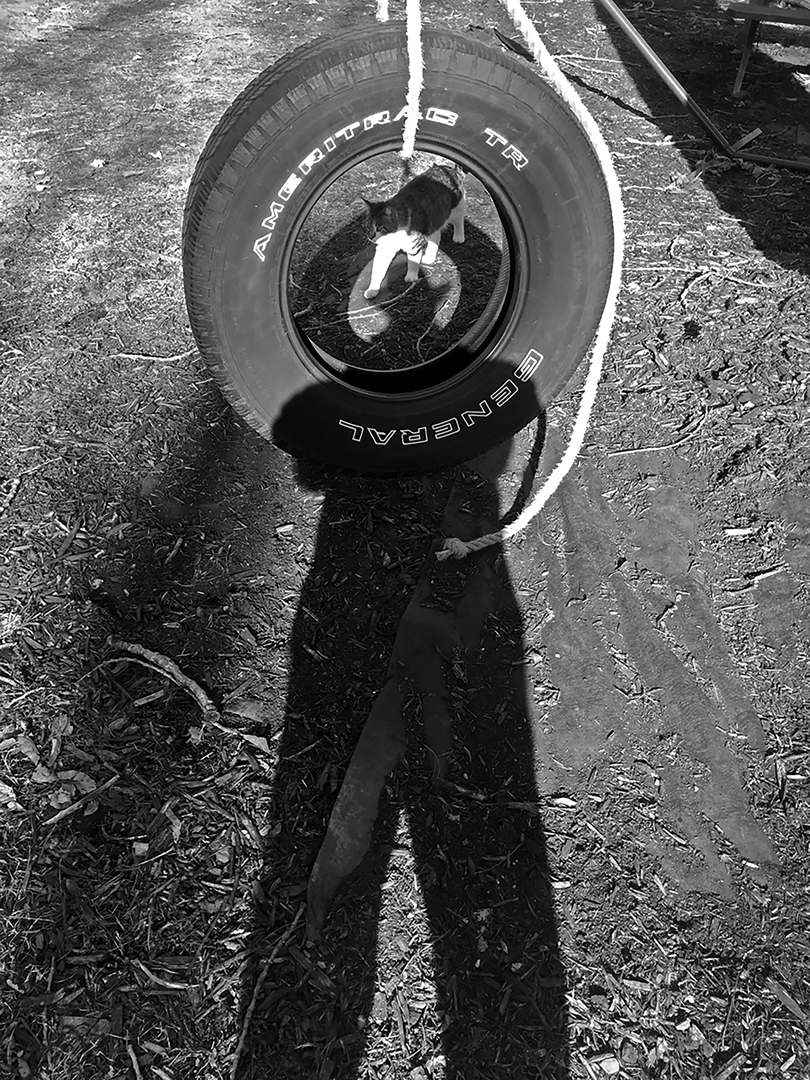
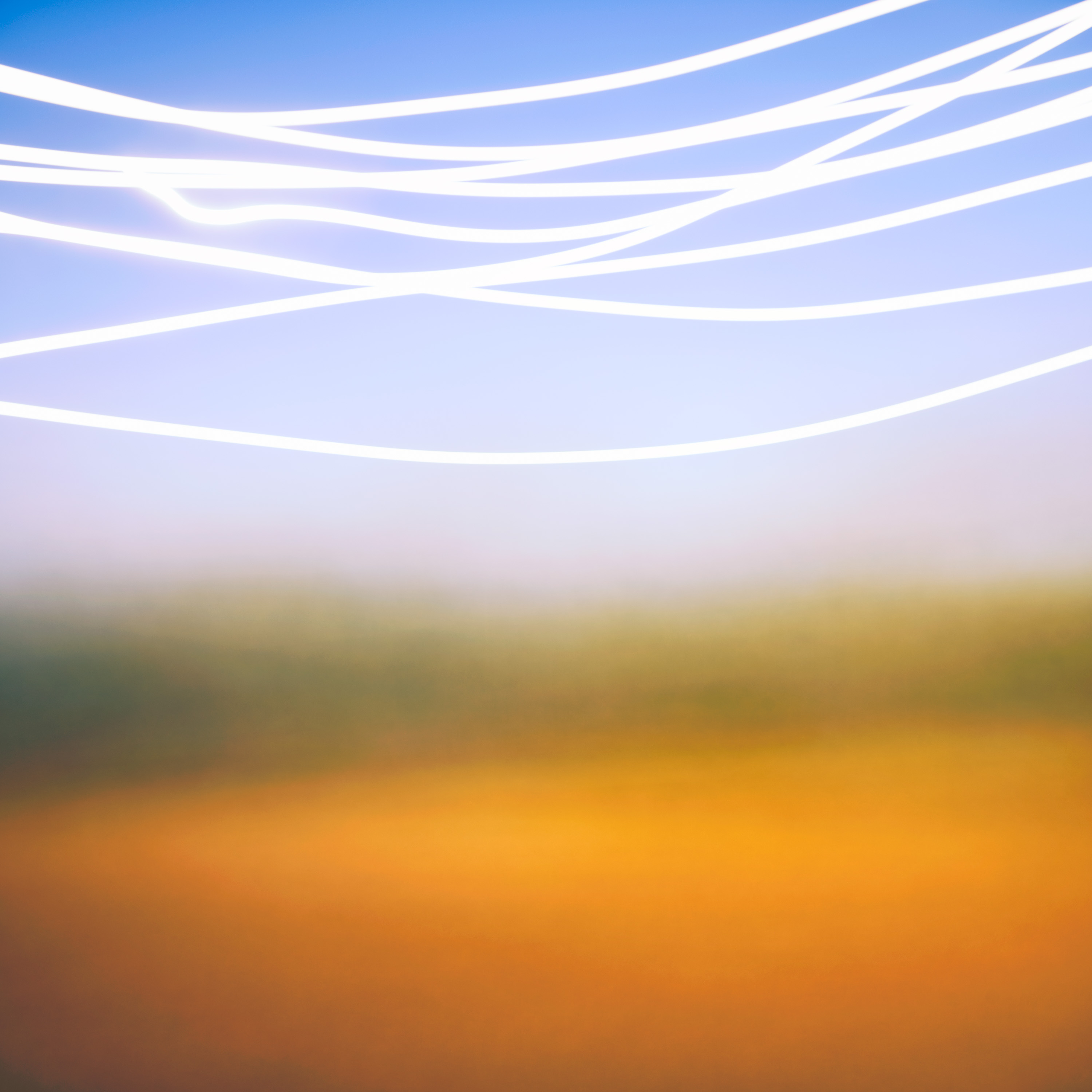
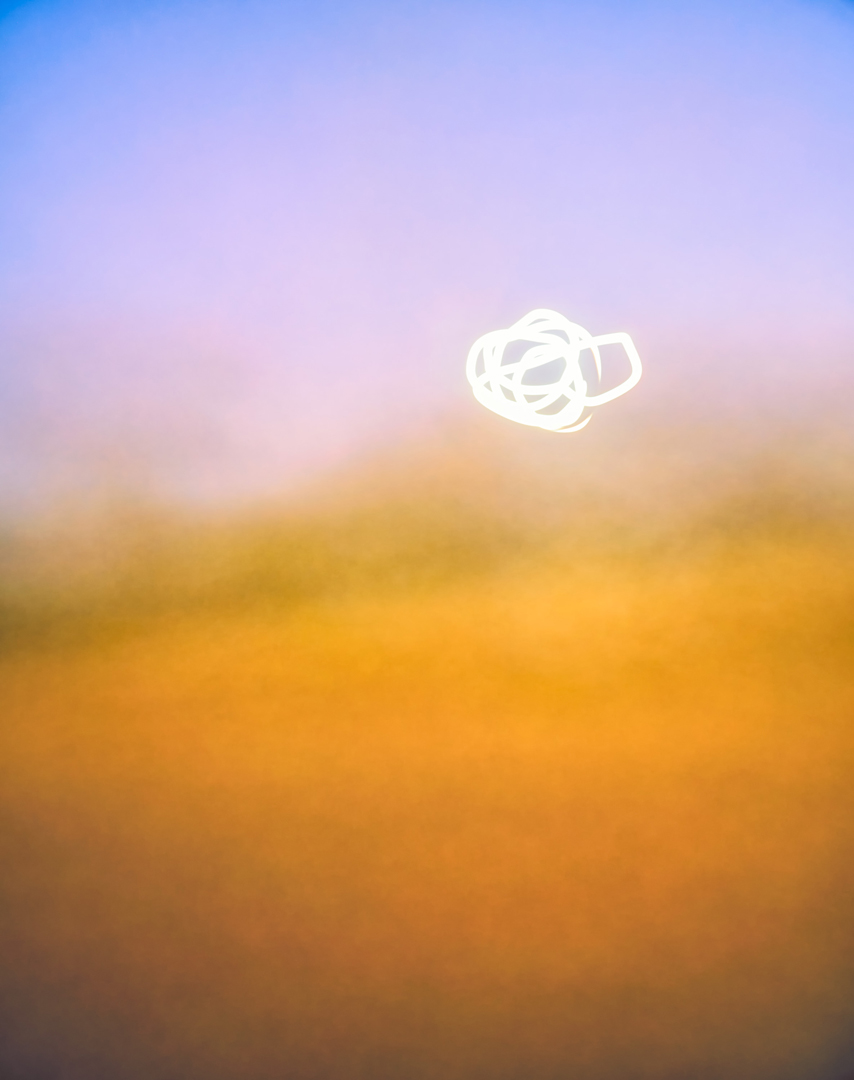
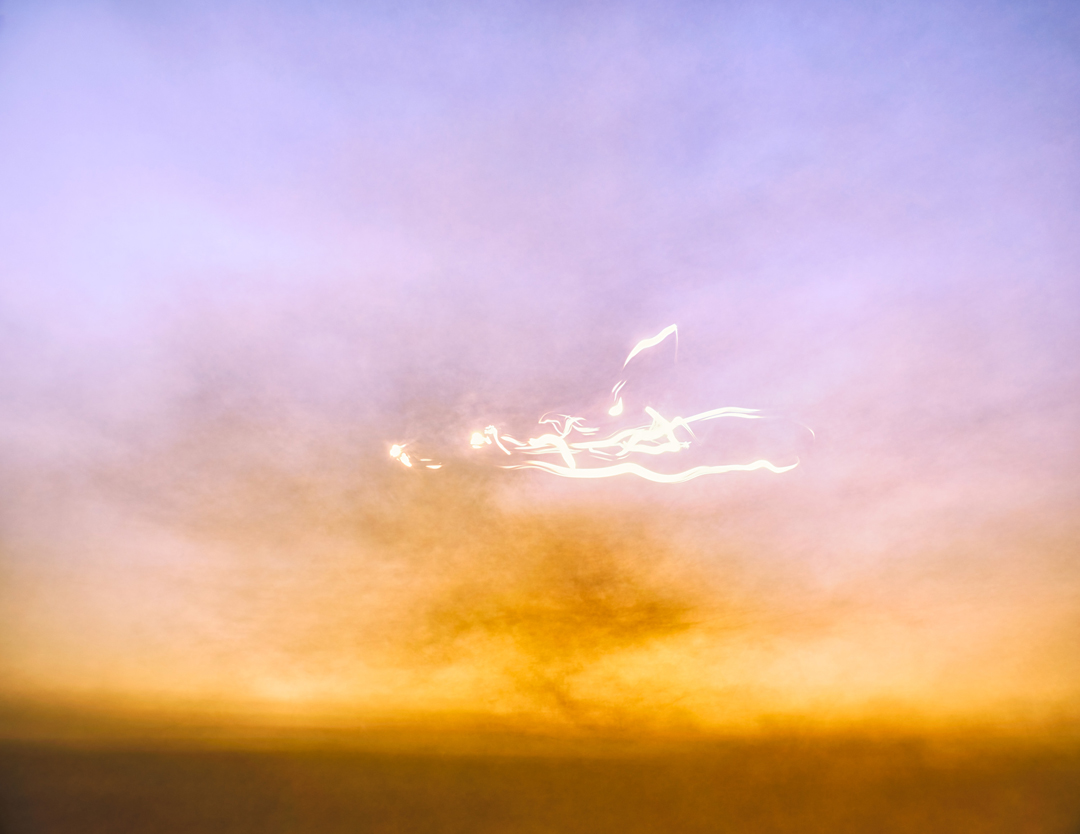
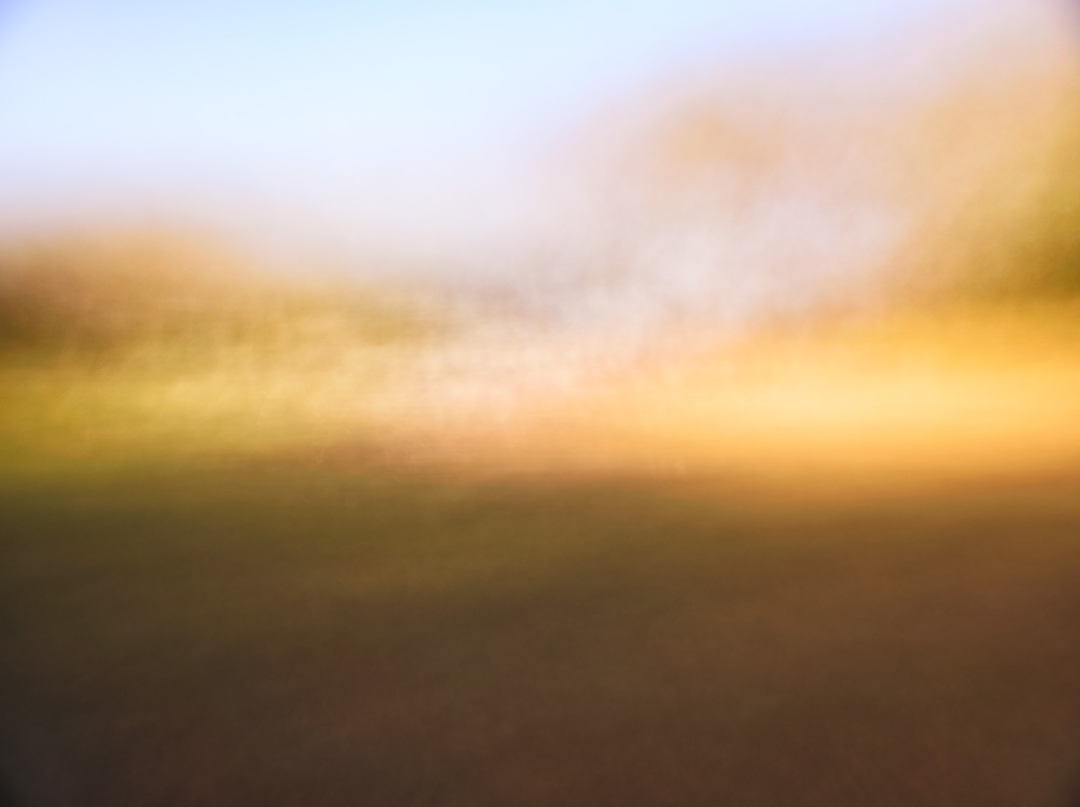
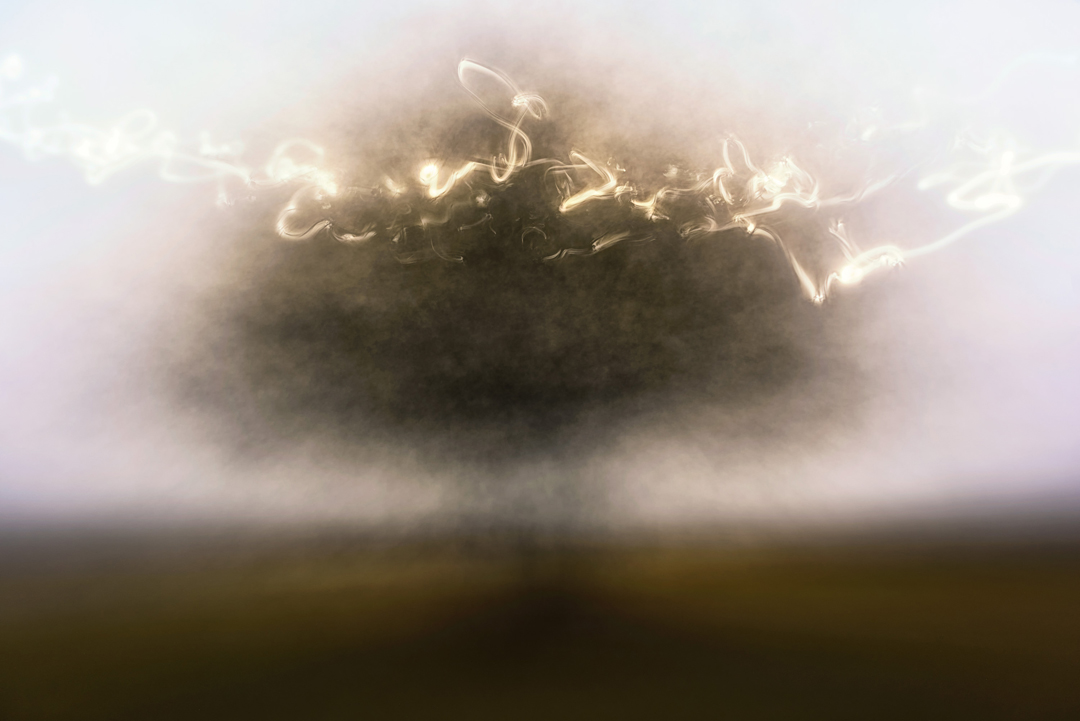
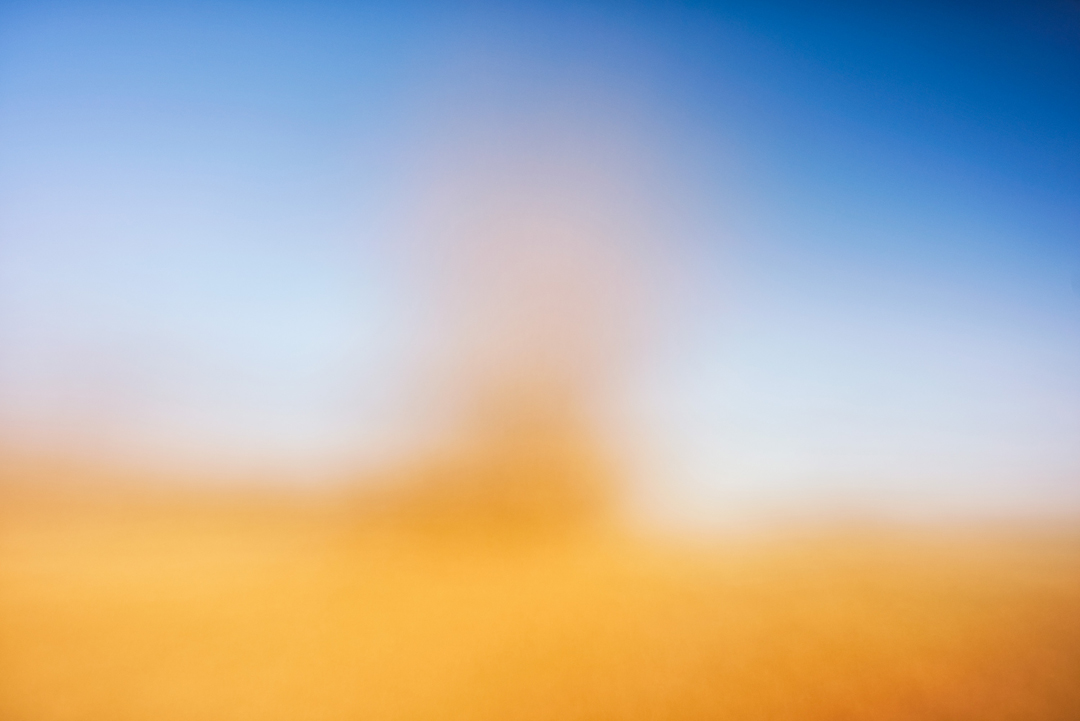
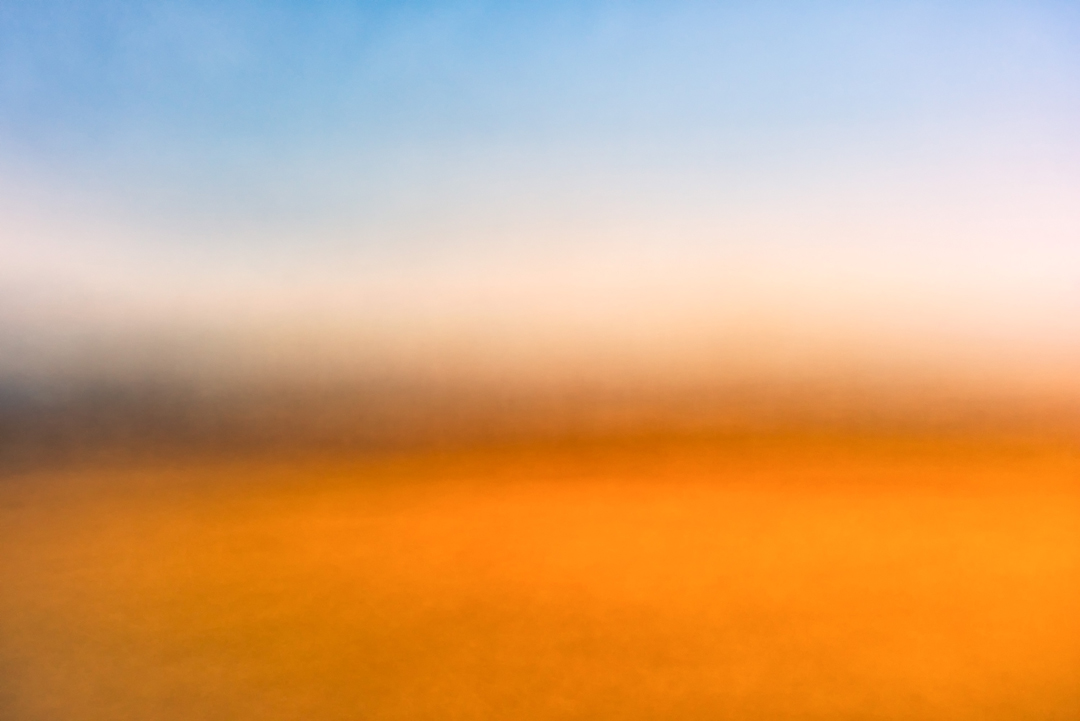
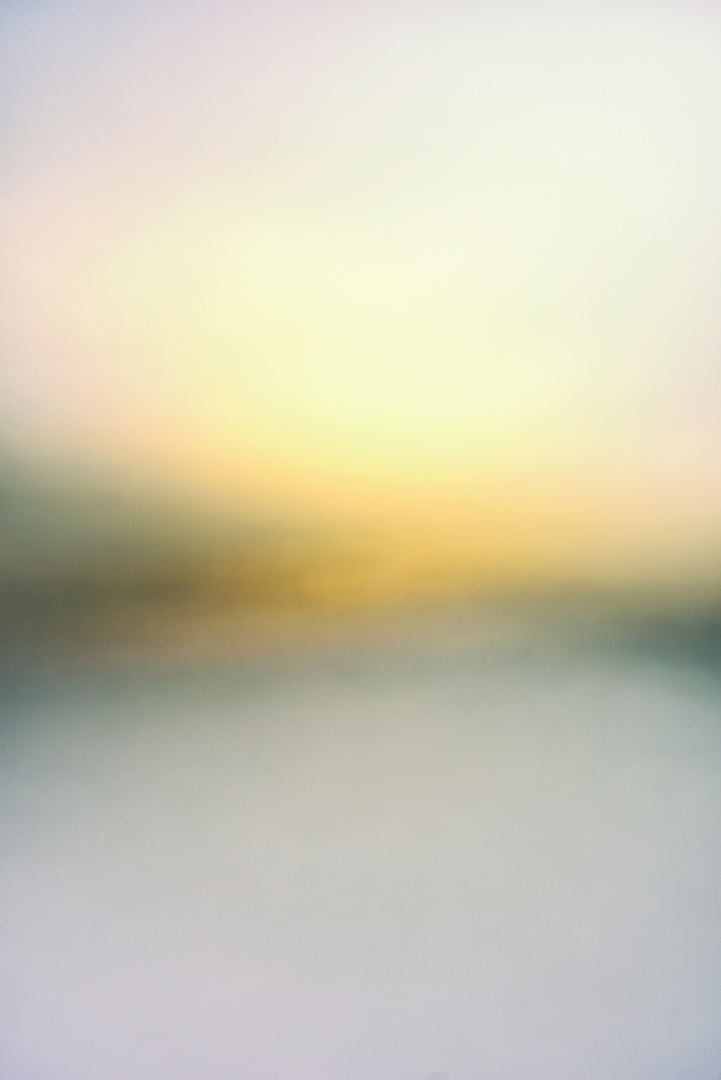
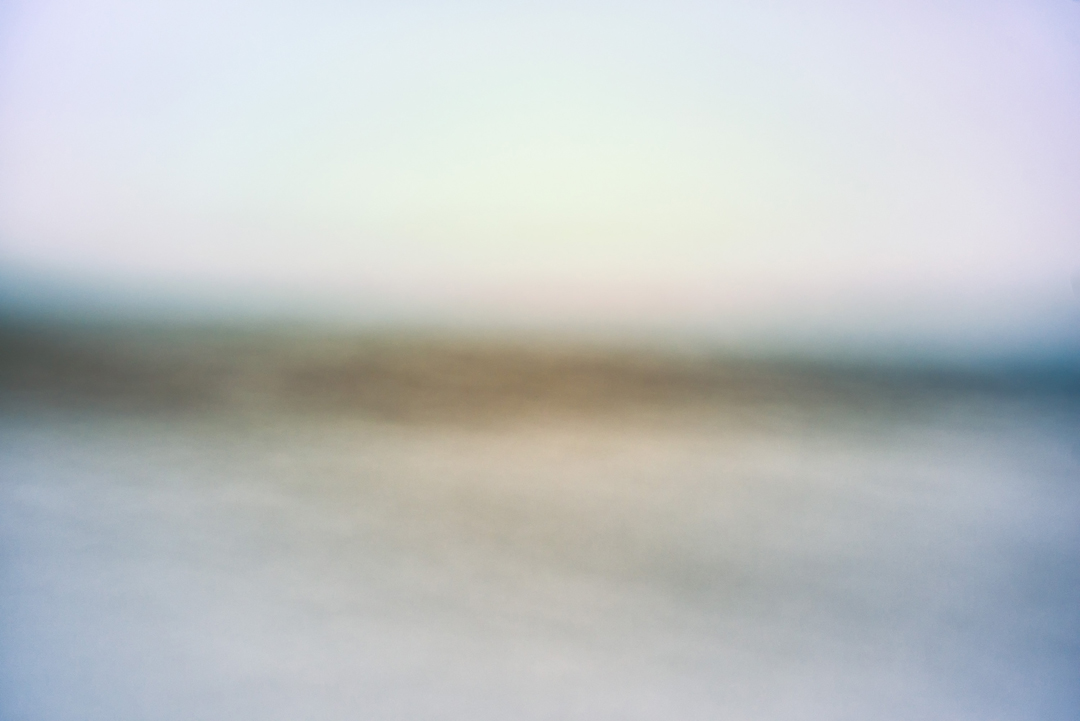
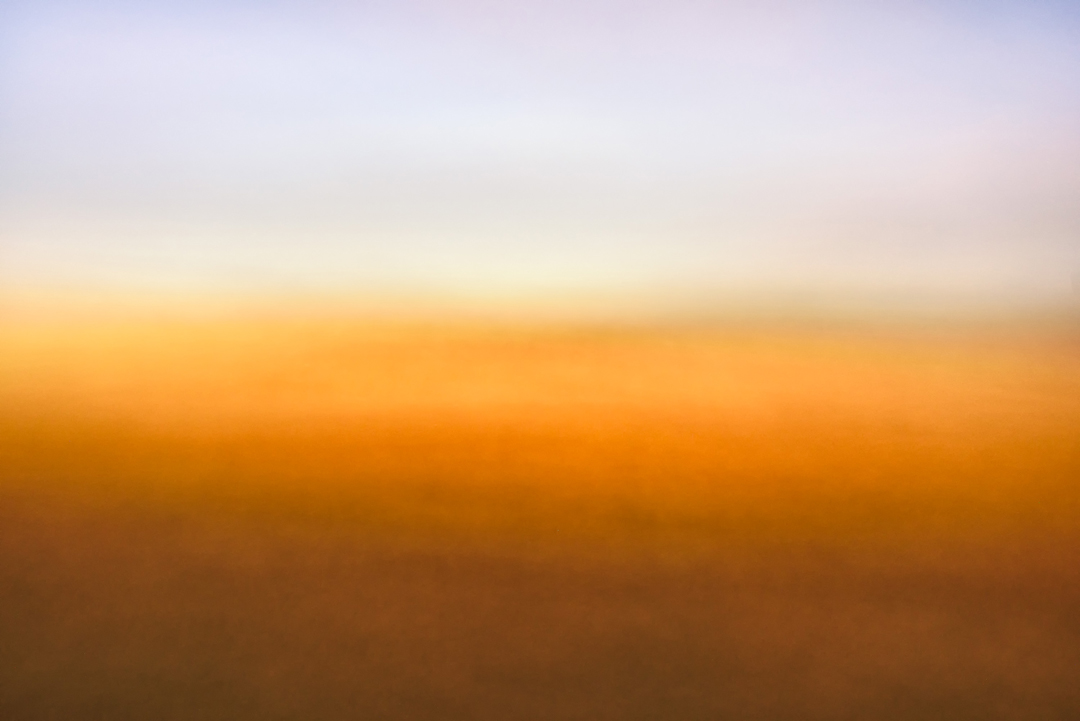
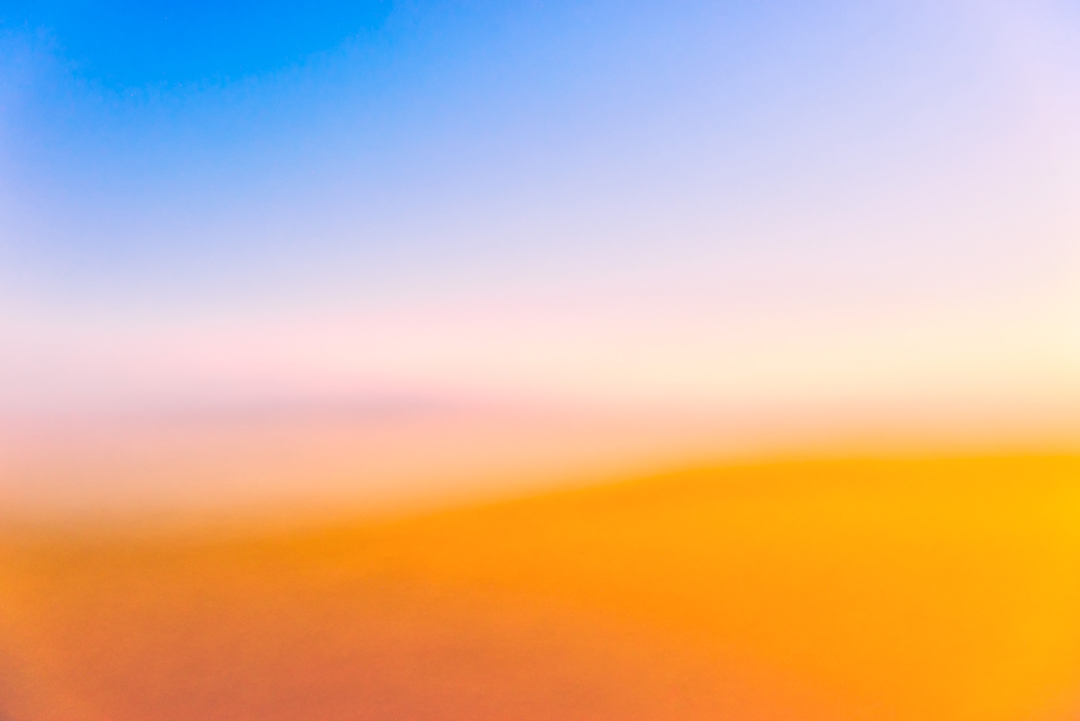
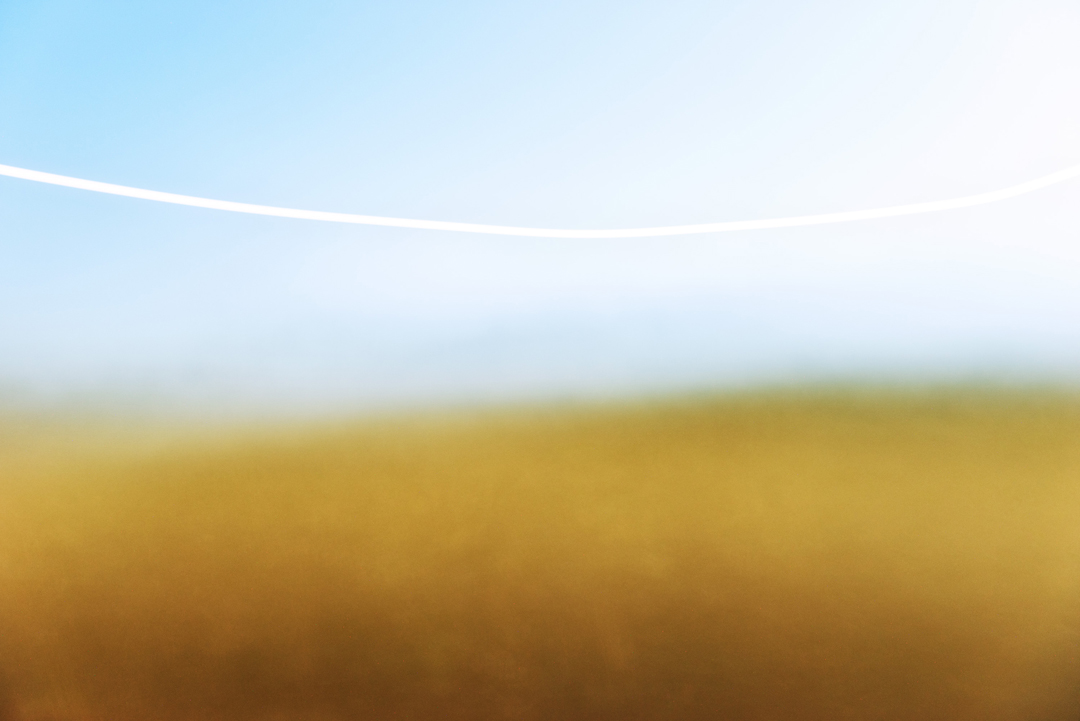
APRIL - SEPTEMBER, 2021
"Portfolio Platform" provides the focus of a streamlined online presence, providing the opportunity for photographers to showcase portfolios of photographic work prominently online. The portfolios are available for patrons of the gallery to view online, learn about the photographers and their work through the images, biographies and artist statements, and have the opportunity to purchase photographs. These eleven featured artists are represented with each portfolio consistsing of 12 - 20 images.
PORTFOLIO PLATFORM - 2021
FEATURED ARTISTS:
Marc Braun, Akron, OH;
Susan Bryant, Clarksville, TN;
Jason Dailey, Lawrence, KS;
Michael Elenko, Vashon, WA;
Jeanne Garrett, Arlington Heights, IL;
David Lancaster, Columbia, MO;
Denise Laurinatis, New York, NY;
Fern Nesson, Cambridge, MA;
Maureen O'Leary, New York, NY;
Joe Reynolds, Lawrenceburg, TN;
Thomas Whitworth, Ocklawaha, FL.
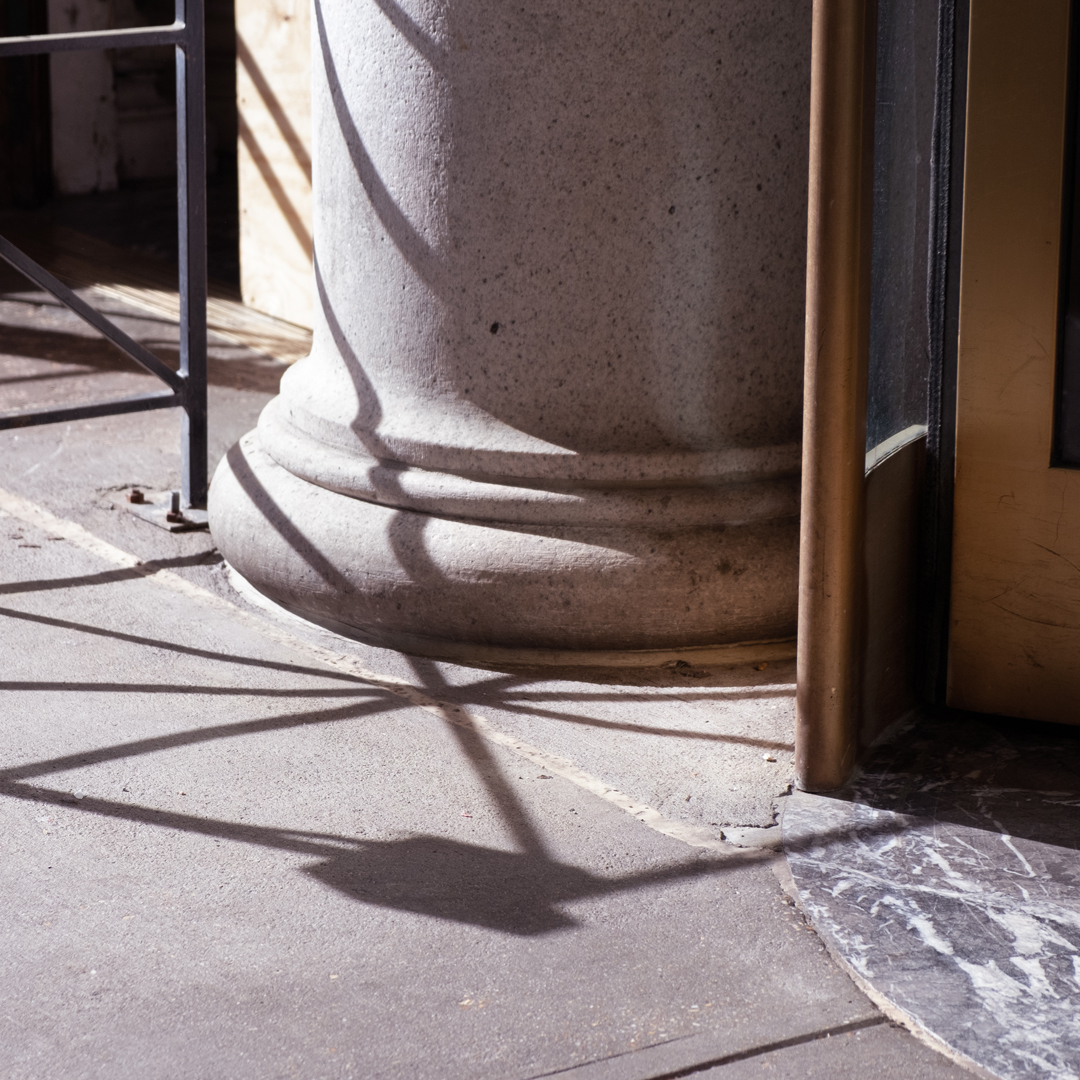
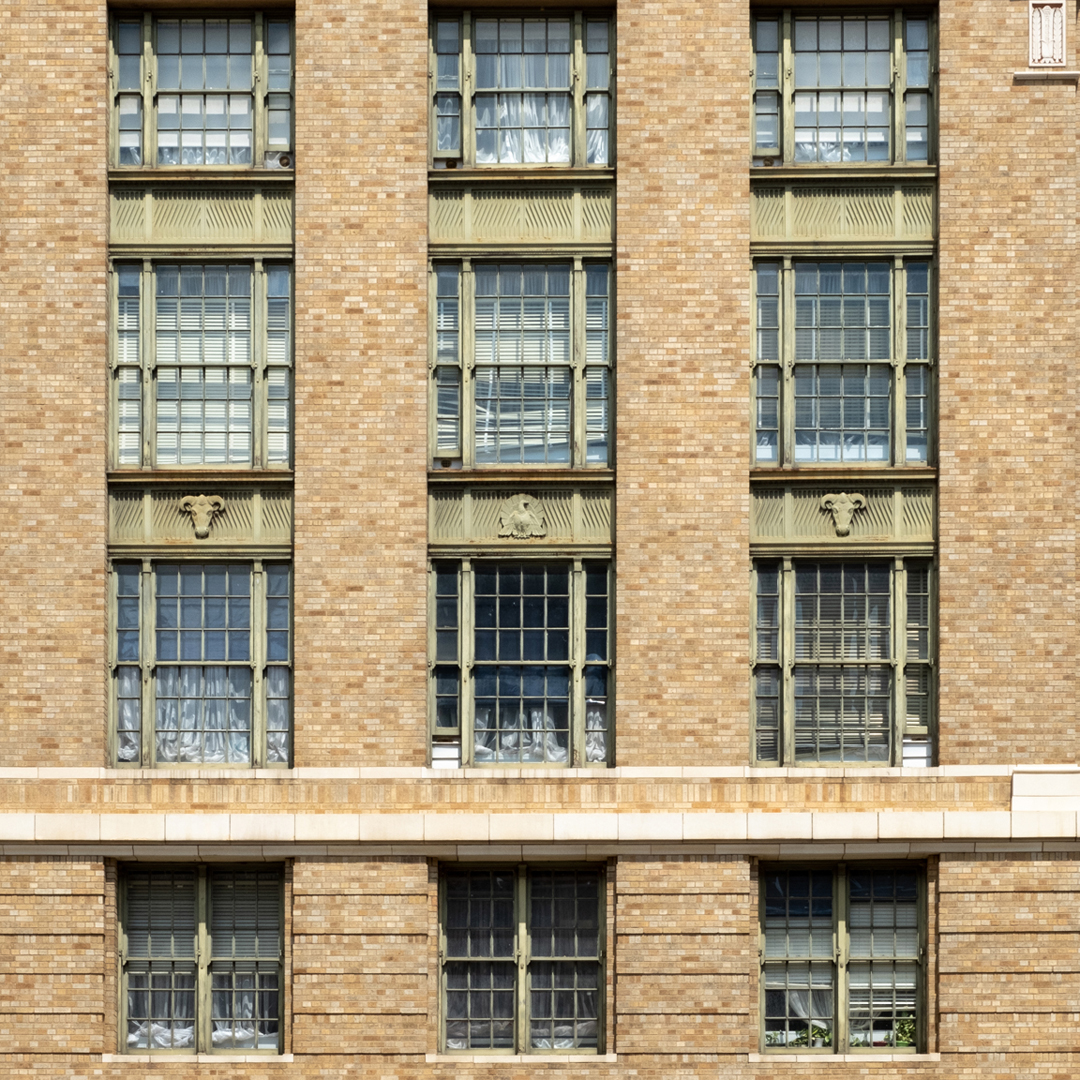
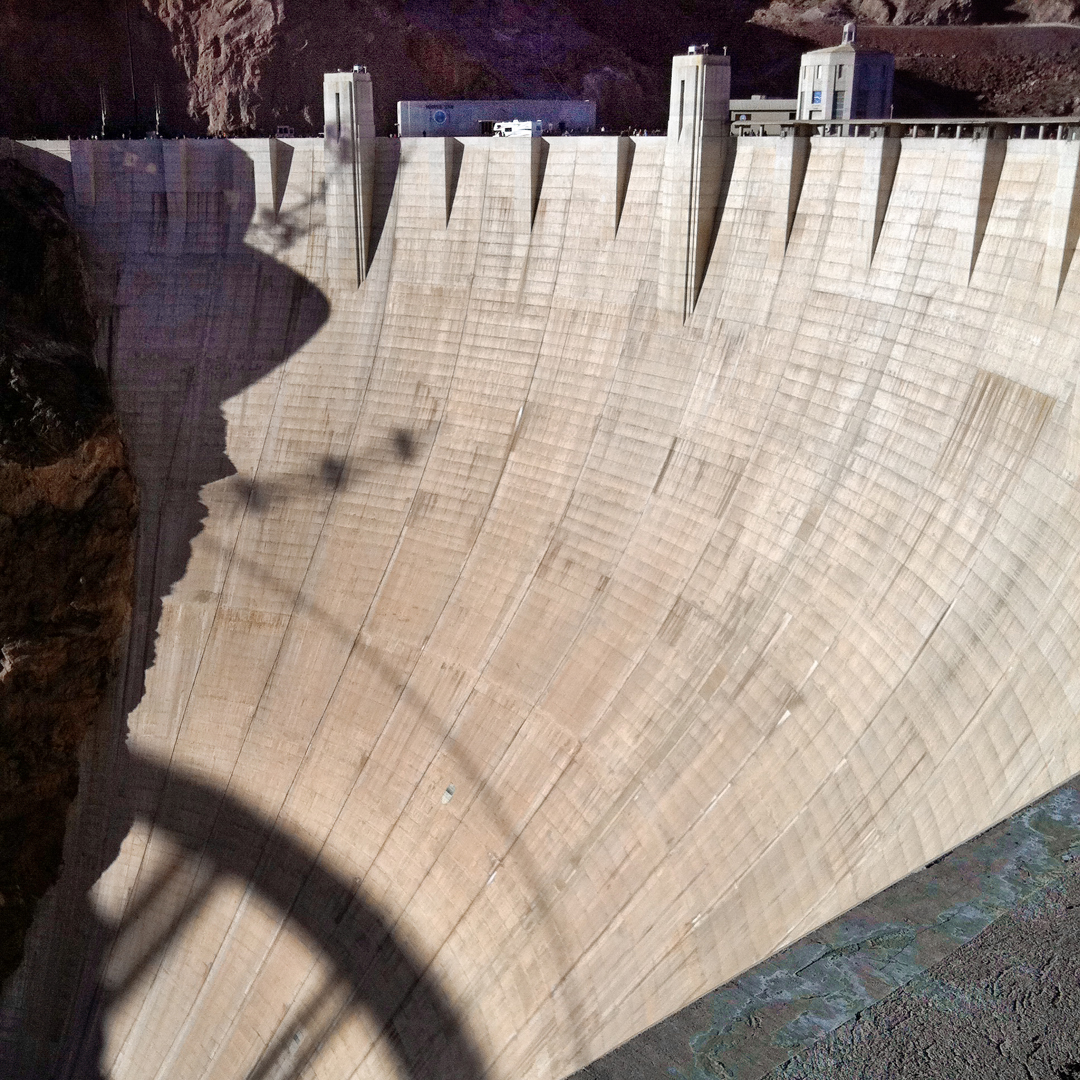
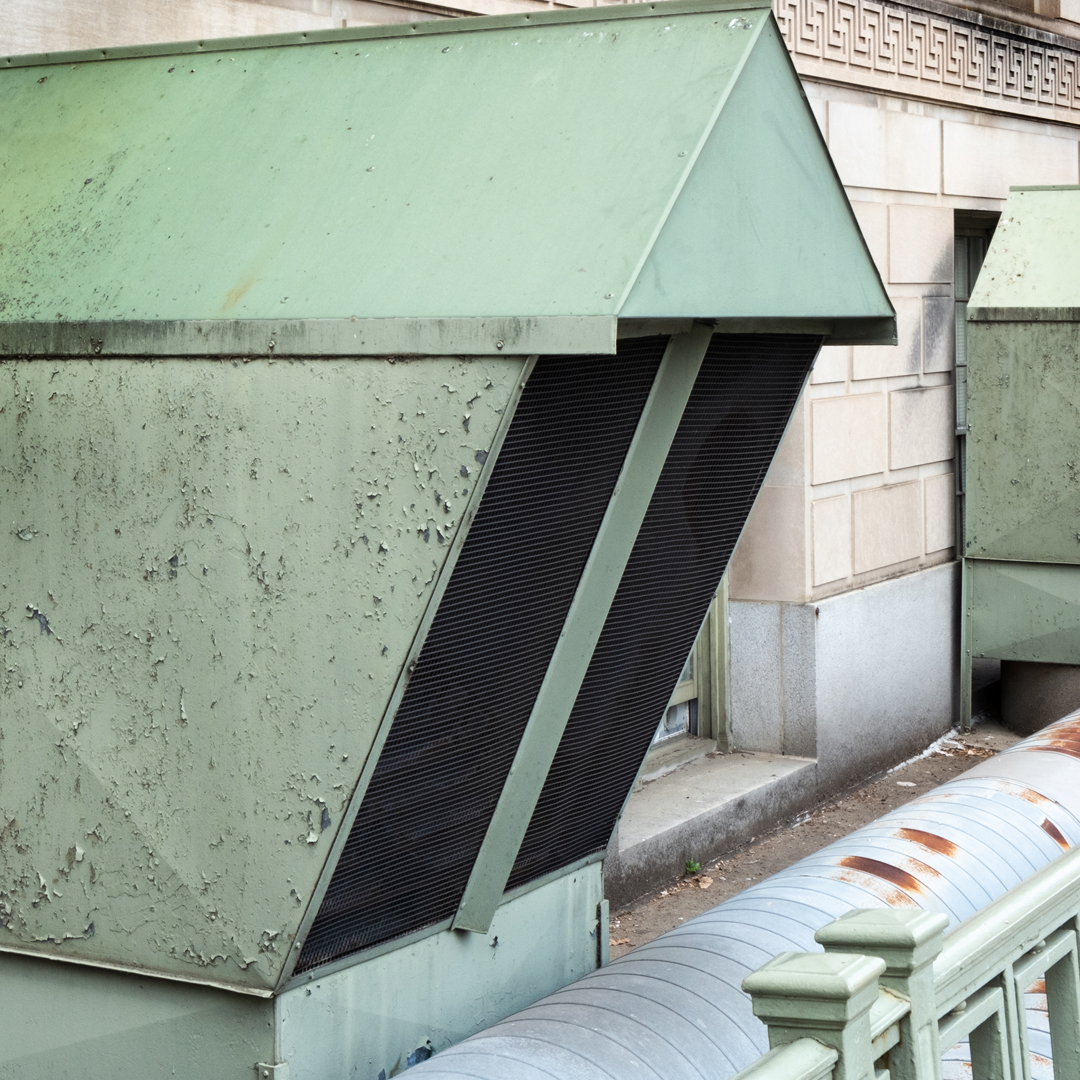
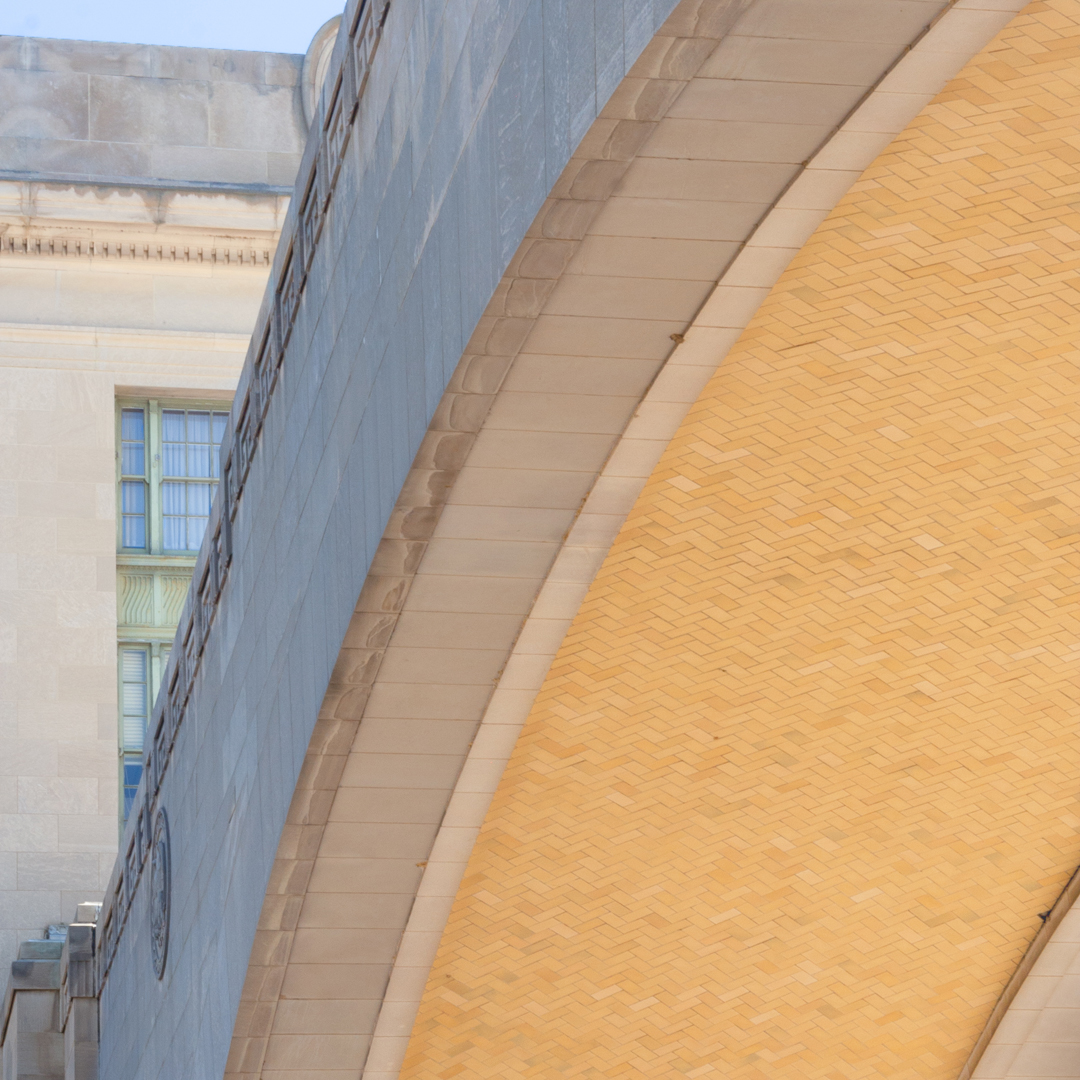
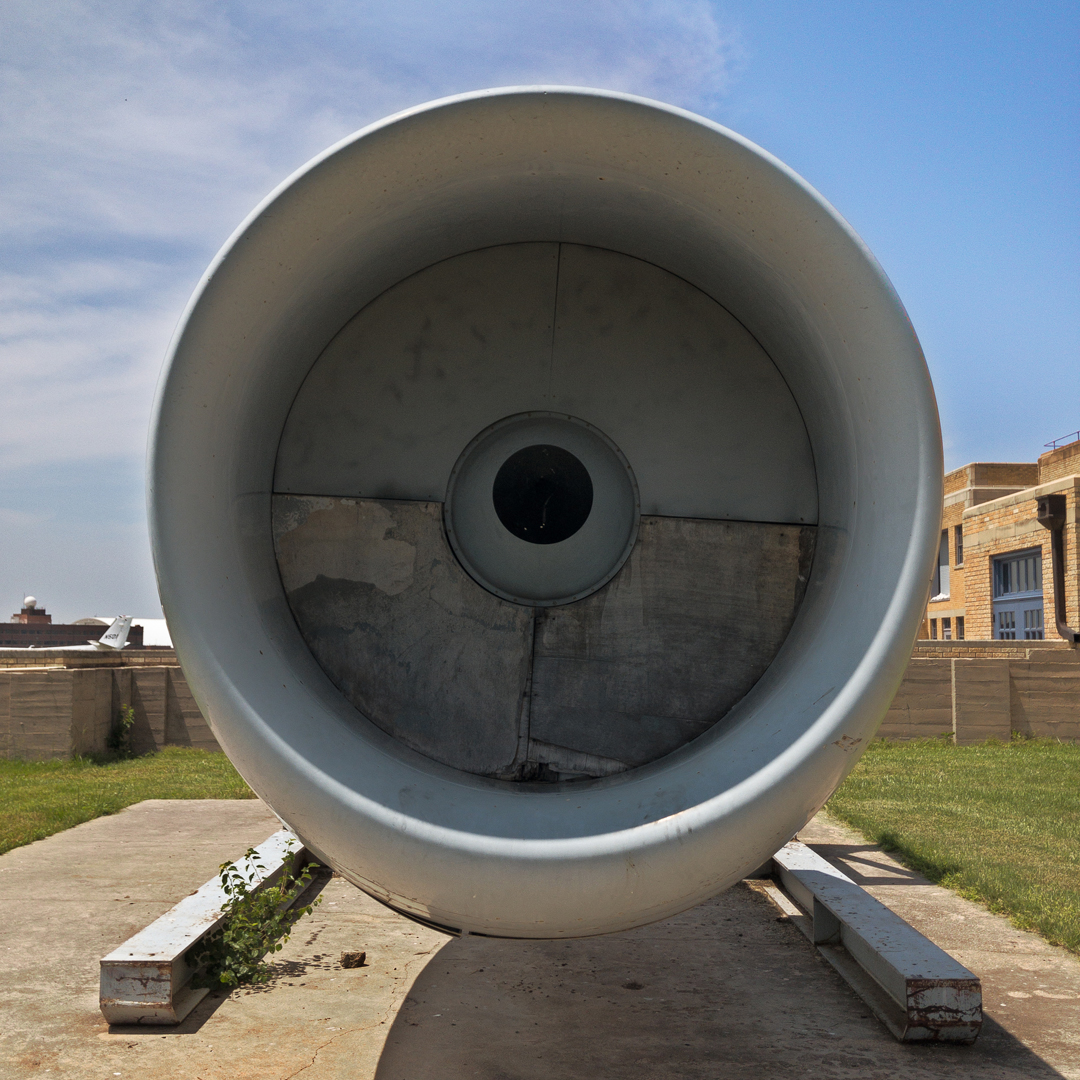

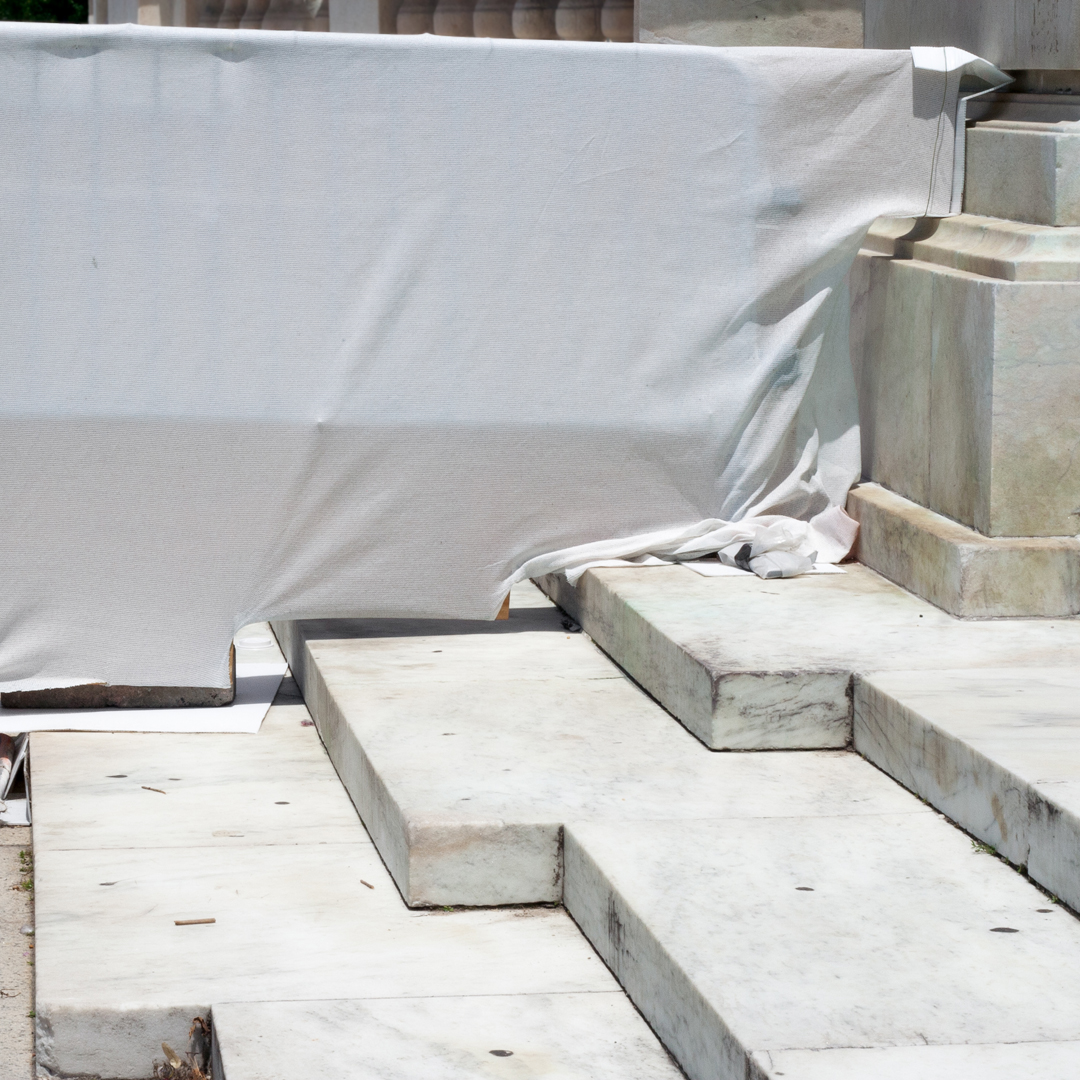
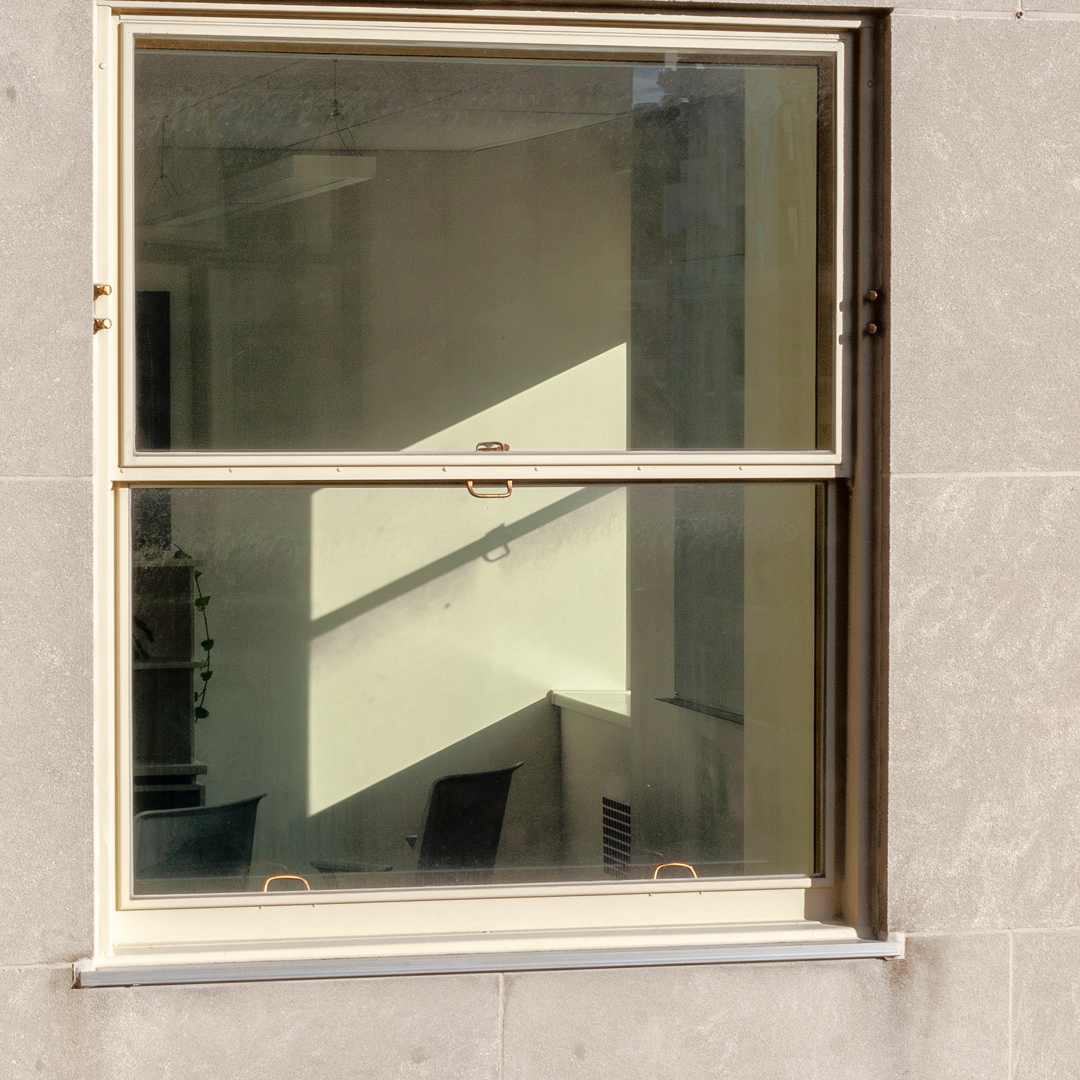
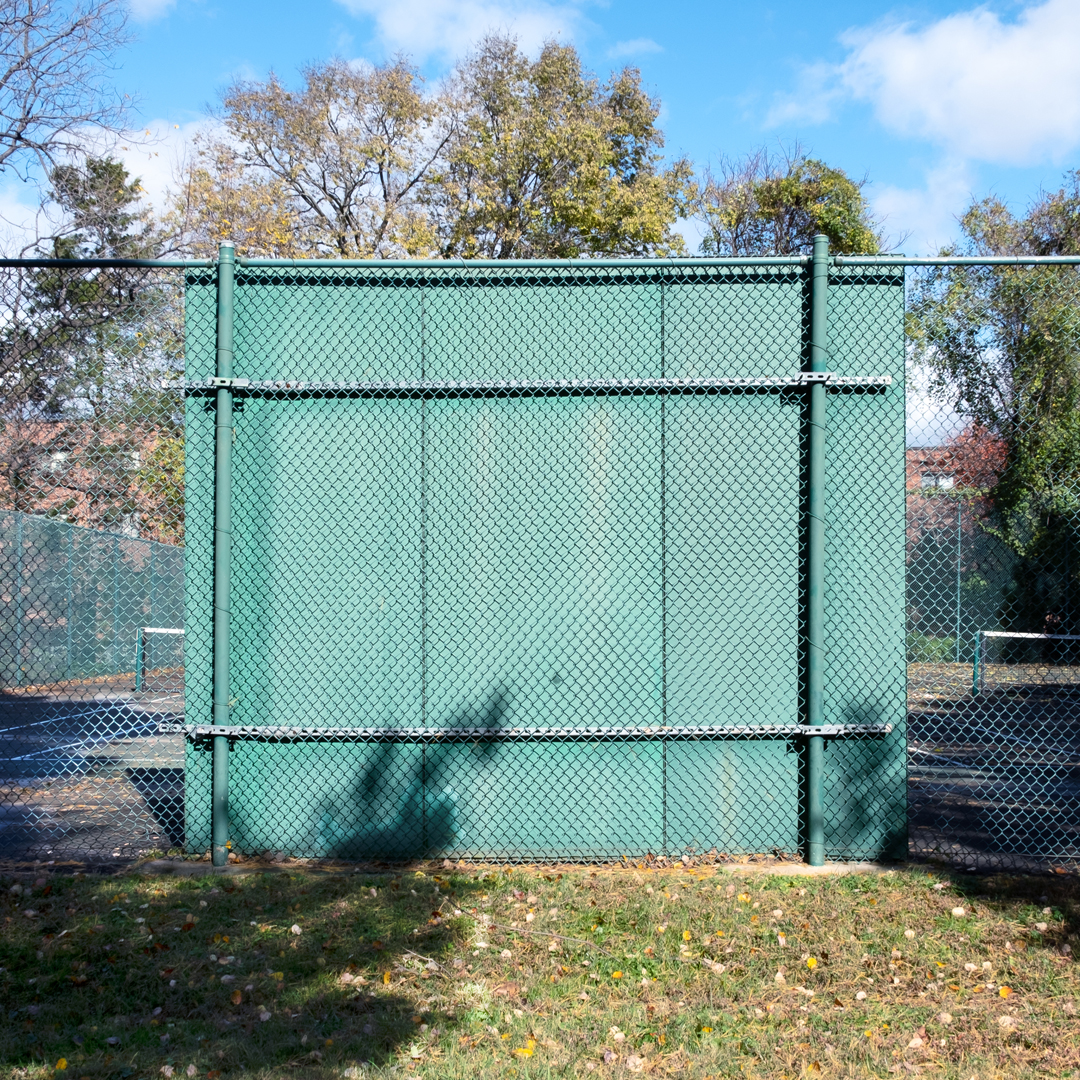
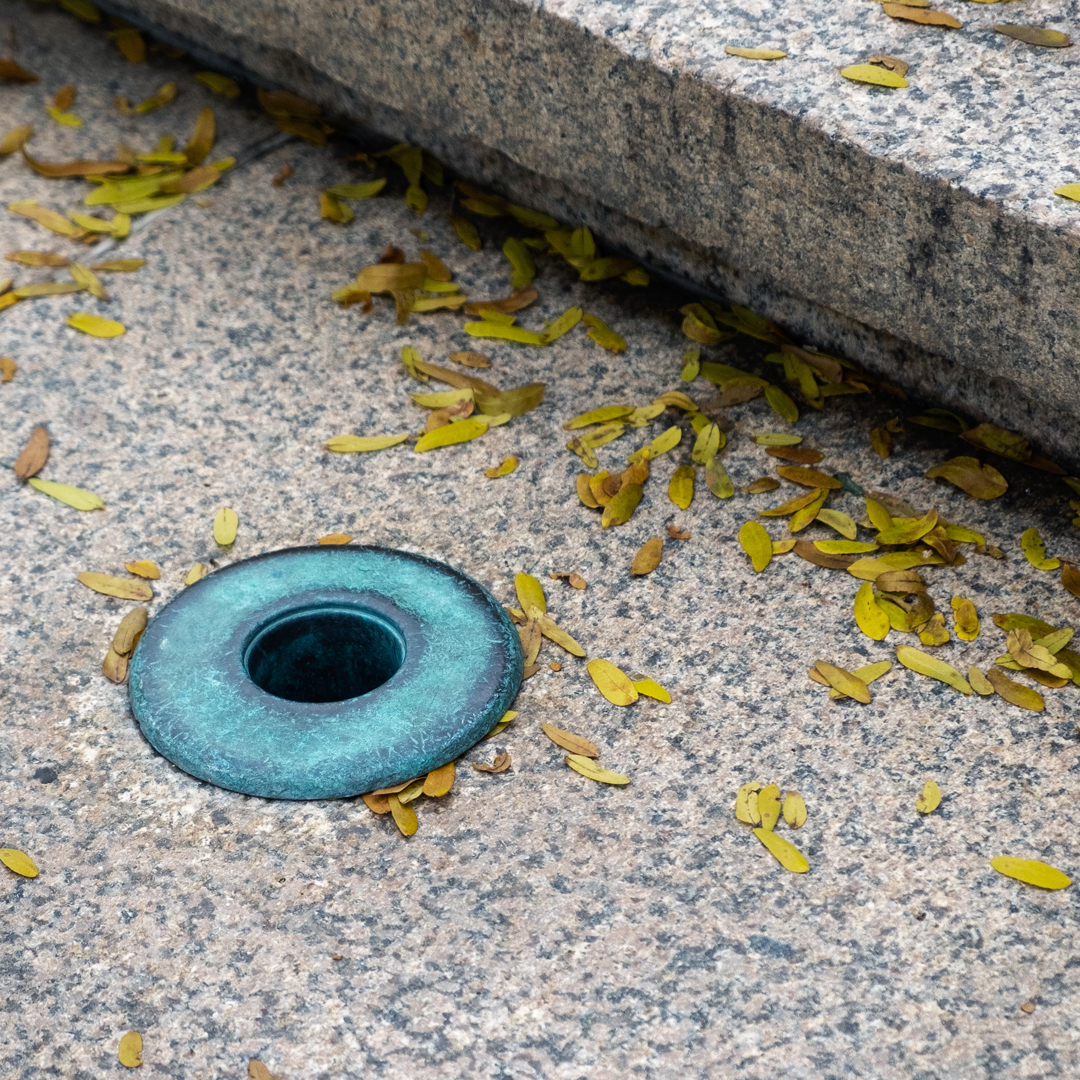
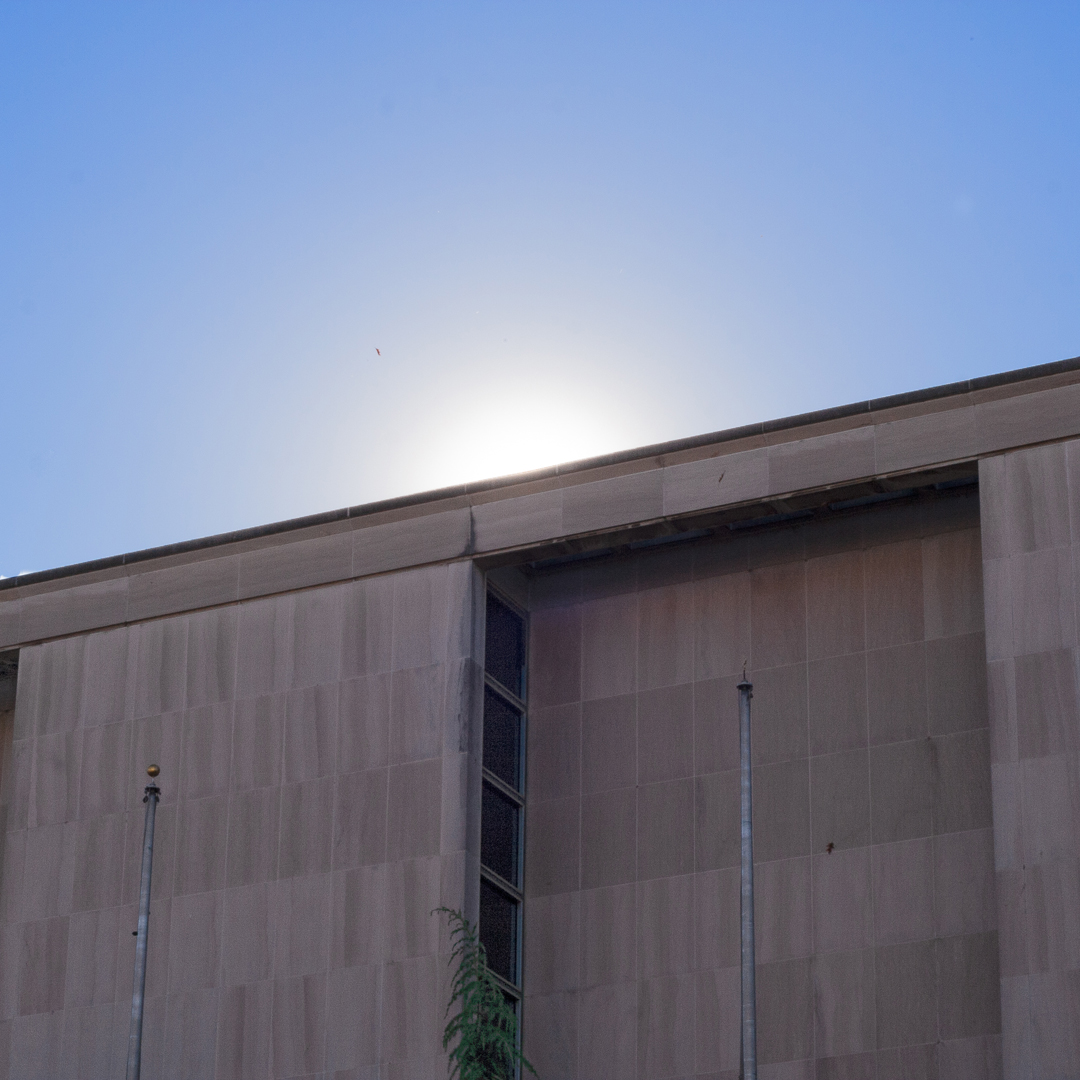
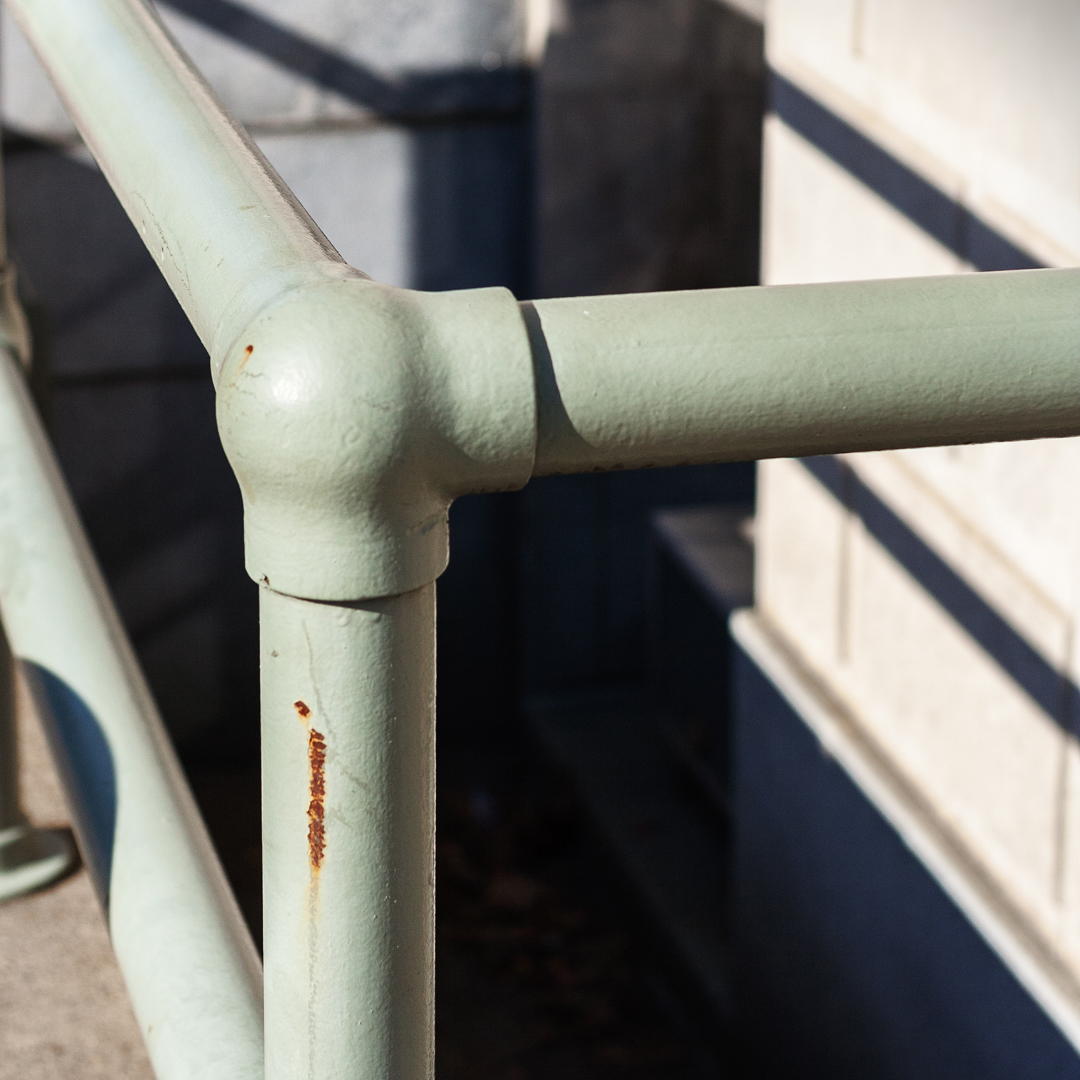
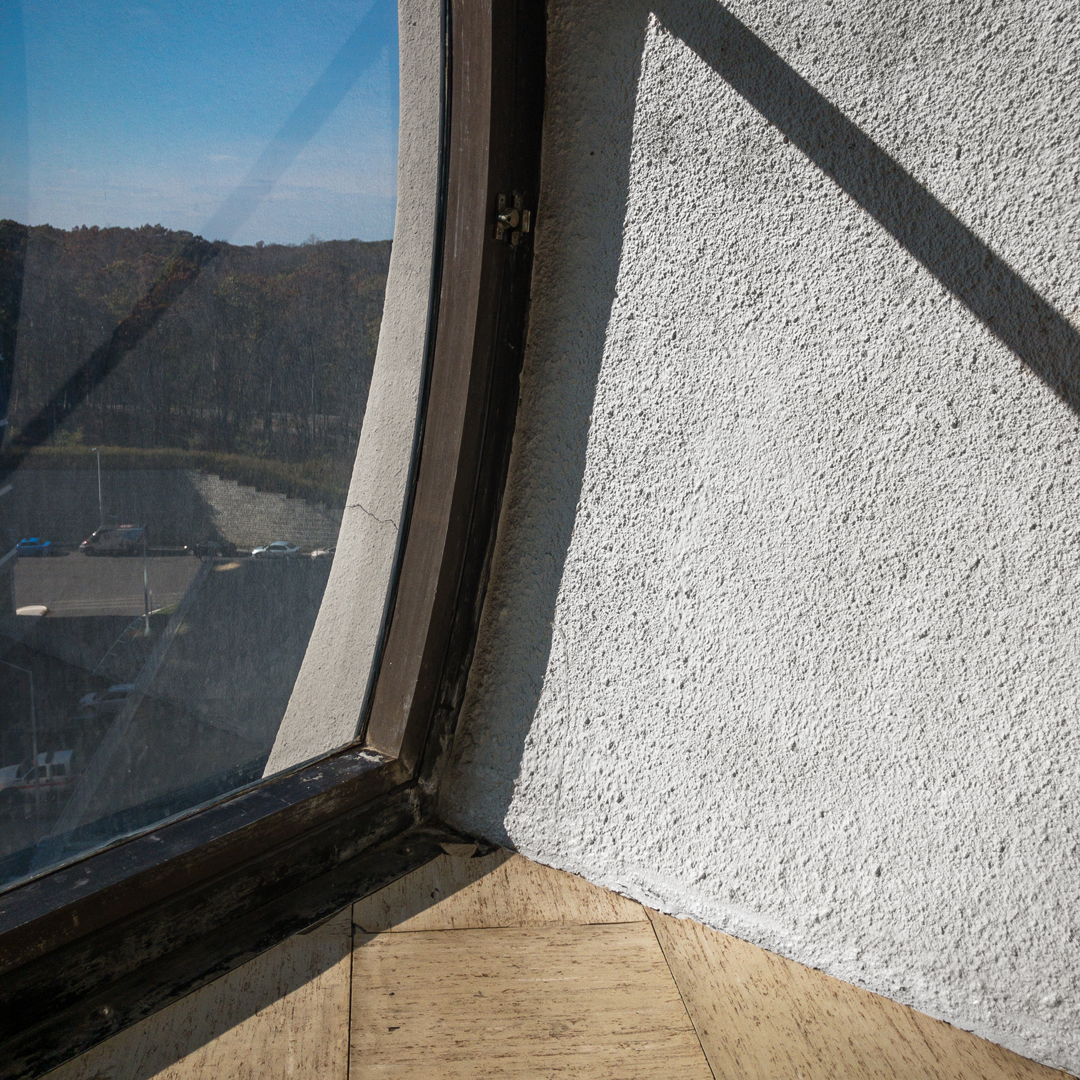
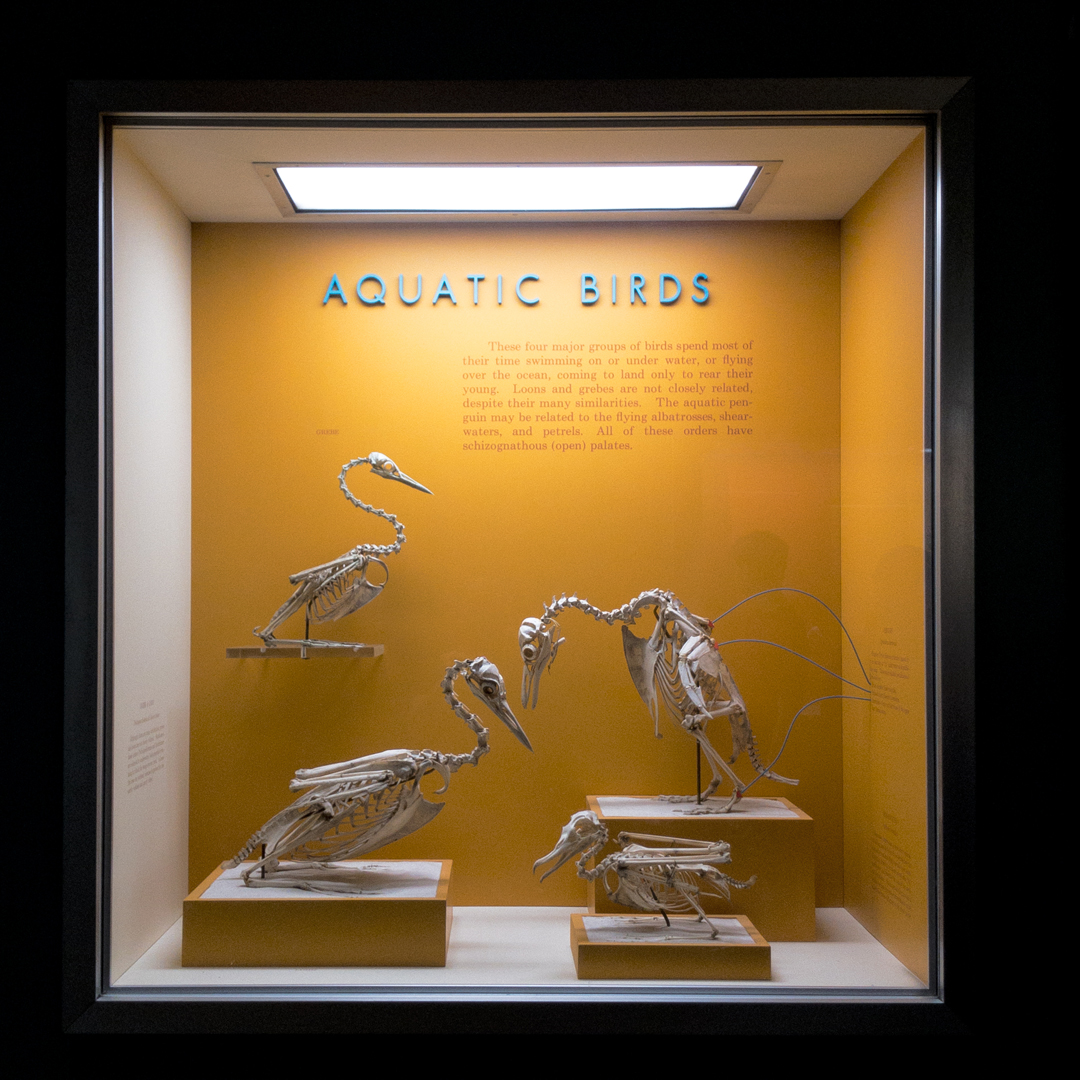
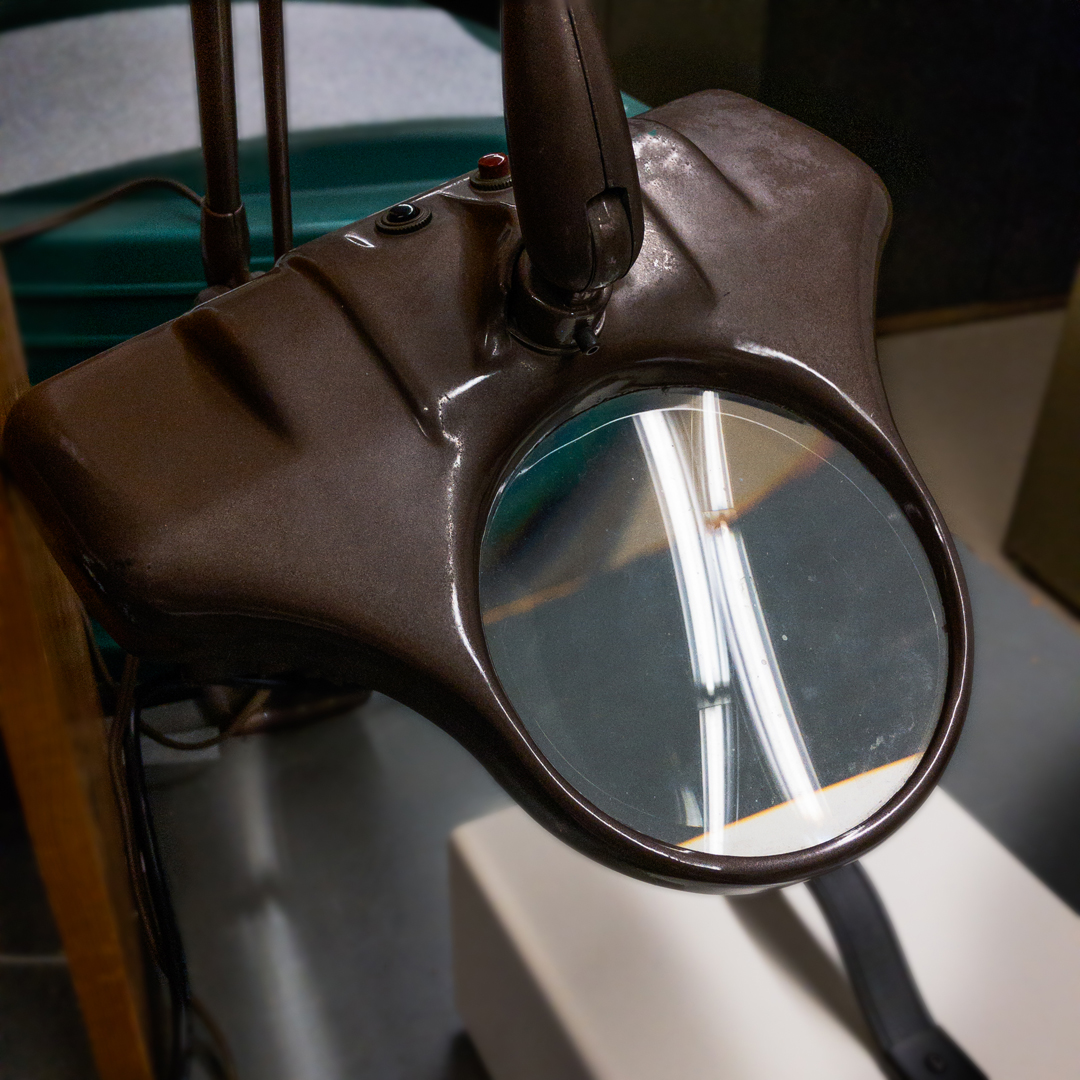
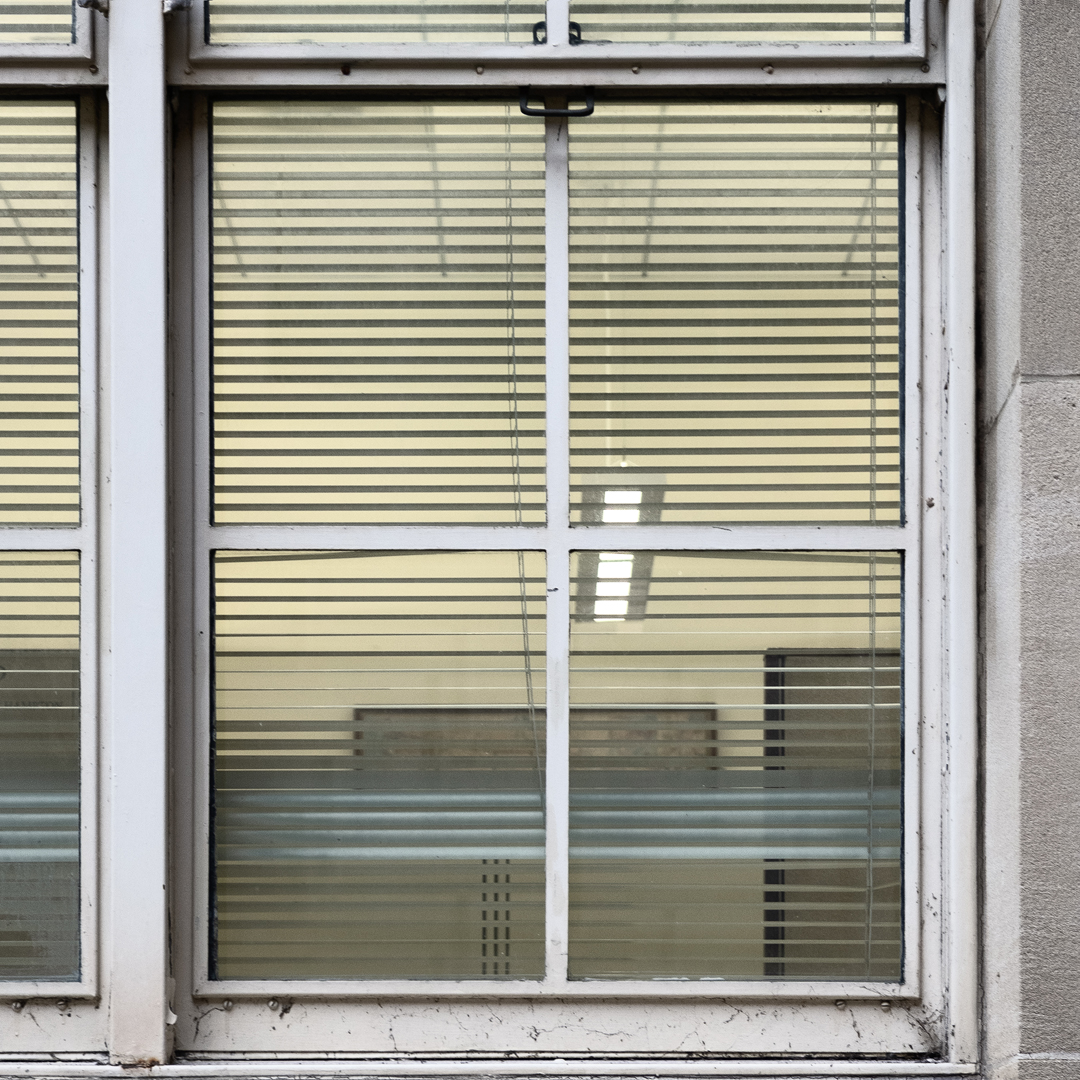
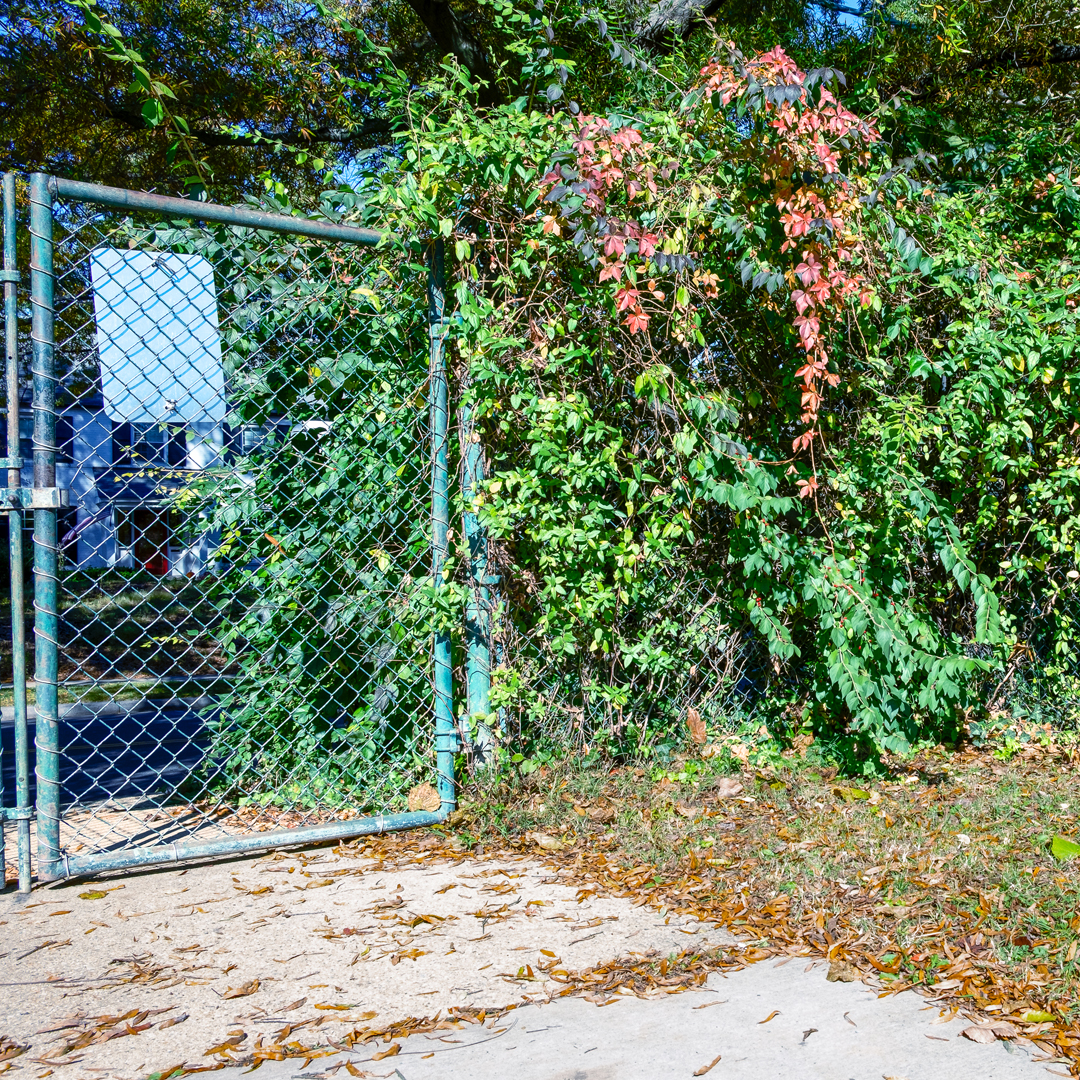
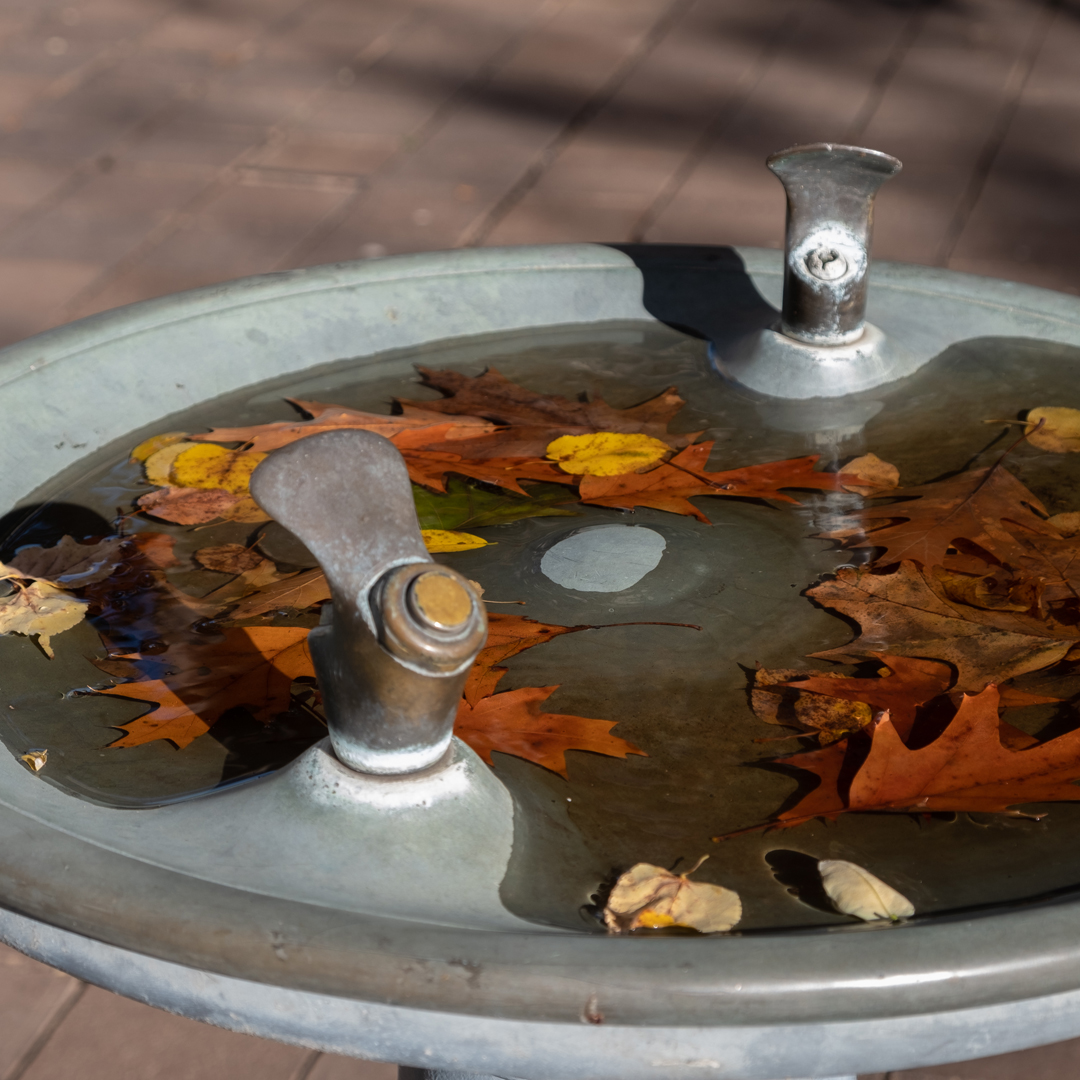
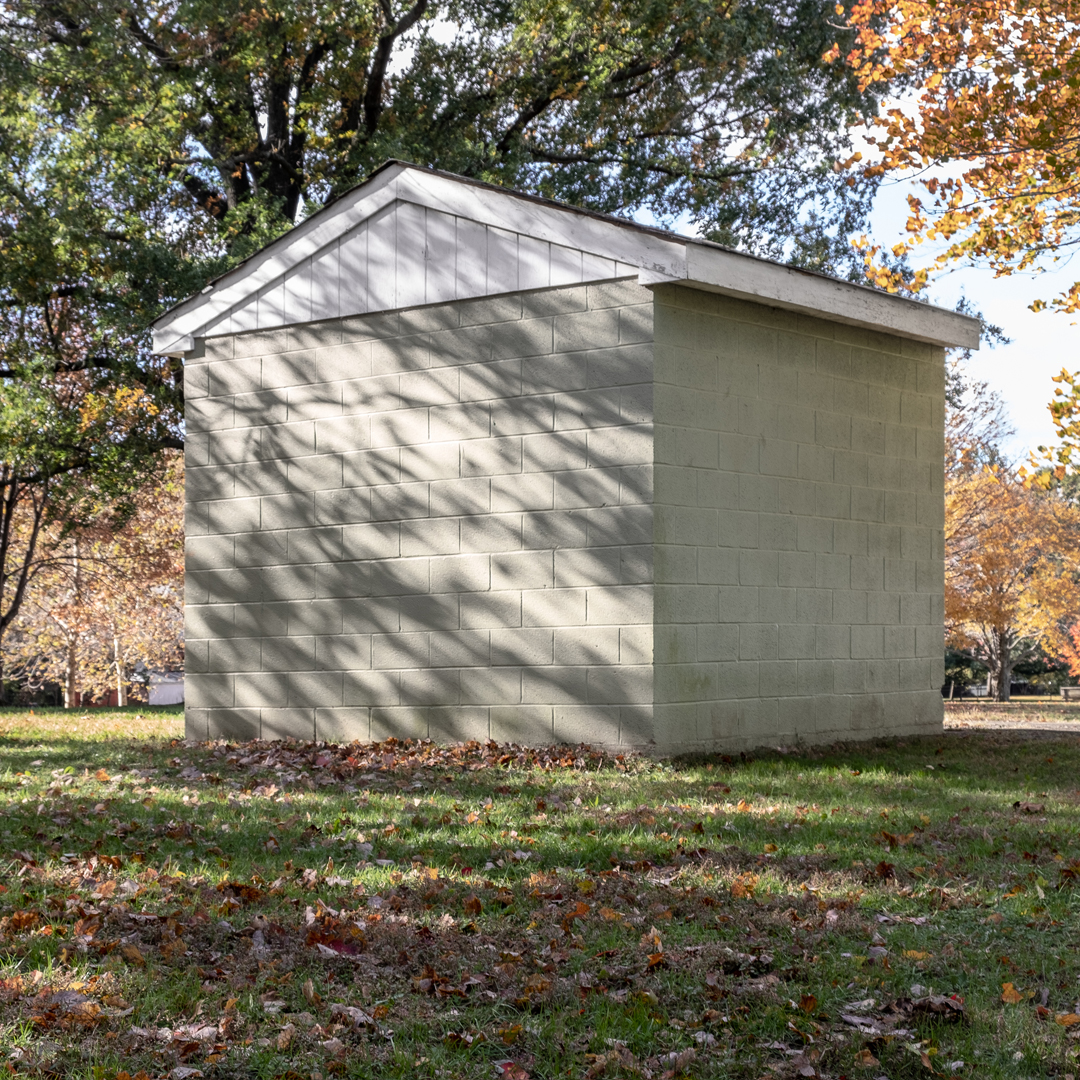
Maureen O'Leary
"Record"
The government has its own look and feel. These images, excerpts from a new photography book published by the Midwest Center for Photography, "Record", describe the aesthetic accompanying public service and civic trust. They are O'Leary's homage to the municipal world that is our collective societal creation.
As the child of a public admistrator in Washington D.C., Maureen formed an impression of the government in fragments and this sensibility inspired this body of photographs of municipal places. Names, locations and historic icons are not necessary. Places are often closed at the time photographed. Details of buildings, machines and other objects, the function of which may not be elucidated, come to embody the sensibiltiy of the whole. The aesthetic that emerges from the photographs represents our civic ambitions realized — some achieved and some failed — bold projects and the mundane steps of their realization, efforts that span the domestic, the scientific, the relational, and the protective.
There are many ways into these photographs: through light and shadow on buildings and office interiors that mark the throwaway moments of our glances during the workday; through windows that are the architectural passages between external and internal worlds; through a look at architecture designed to convey strength through massiveness but which also displays sculptural simplicity; and finally, in this heavily populated world, through a look at parks, a quaint human gesture to foster love for wilderness while providing safety.
The title "Record" comes from the label on U.S. Government notebooks, ubiquitous for the mundane jottings of daily civic work, a cover that is replicated, with permission, for the book.
Maureen O'Leary is an artist whose work derives from observations of ordinary situations she encounters daily, mundane scenes and objects — trees, buildings, cars, the night, and family. Working in paint and photography, her observations are the starting point for images centered on a response to light and shadow. Her subjectivity and decision-making shape choices of color, light, composition and motif, and collectively comprise a search for the contemporary romantic.
Her work is in the public collections of the Foundation des Etats-Unis, Paris and the Beinecke Rare Book & Manuscript Library at Yale University. She has recently exhibited in the United States, Europe and Asia, including exhibitions at Cristin Tierney Gallery, New York, New York, the Ely Center for Contemporary Art, New Haven, Connecticut, the Midwest Center for Photography, Wichita, Kansas, the Palazzina Liberty, Bologna, Italy, and Art Lab Tokyo/Akiba, Tokyo, Japan. A past recipient of the Harriet Hale Woolley Fellowship in visual art from the Cite Internationale Universitaire, Paris, she has a B.S. from Yale University and trained at the Art Students League and the International Center for Photography in New York, New York. She was born in Washington, D.C. and is a dual citizen of the U.S. and the Republic of Ireland. She lives and works on Long Island.
All images in the portfolio are Archival Inkjet Prints, 10" X 10 on 13" X 19" paper, 2020, $300 each.
Marc Braun
How do we see ourselves in the world? This is a series showing various stages of Marc Braun being at the time of the shot.
Marc Braun started in fine art photography in 1974, for the last 47 years he has been a commercial illustrator and photographer. In addition, he started working on this series in 2018 and has continued since then.
All images in the portfolio are Digital Inkjet Prints, 17" X 22" or 17" X 17", 2018 - 2021, $250 each.
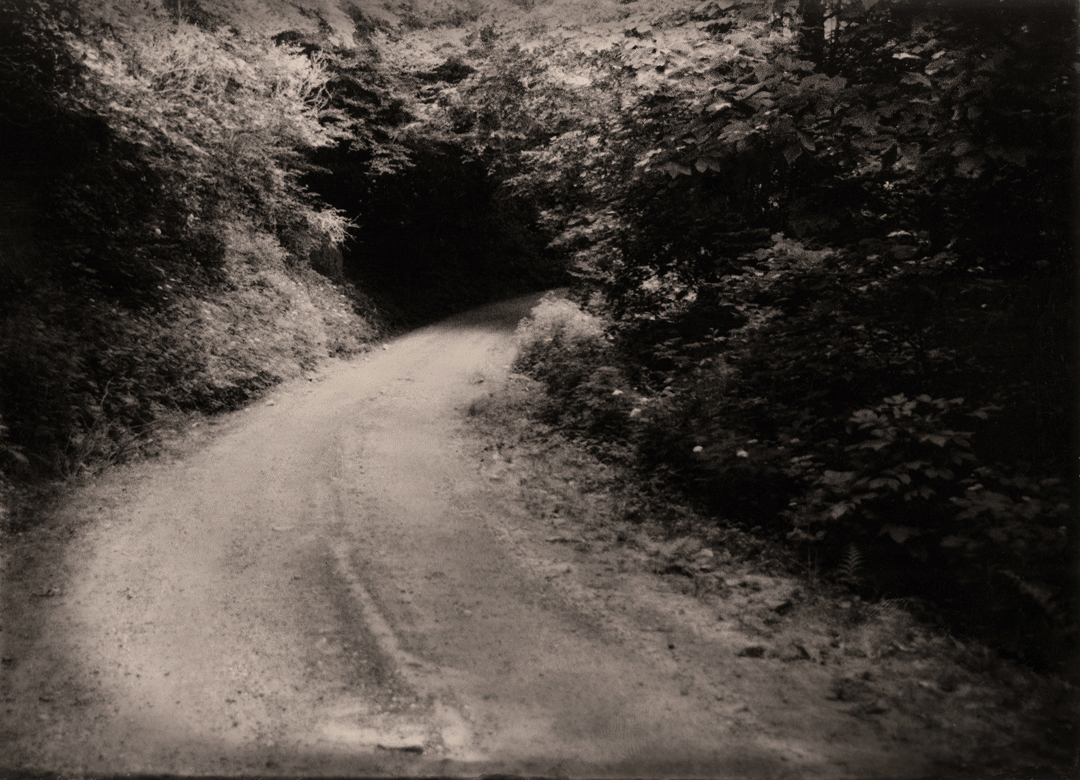
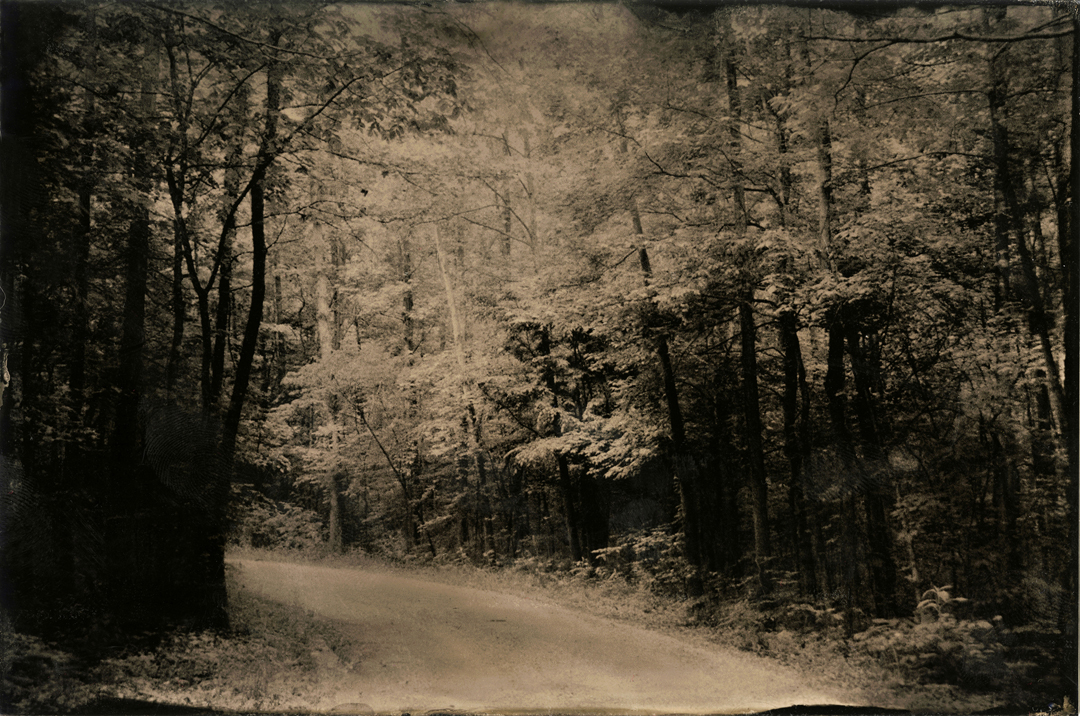
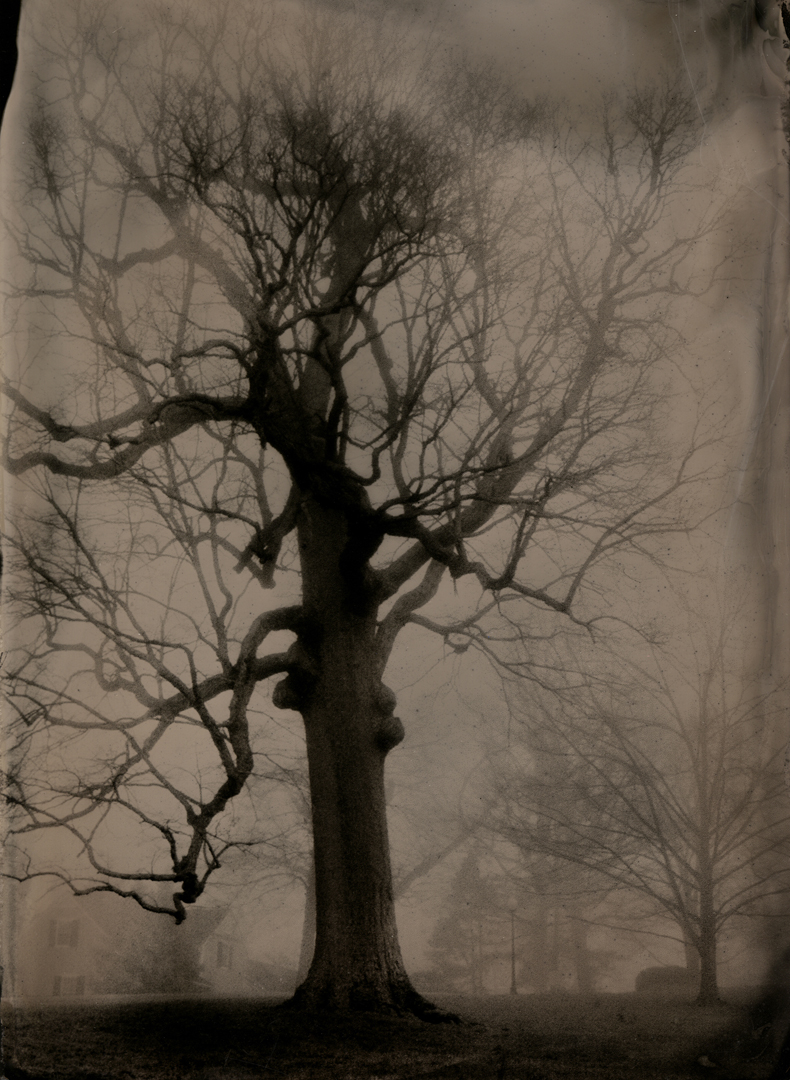
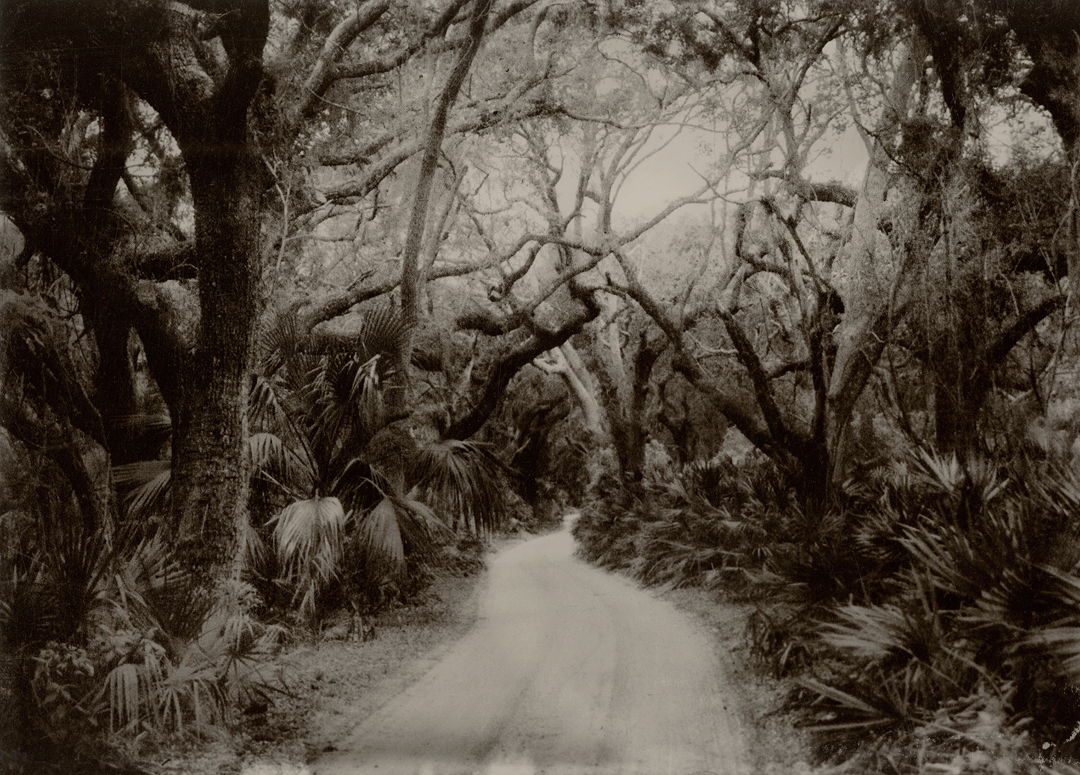
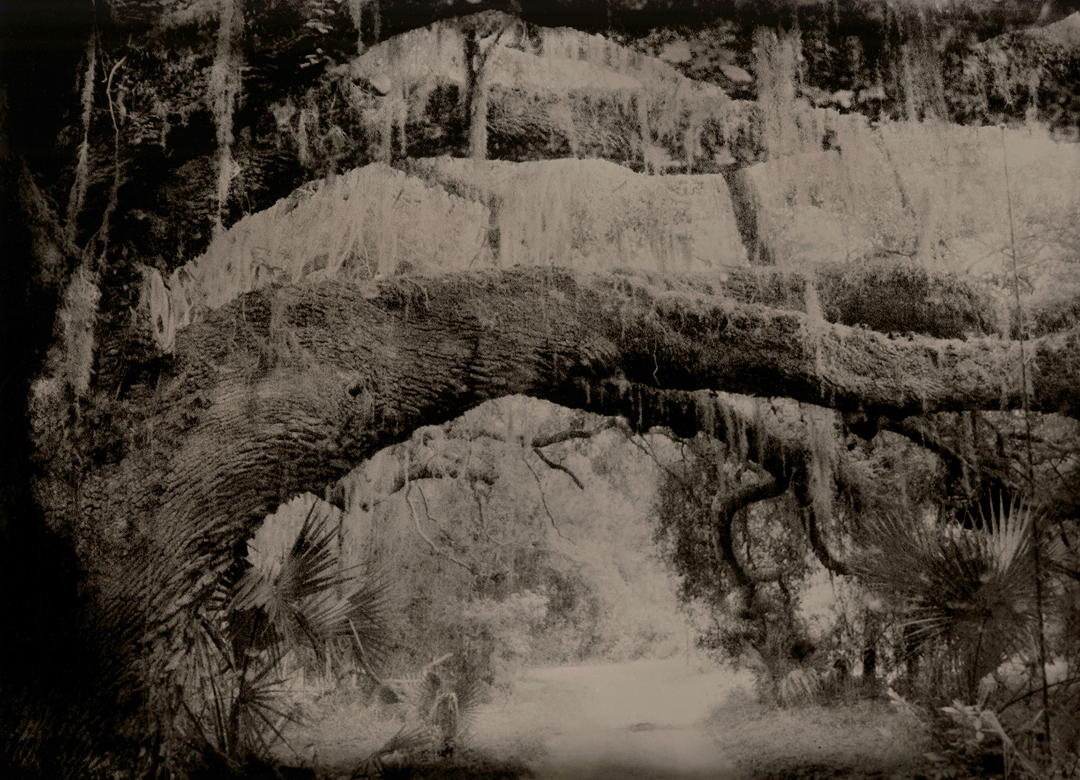
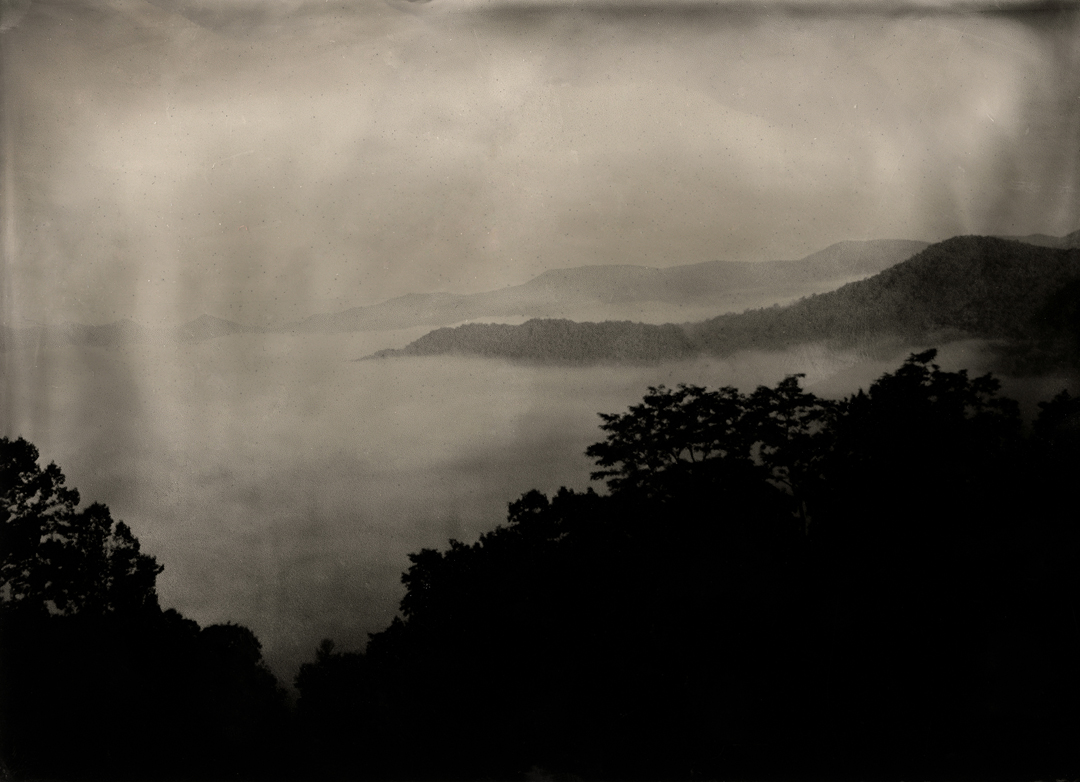
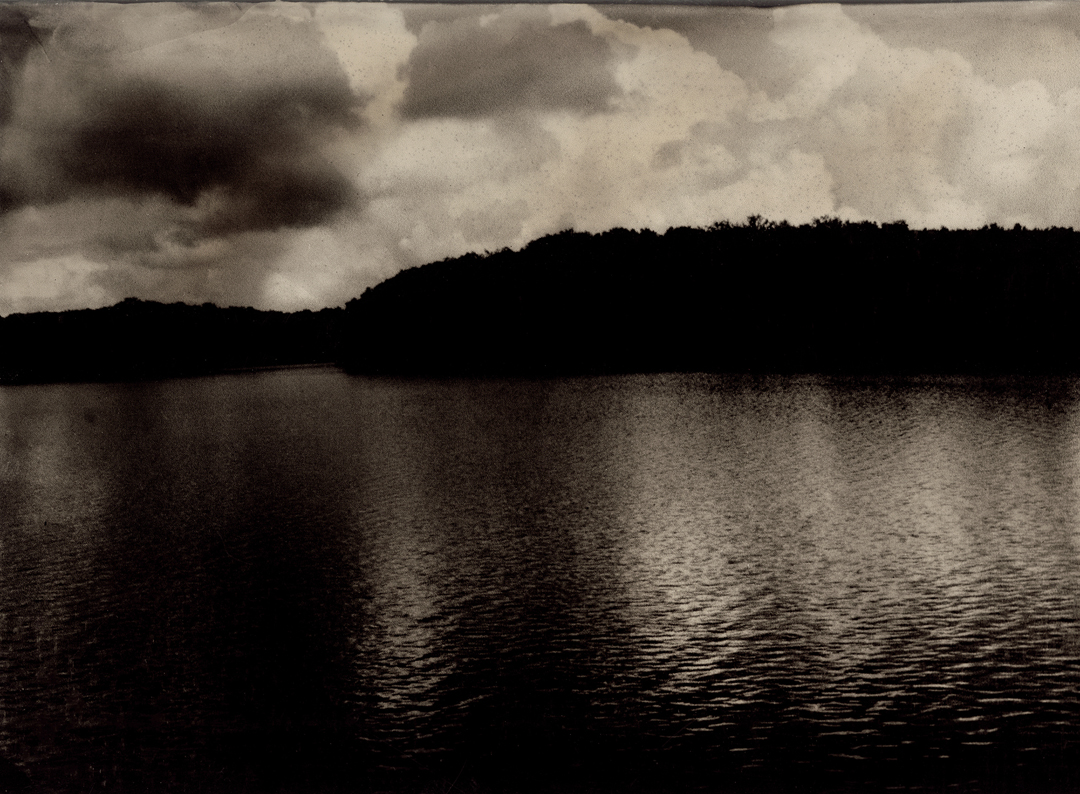
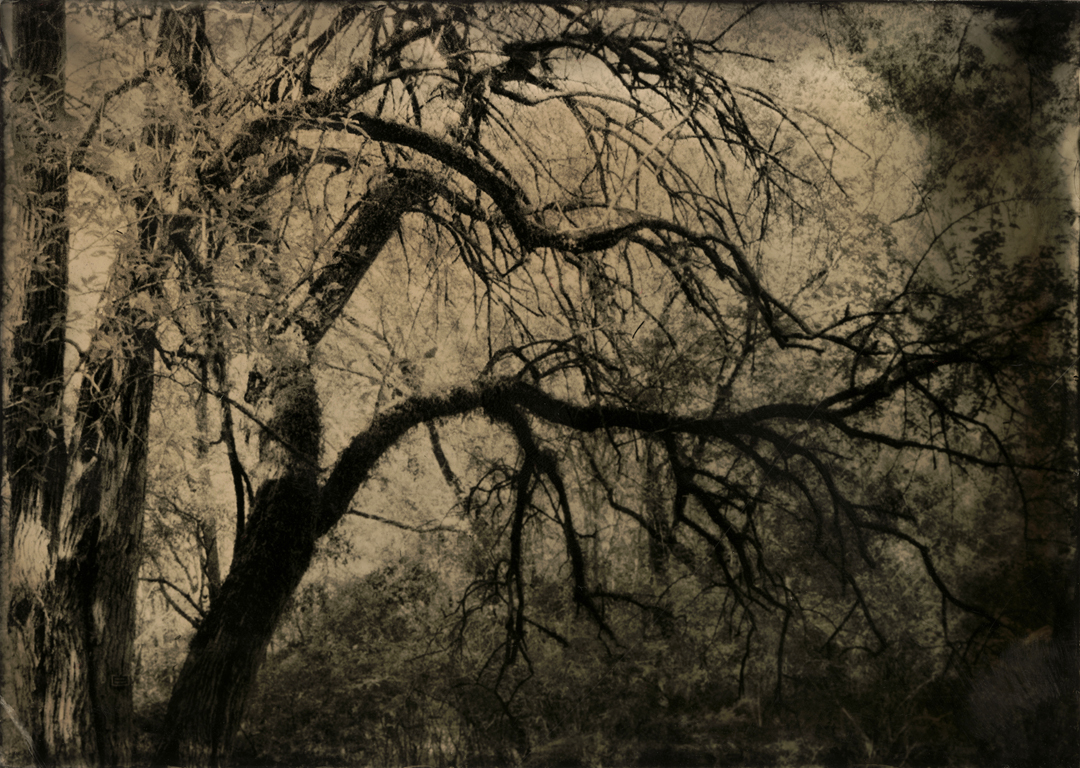
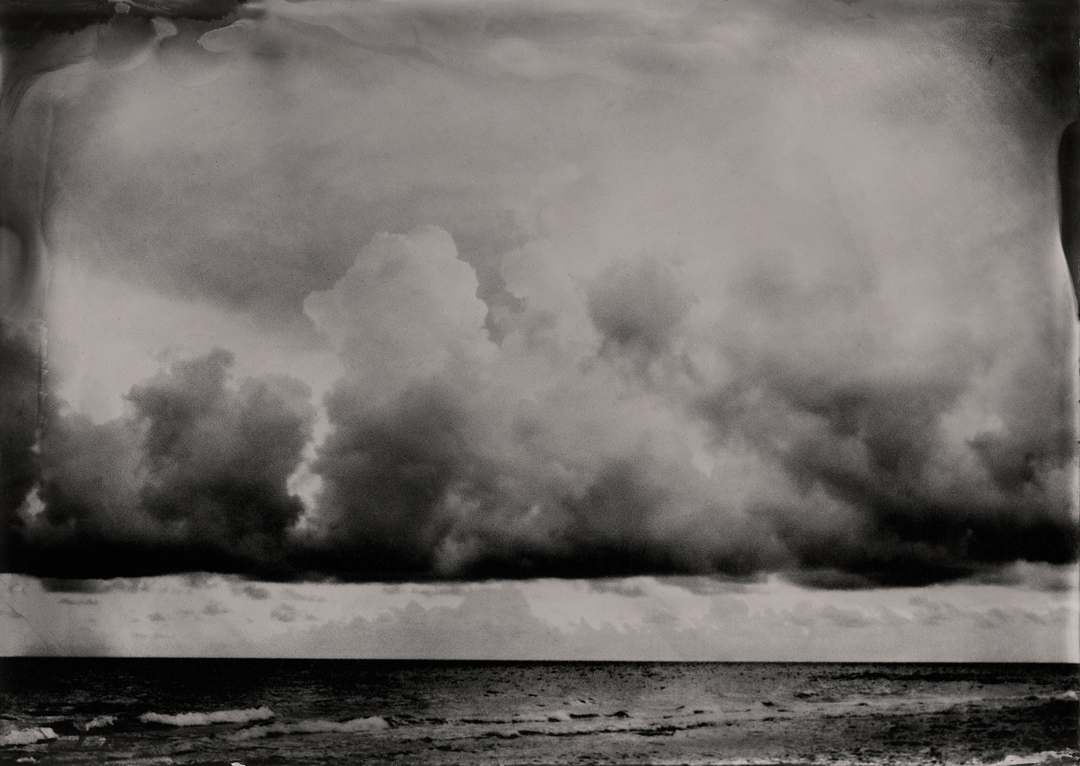
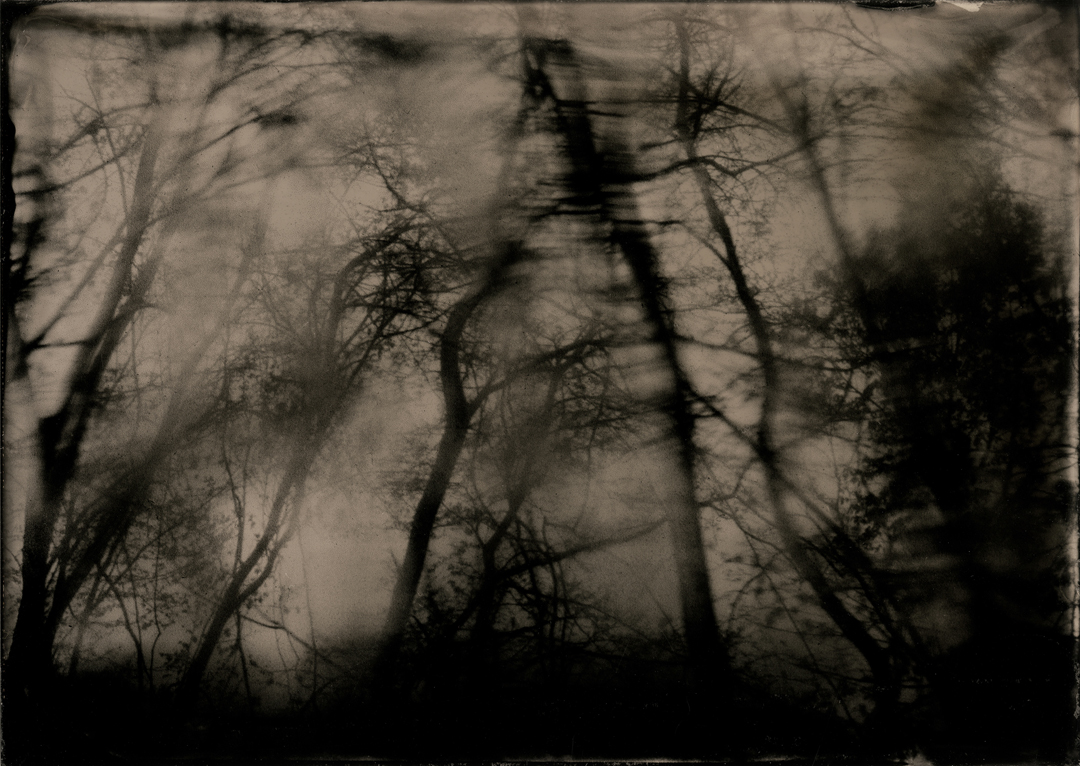
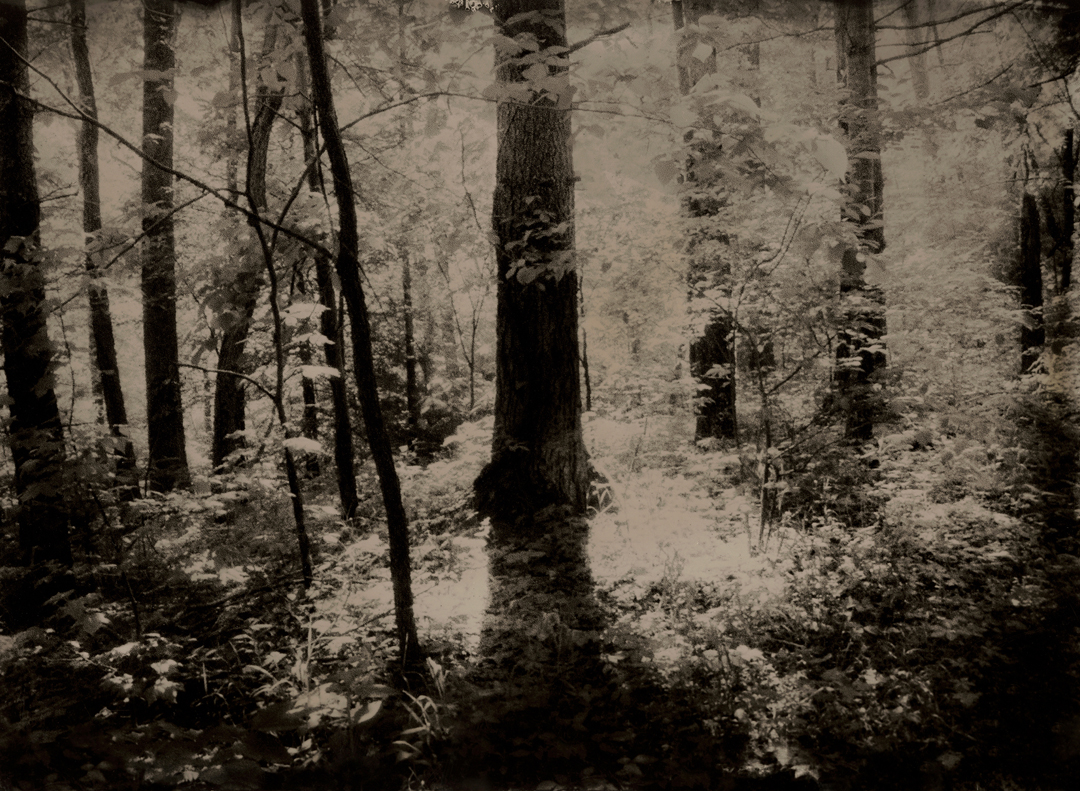
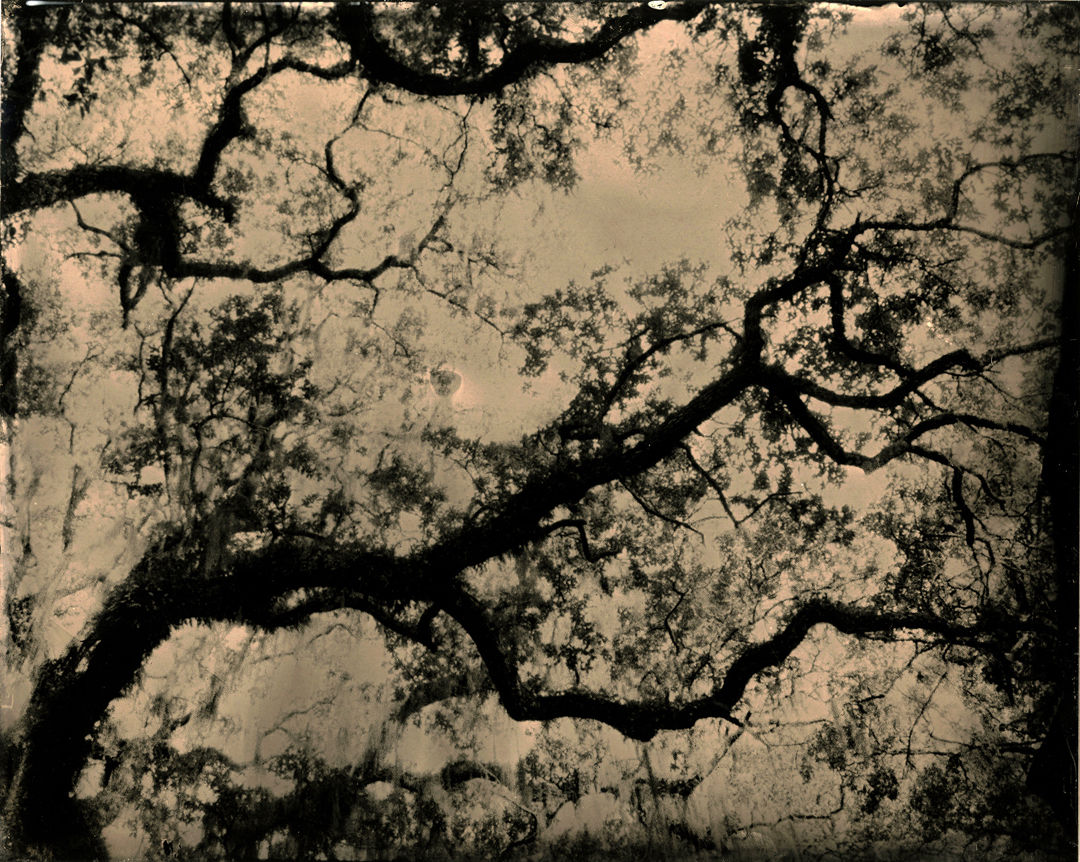
Susan Bryant
In Susan Bryant's most recent work, Southward, she is exploring what is unique to the landscape of the American Southeast by exploring dense canopies, open vistas, dramatic skies, still waters, live oaks, wooded trails, gulf storms, and back roads. She is interested in how nature can act as a metaphor for human emotion. She is amazed by how quickly nature can change from comforting to threatening and that each of these conditions are imbued with beauty, power, mystery, serenity, grace and allegory. She is interested in capturing the timeless essence of a place through close observation of light and dark, space and atmosphere, stillness and silence. For this work, she is using the 19th century wet plate collodion process. She makes objects: tintypes and ambrotypes. She makes plates on site and she also integrates this 19th century process with 21st century digital technology. She is challenged and inspired by this leaping from one century’s technology and aesthetic to another. She welcomes the combination of control and happenstance that occur during her process, from exposure to plate to print. One of the many reasons she is drawn to collodion is that it requires her to slow down and it allows her to experience anticipation for the mysterious images and singular, tangible, precious objects that result.
Susan Bryant is a fine art photographer who lives in Tennessee. She earned her BA degree in painting from Indiana University and her MFA in photography from Indiana State. She is a retired Professor of Art, having taught analog photography at APSU for 38 years. Her work includes gelatin silver prints, hand-colored photographs, and the 19th century wet plate collodion process. Her work has been included in over 100 juried and invitational group exhibits, over 25 solo exhibits in the United States and is included in numerous collections. She is a recipient of a Tennessee Arts Commission Fellowship in photography.
All images in the portfolio are Inkjet Prints from Collodion Tintype, 13" X 18", 2017 - 2019, $400 each.
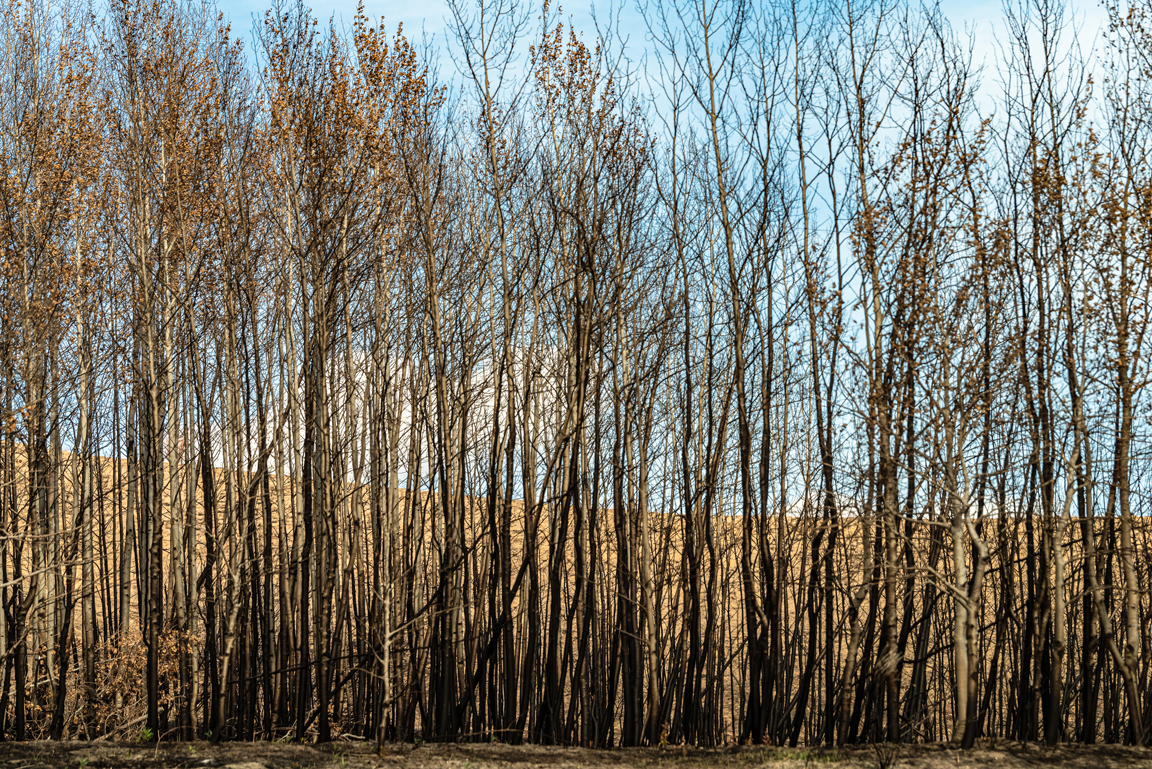
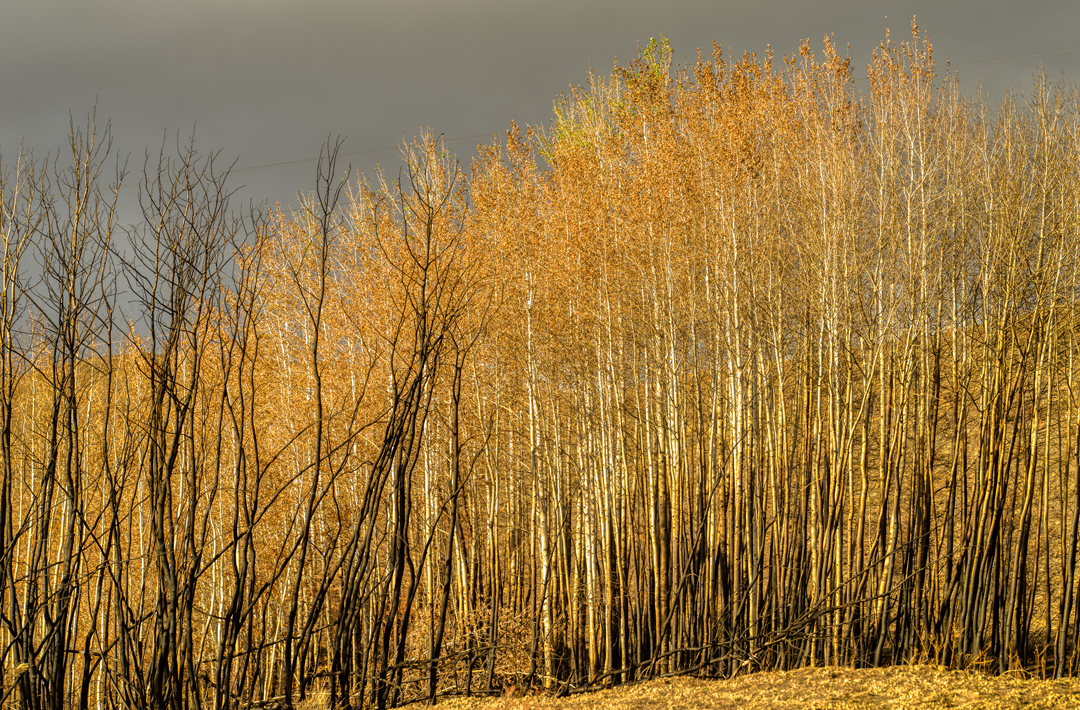
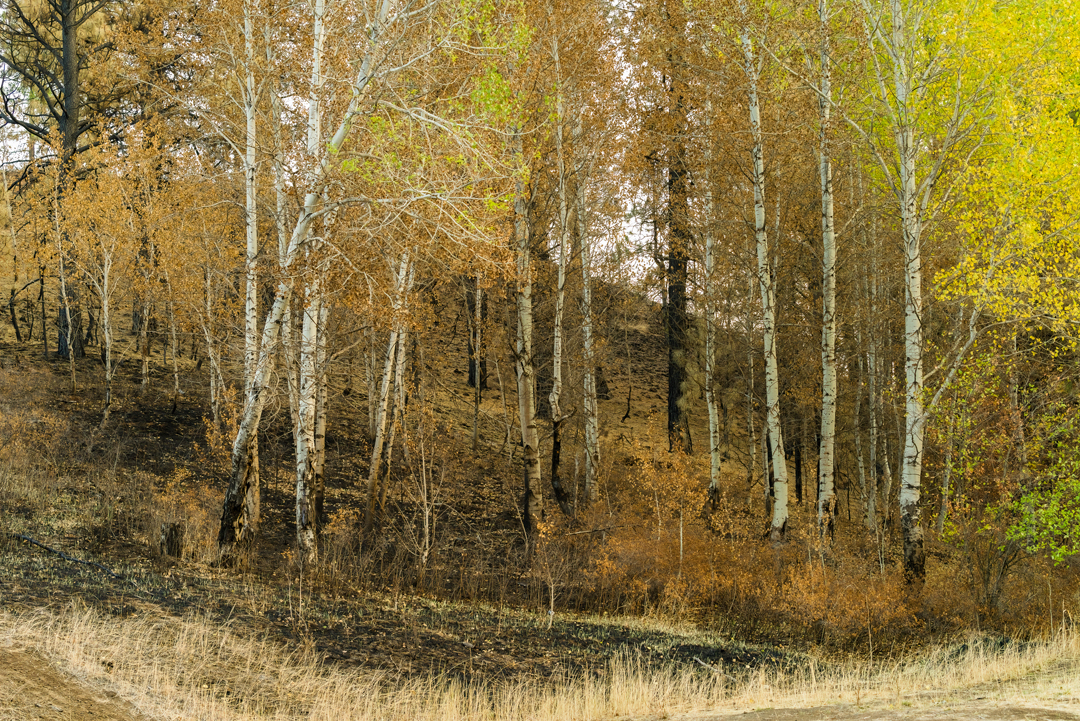
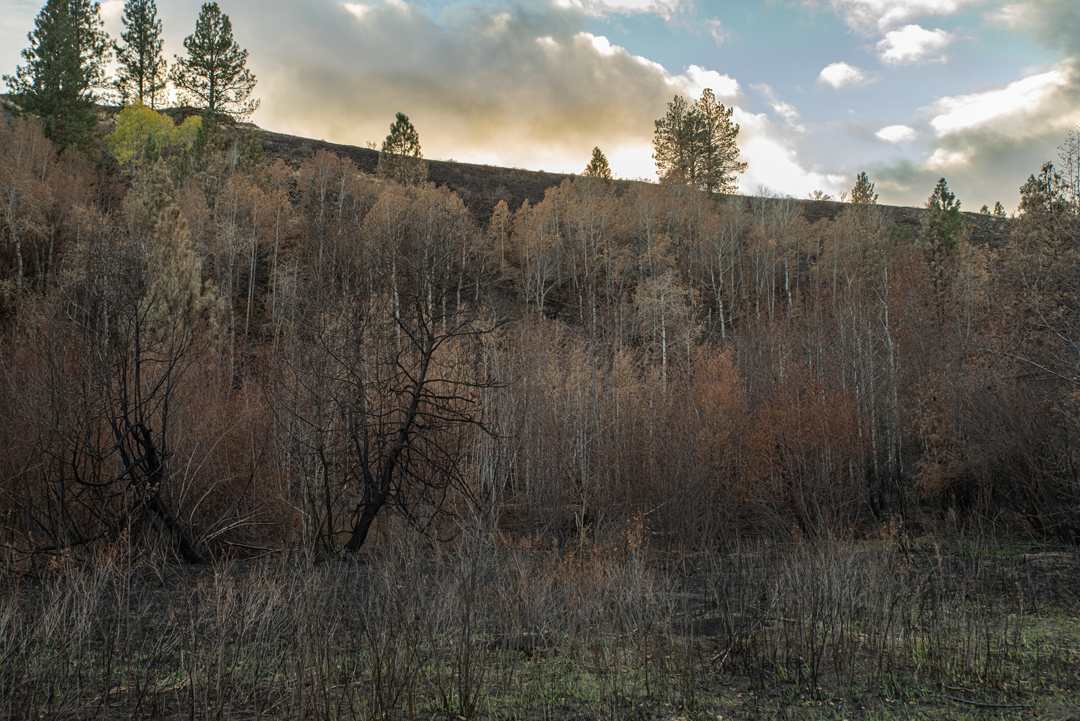
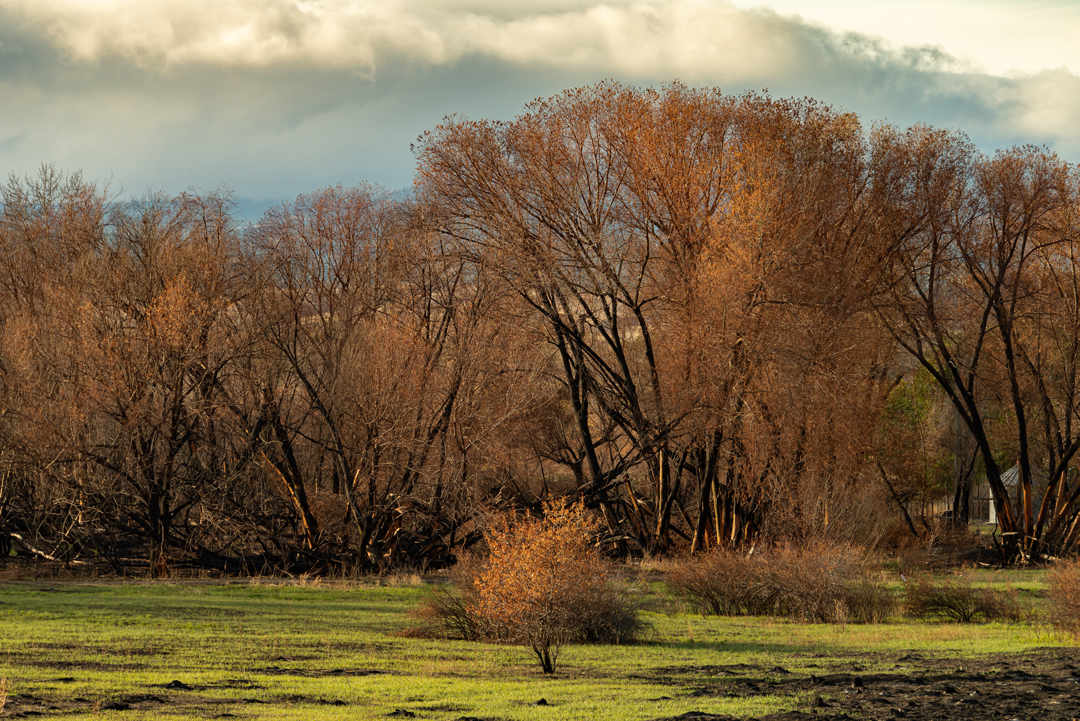
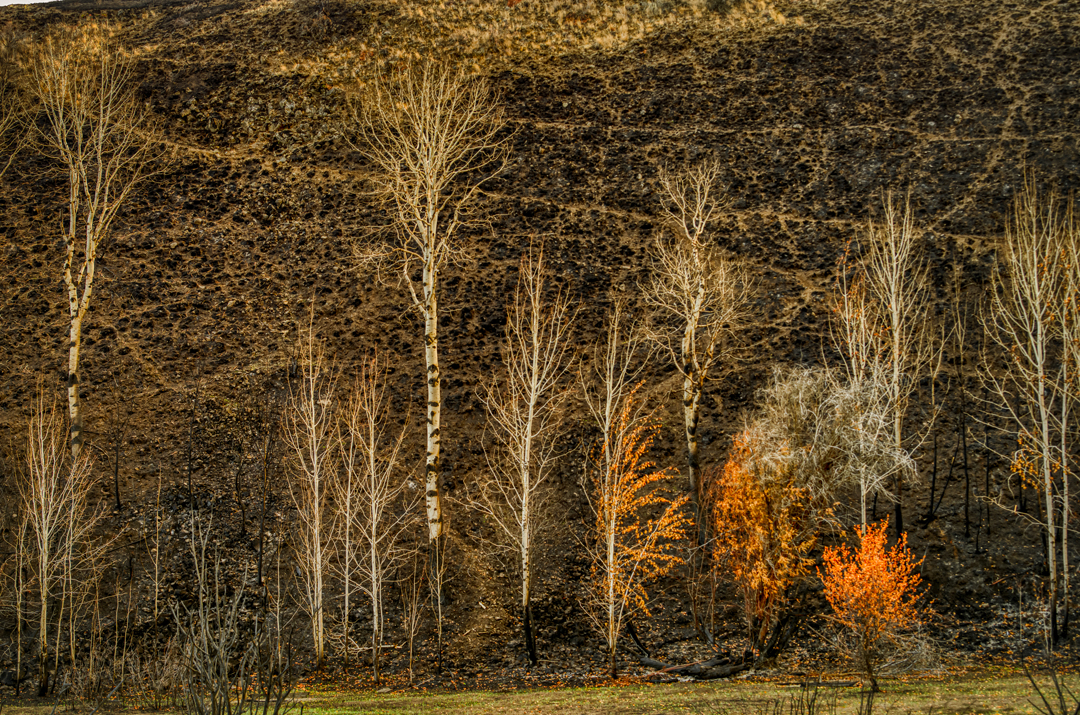
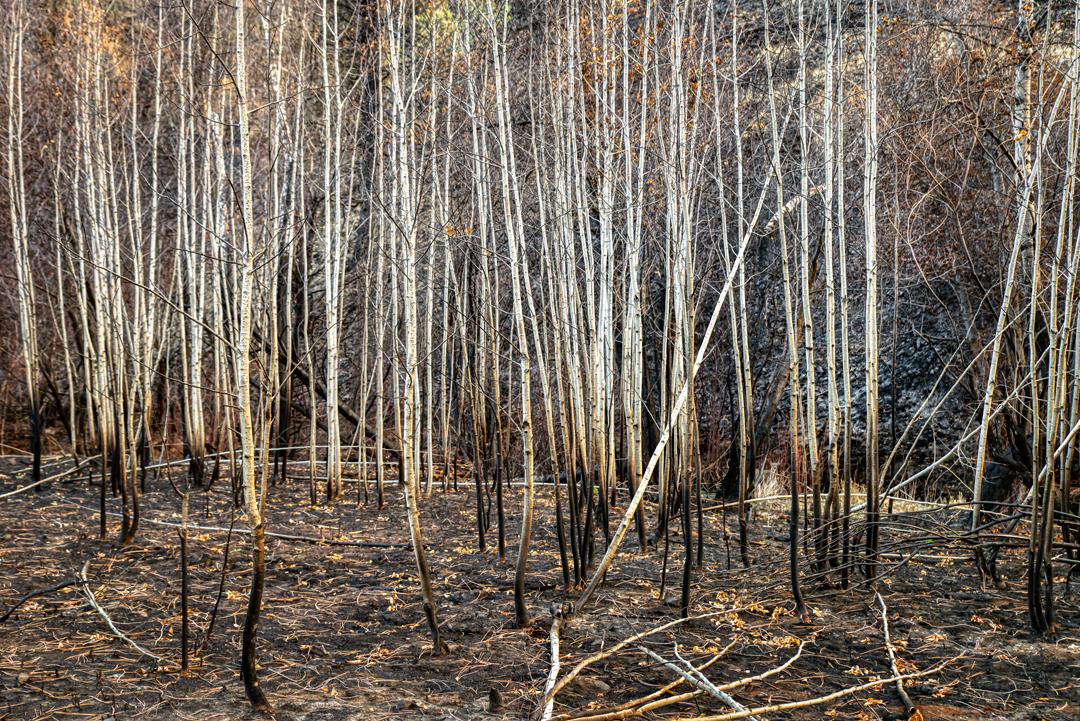
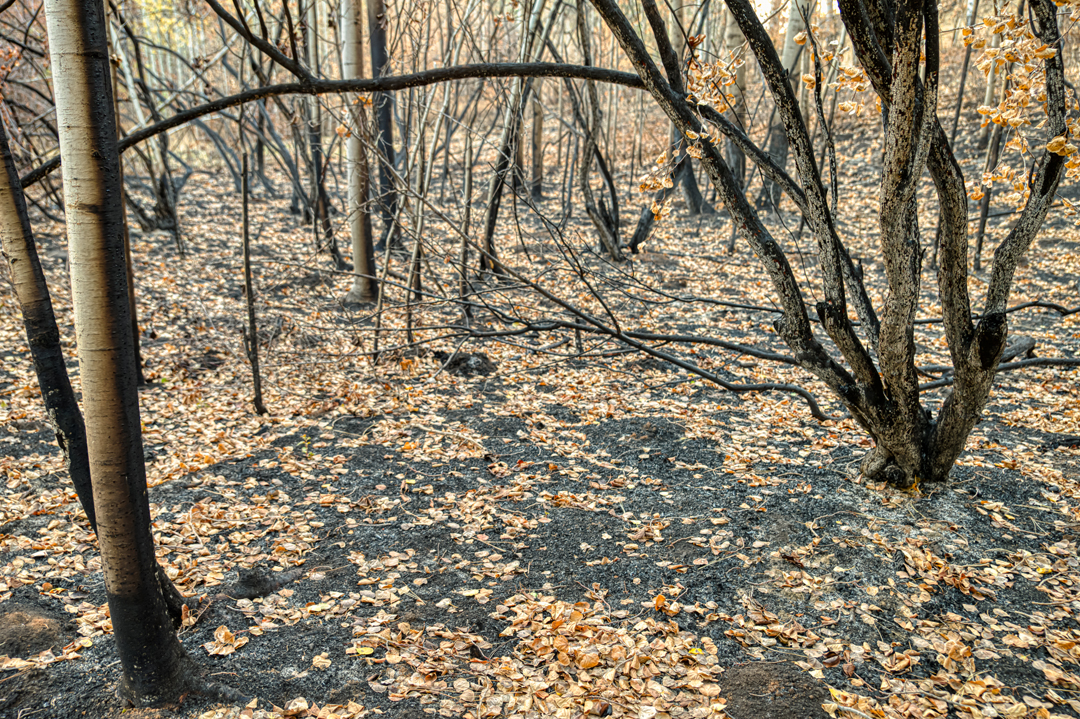
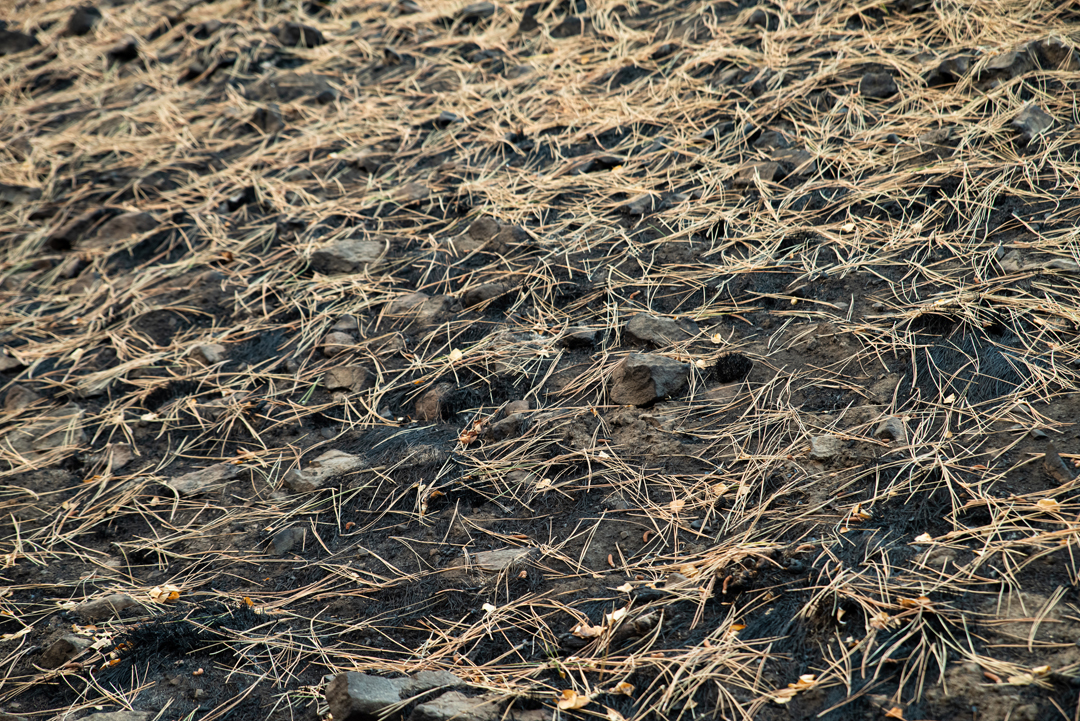
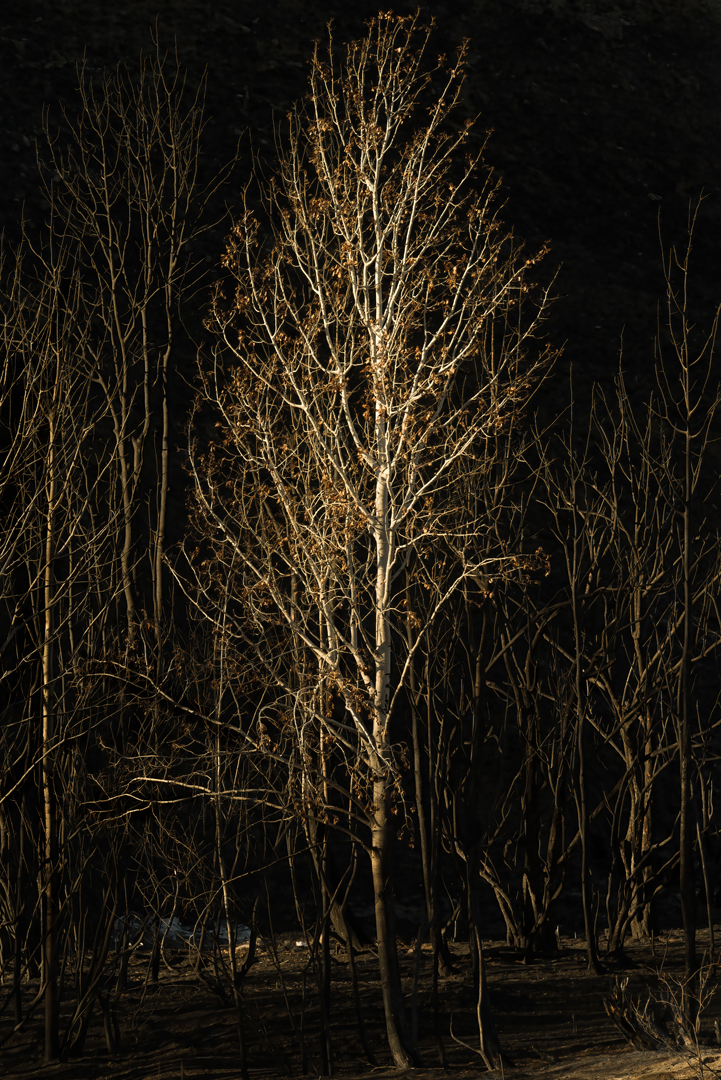
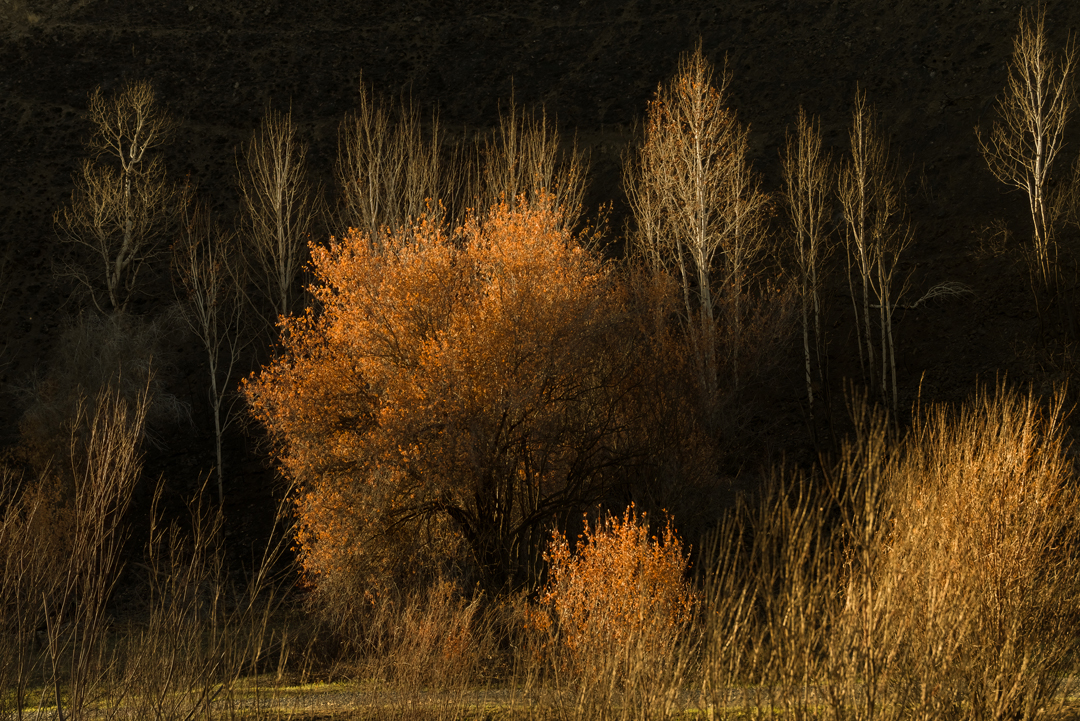
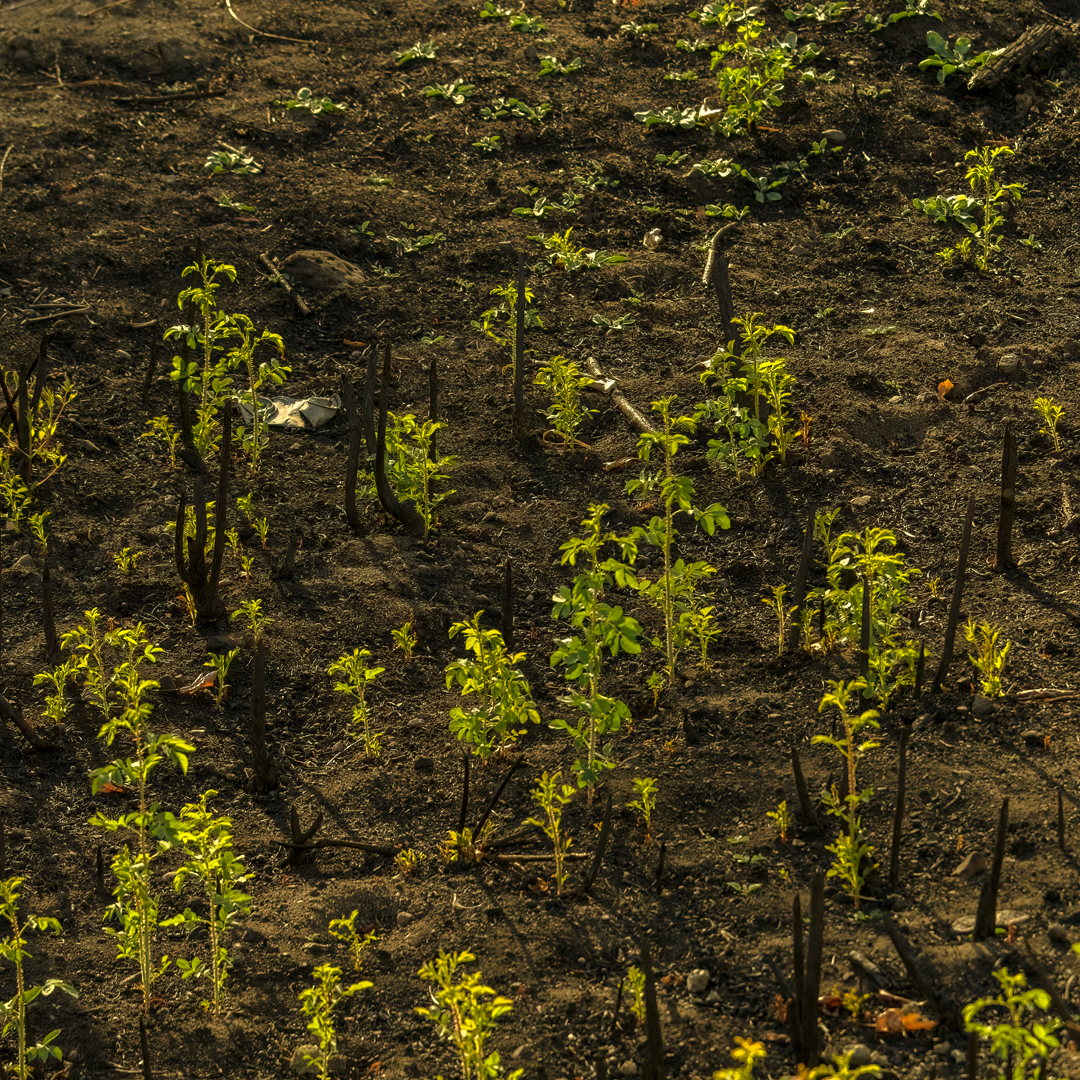
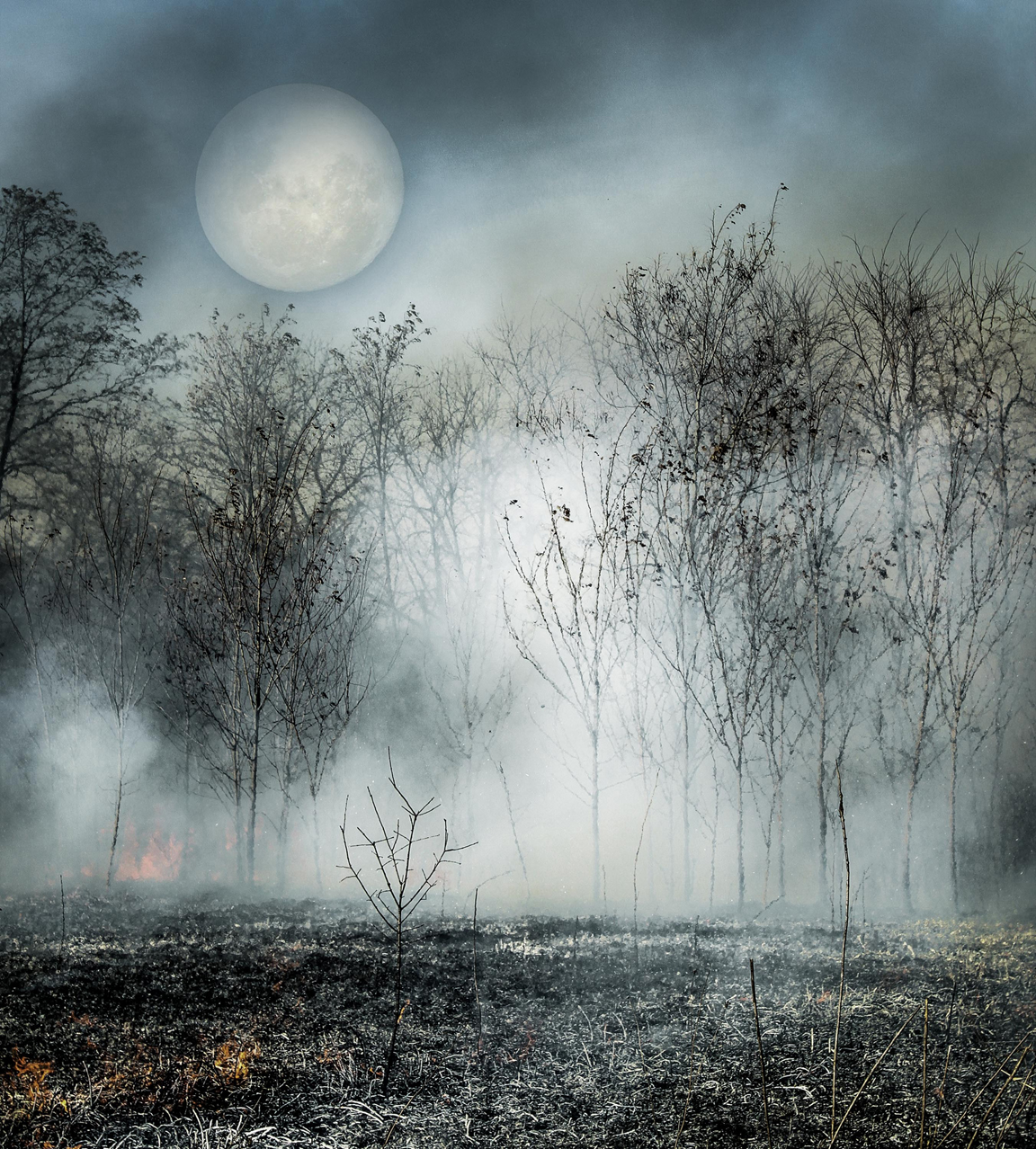
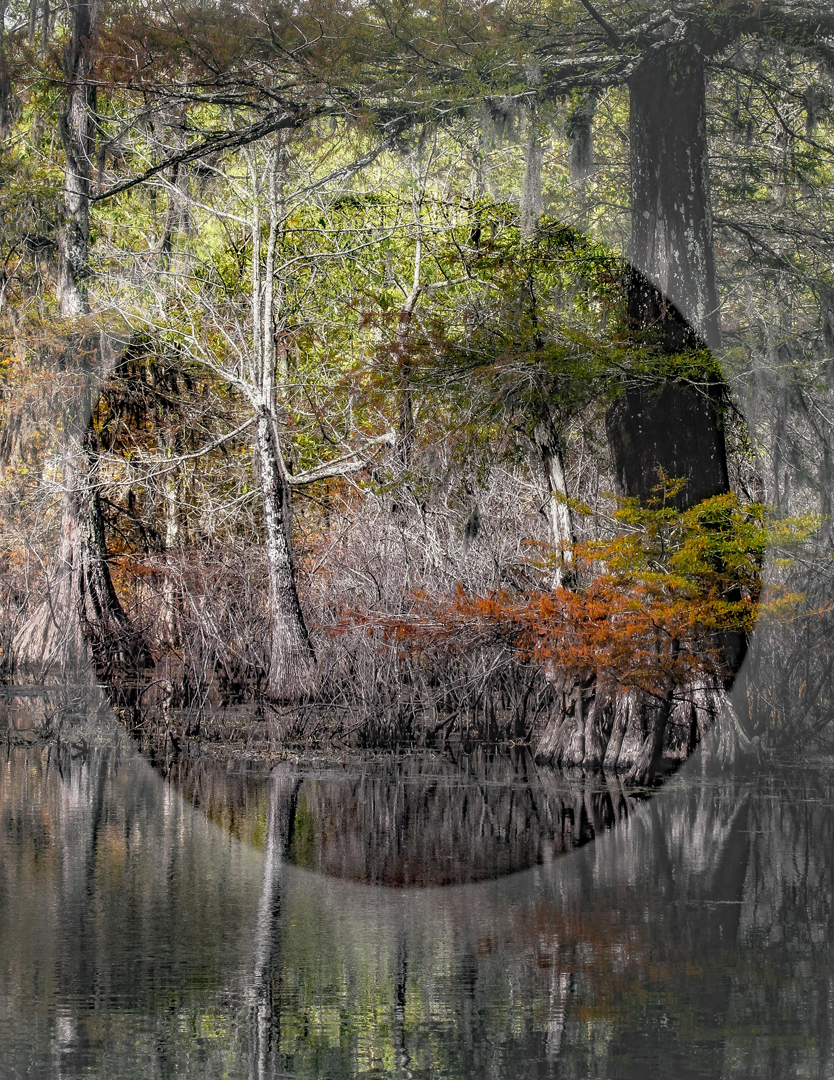
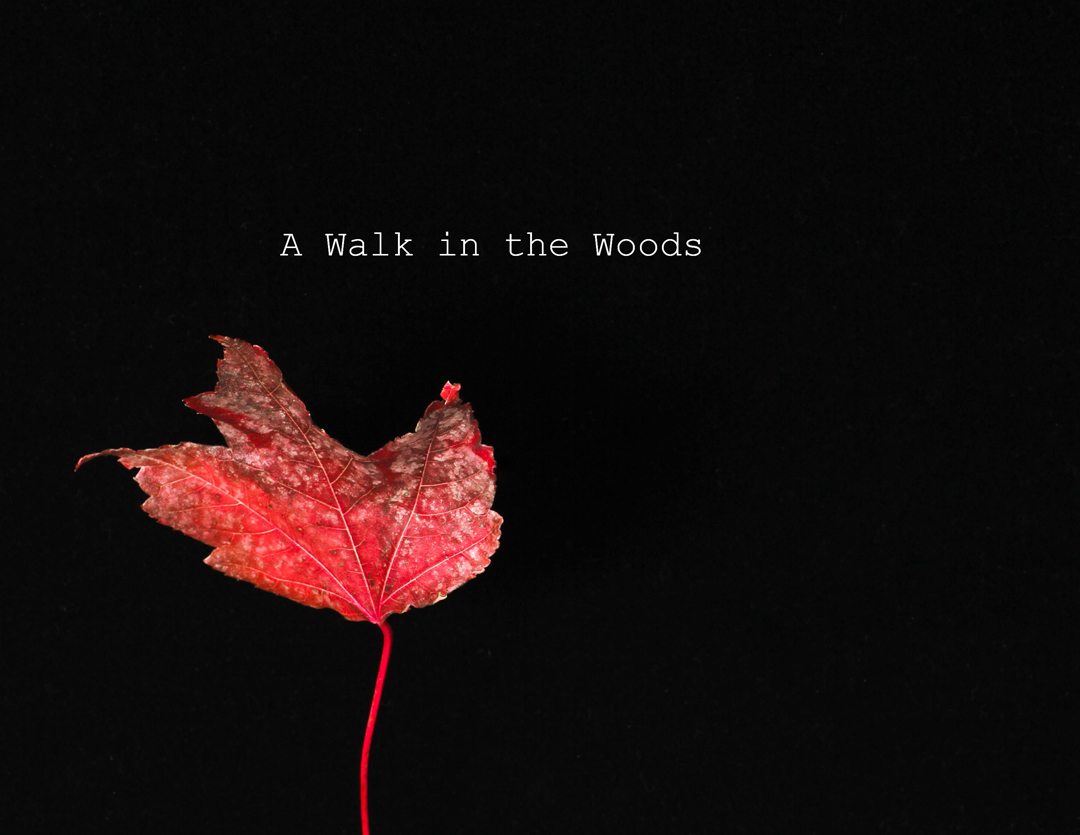
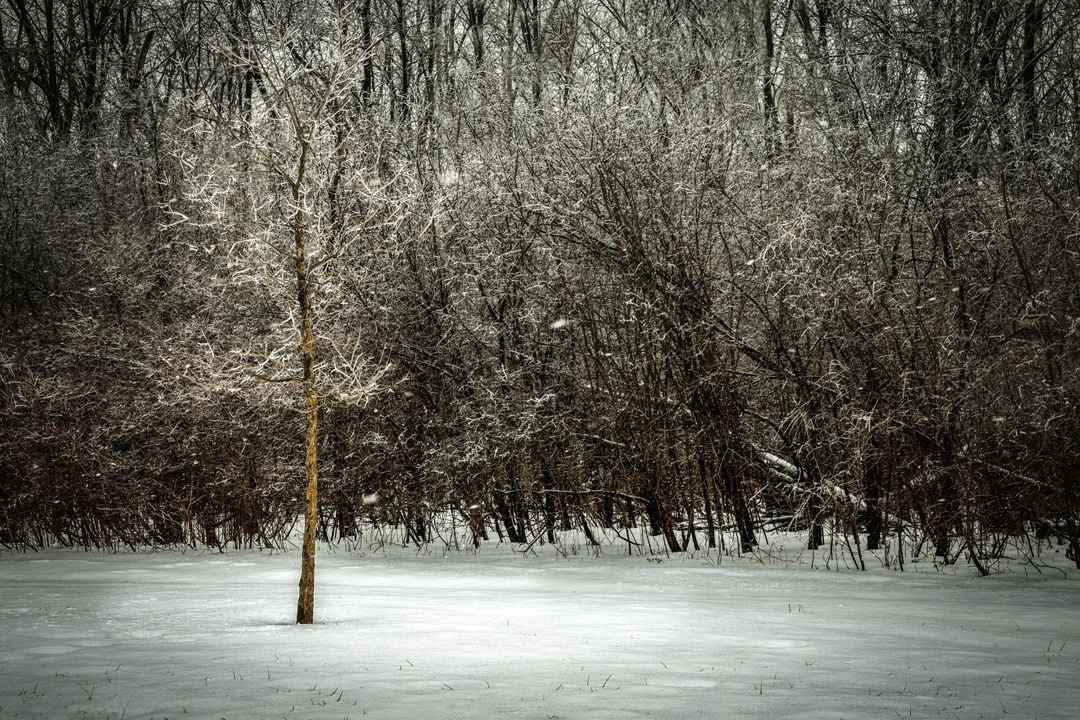
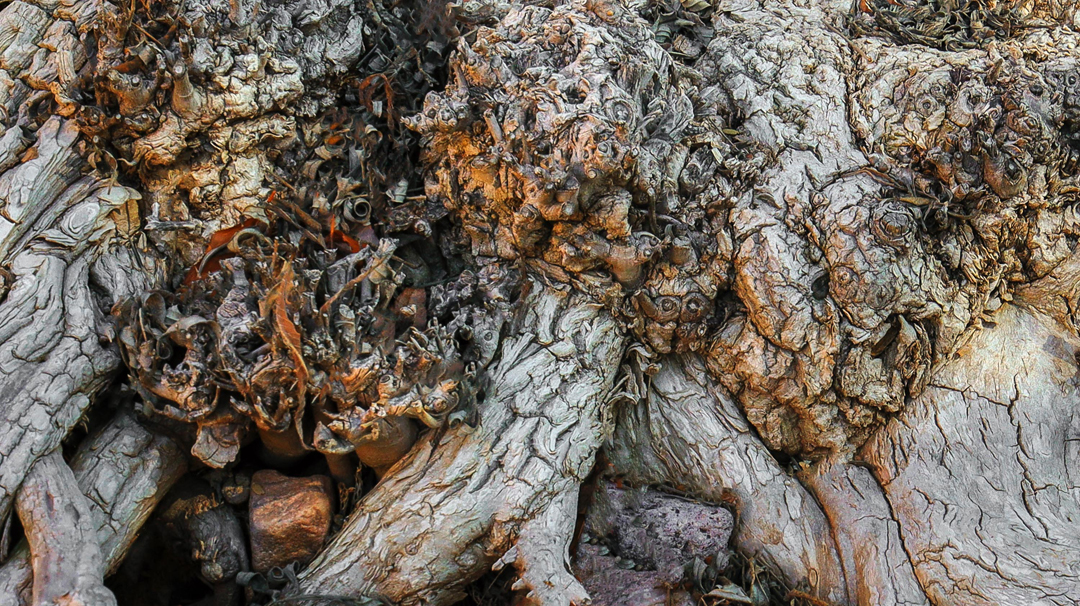
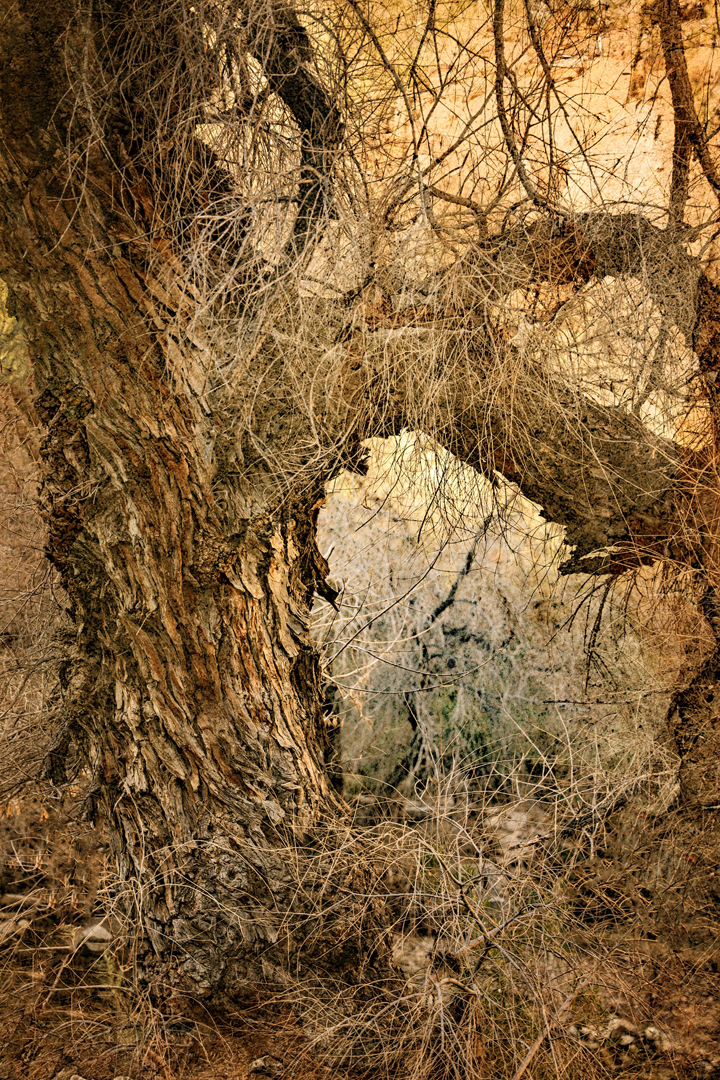
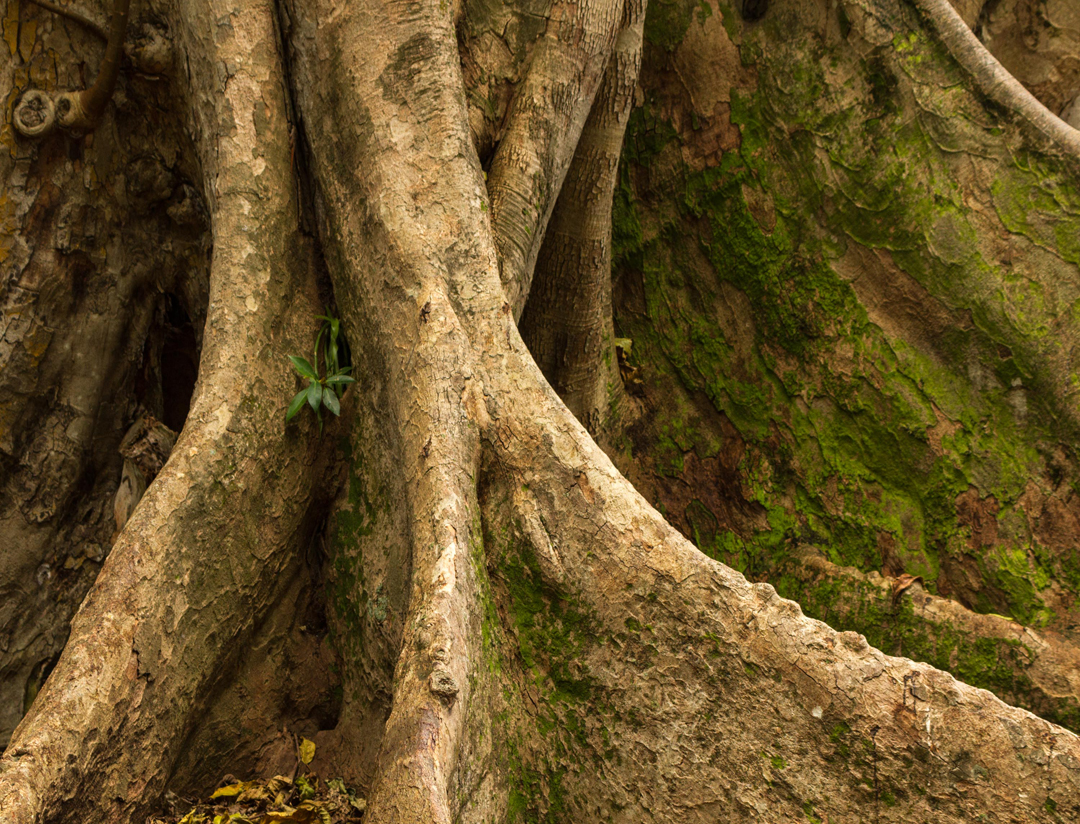
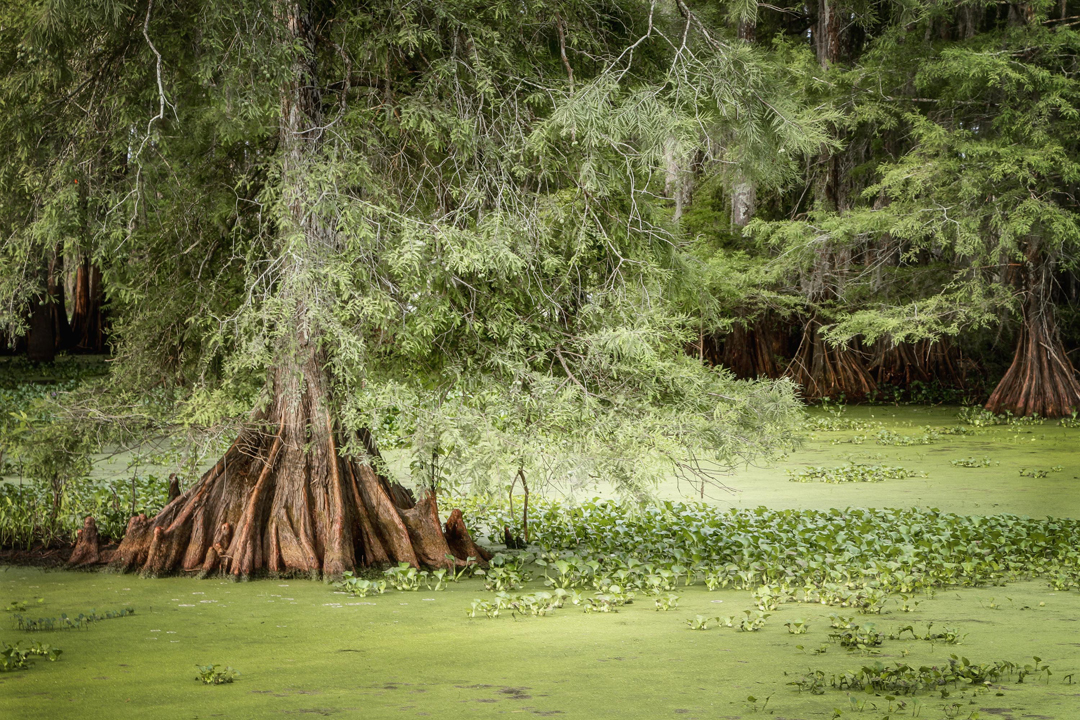
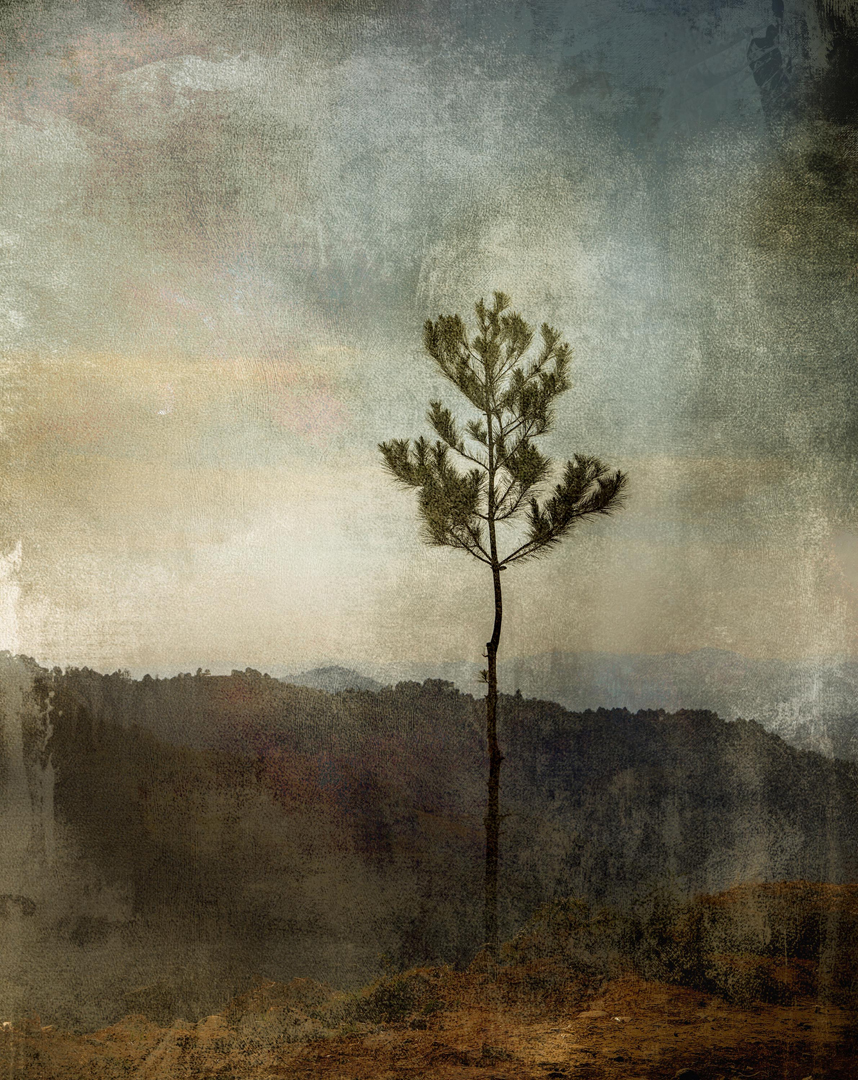
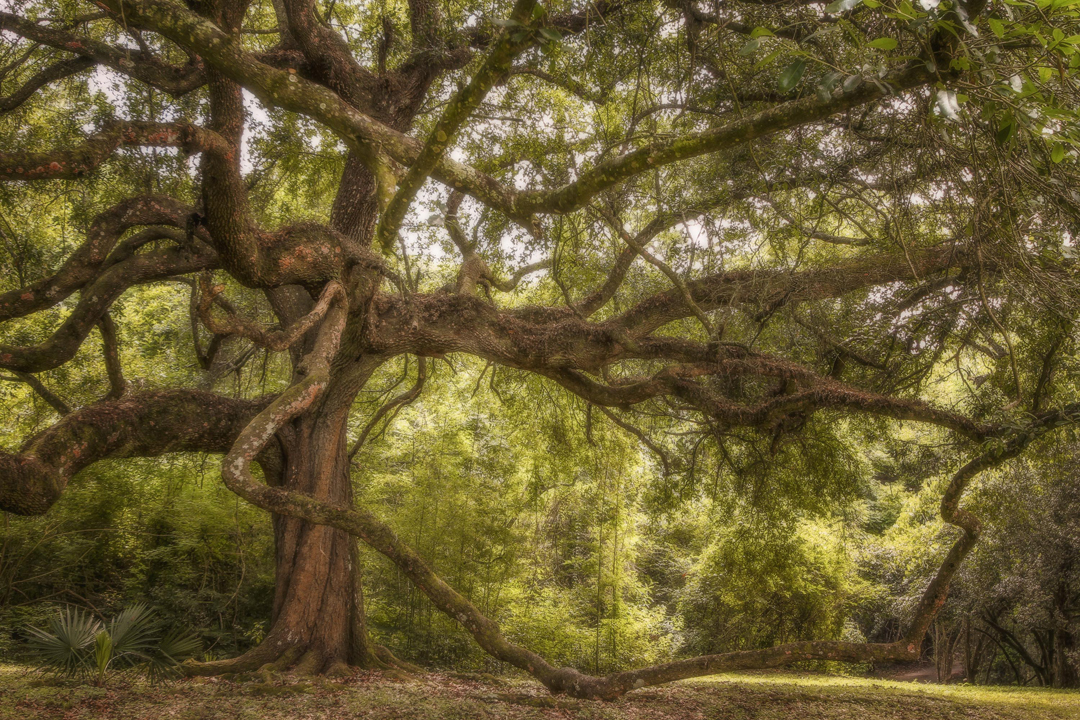
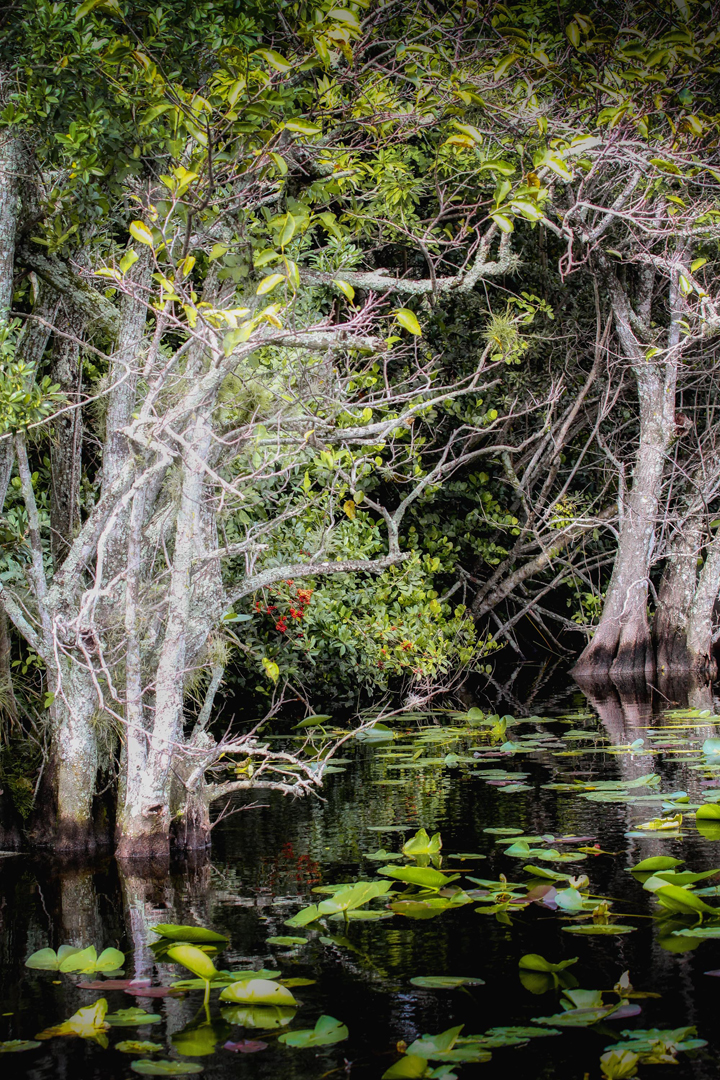
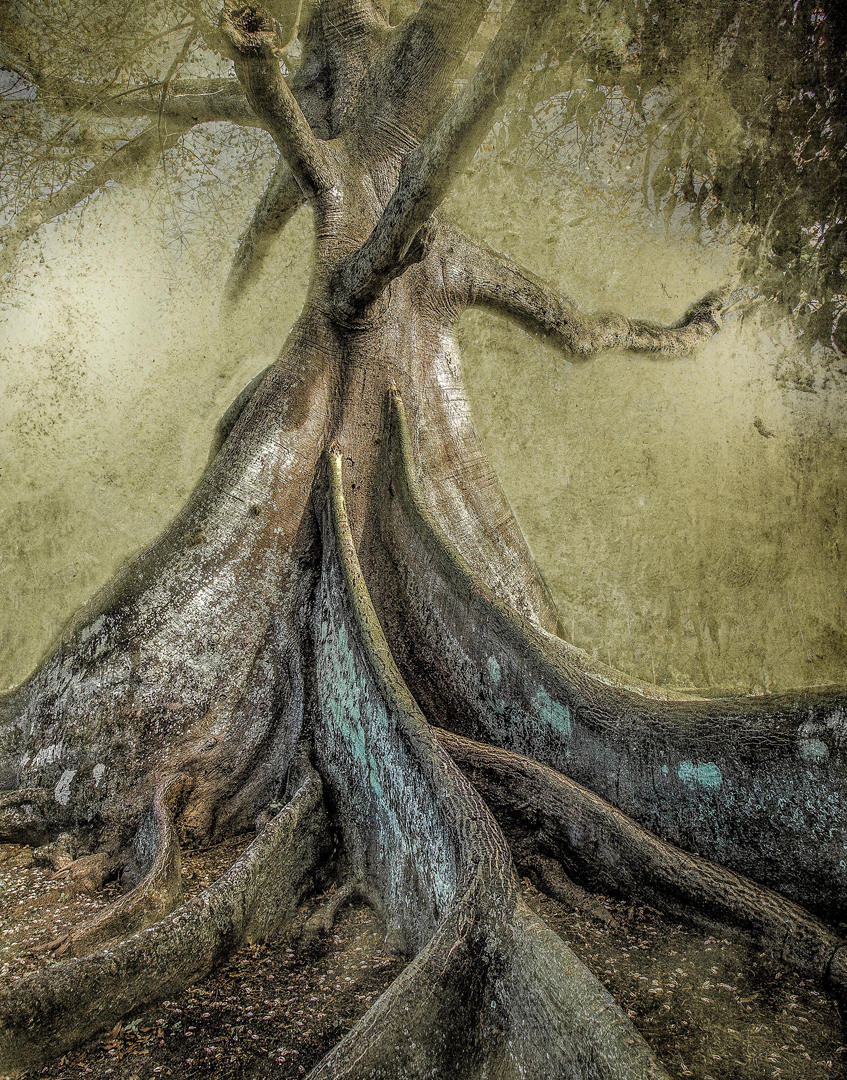
Michael Elenko
"Evans Canyon Fire"
During the summer of 2020, the state of Washington suffered numerous wildfires. The Evans Canyon Fire started on Aug 31st and lasted close to two weeks, consuming over 75,000 acres between Yakima and Ellensburg. The fire ravaged areas that Michael knew well: Umtanum Creek Falls and the Oak Creek Wildlife Area.
The trail to Umtanum Creek Falls he'd hiked and photographed numerous times, starting when his now-adult kids were small. The trail enters a fall, follows the creek, and then continues to a basin where the waterfalls plunge downward. Along the way are aspen trees, grasses, dry-side wildflowers, and many birds. In mid-October of 2020, Michael embarked upon a week-long photography trip in eastern and central Washington. While he was aware that this fire happened, he was hoping that these special places were spared. For the first 18 miles of the gravel road he was feeling optimistic, but then he rounded a curve, and the destruction and smells of scarred earth were in his face. It was disheartening. With dusk approaching, he hit the trail — the fire had charred the trailhead but it was passible. And he quickly discovered that the photography was remarkable.
He walked into an uncommon situation where he had to manage deeply contradictory emotions simultaneously. he felt a sense of awe at the scale of this fire, and a deep sadness in experiencing its consequences — he knew what this place was. But the start textures of the areas the fire had passed through were striking and the colors were most unusual. Fires like this can be very erratic in movement and consequences. Some trees were totally spared; other were not. The fire had desiccated many aspen trees, preserving their leaves in a crisp amber tone. At first glance, you would have thought that this was a normal autumn scene — until you looked a few yards over to the aspens that were untouched, their leaves the bright yellow and faded greens expected in autumn. It all made for some fascinating photography and a humbling experience.
Michael Elenko has been exhibiting fine art photographs since 1983. Since then, his work has broadened its scope but has retained its focus. Photography has always been Michael's second language. His grandfather and his great-uncles fulfilled the New York city school class picture market throughout the great depression. He later started the nation’s first color mail-order film processing operation in Queens. This family business involved both my parents as well as a very young me. My job was to sift through the boxes of coins customers sent with their orders and extract the rare ones. I also had the run of the “front-end” camera store.
Since then, Michael has been fortunate in serving in various roles including newsmagazine publisher, photojournalist, corporate photographer, sports shooter, picture framer, and art curator. Throughout all this his primary goal with photography is to make visible the unseen. If you, the viewer, can engage with our shared reality just that much more, then he feels that deeper communication has occurred, and his photography is closer to being accomplished. Michael Elenko lives in the state of Washington on Vashon Island, in the Salish Sea, with his wife Dr. Fran Brooks. They have two adult children.
All images in the portfolio are Digital Pigment Prints, 12" X 18", 2021, $200 each.
Jeanne Garrett
"A Walk in the Woods"
Jeanne Garrett's fascination with trees began in her childhood. She grew up in the Maryland suburbs of Washington, D.C. when it was not today’s bustling metropolis. Across from her home was a woods where she could spend hours climbing logs, catching tadpoles and generally interacting with nature. She loved these peaceful times enjoying nature’s gifts, especially trees. In the fall, collecting acorns and raking leaves into piles to jump in were favorite pastimes.
Now as an adult and as a photographer, Jeanne photographs trees wherever she goes. From the small pine from the trans-volcanic mountains of Mexico where the butterflies migrate, to the cypress trees of the Atchafalaya wetlands of Louisiana, the Florida Everglades and Sabino canyon area of Arizona. And, nearer, the forest preserves close to home – each of these areas has a special meaning to her. These trees and woodlands connect her to her past and brings her closer to memories of years gone by.
Jeanne Garrett, a midwest based photographer, did not take a straight route to photography. With formal studies of photography at Barat College, she is primarily self-taught. Early in her photographic life, she joined the staff of the Regan/Bush campaign where she documented candidates on the campaign trail in Illinois. Her photos of the Victory ’80 Bus Tour taken the day before the election were used in the final edition of the Reagan/Bush News. After a corporate career in communications and marketing, she renewed her passion for photography and dedicated her creative life to personal photographic projects.
Garrett’s renewed artistic connection to the landscape and environment became a theme of her photography. Her solo exhibit “ELEMENTS: Earth, Wind, Water, Fire” was held at the Brushwood Center in early 2020. Also in 2020, her work was shown in galleries and museums in Alabama, Indiana, Illinois, Kansas, New York and Texas. Her photography has won several awards including Director’s Honorable Mention at the A. Smith Gallery. Several exhibitions included her images on exhibit announcements and calendars.
Since 2019, Garrett has participated in exhibits at the A. Smith Gallery, ARC Center, Art Center of Highland Park, Dandelion Gallery, David Adler Music and Arts Center, Freeport Art Museum, Koehnline Museum of Art, Midwest Center for Photography, Old Court House Art Center and The Next Picture Show gallery. Other previous solo shows were held at The Metropolis Theatre, Moon Gallery, Friendship Village and The Old Court House Art Center. Her work has evolved to include textiles, threads, metallics and textures to create visual interest. Garrett’s photographs are a part of private collections and she has been in publications including the Daily Herald newspaper, Birds and Blooms magazine, and the websites of the BBC, National Geographic and Black and White magazine.
All images in the portfolio are Digital Composite Inkjet Prints, 16" X 20", 2016 - 2020, $425 each.
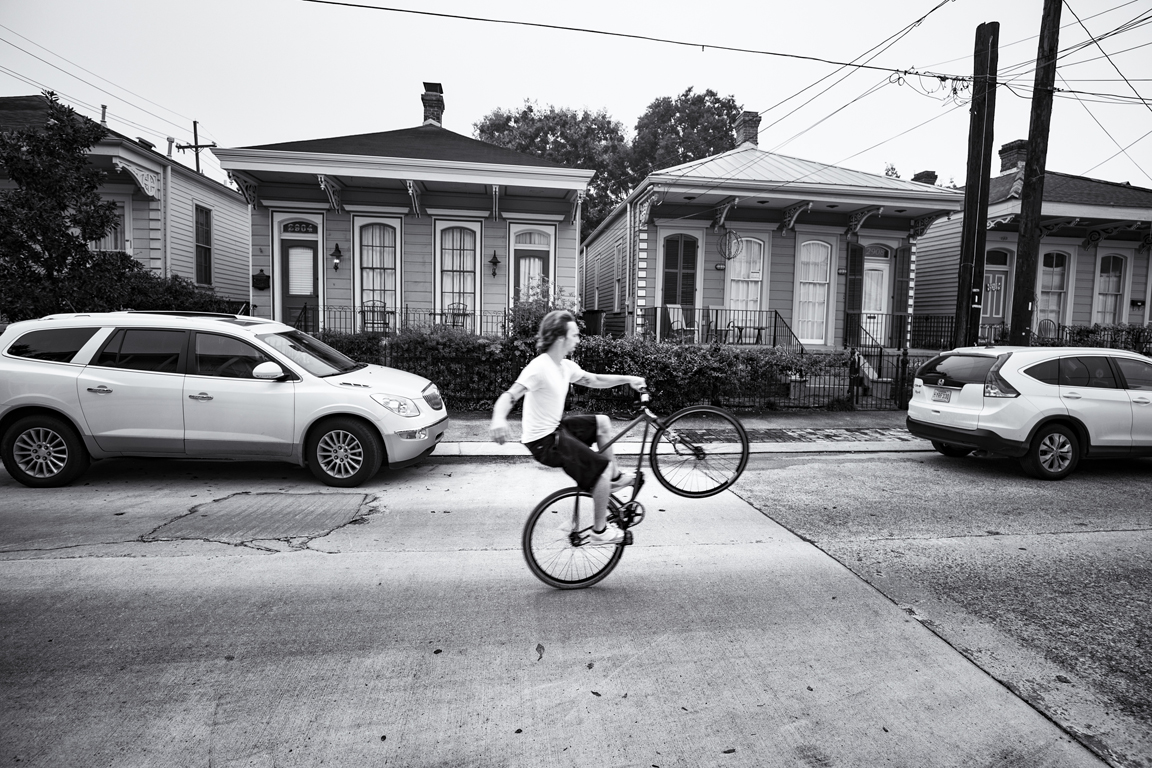
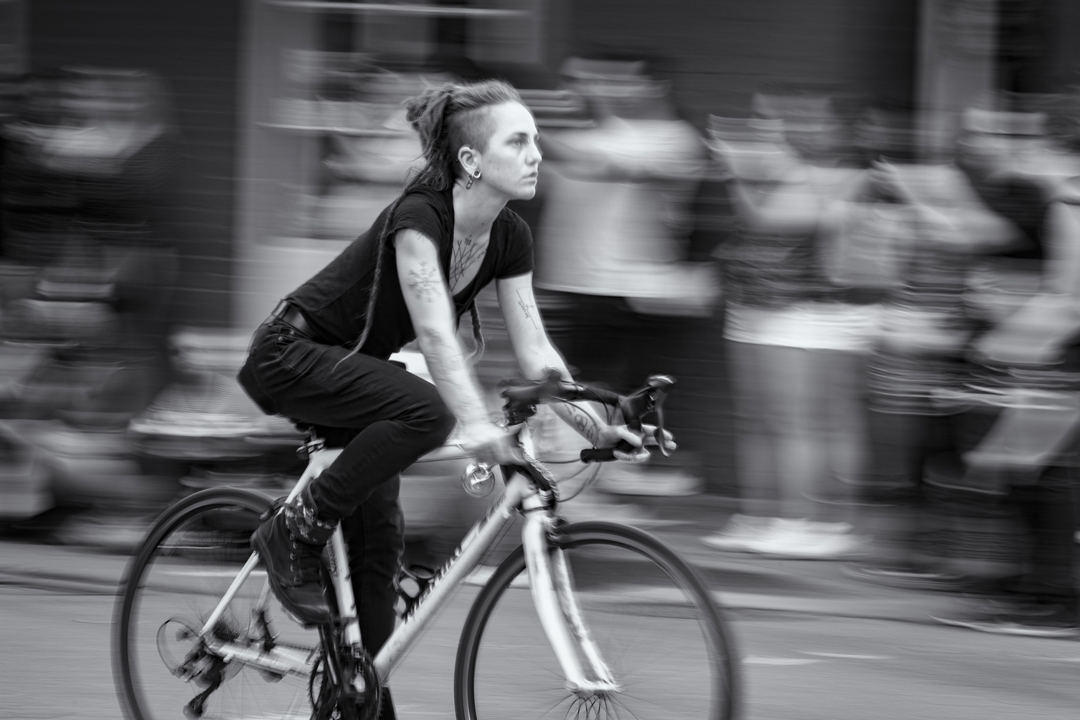
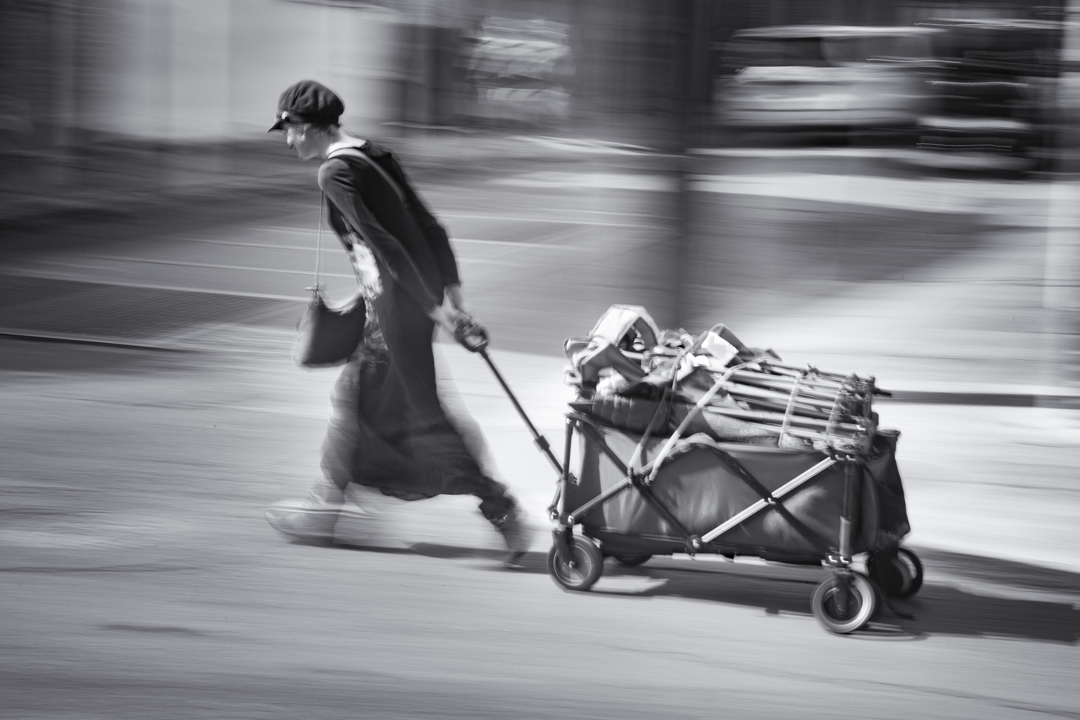
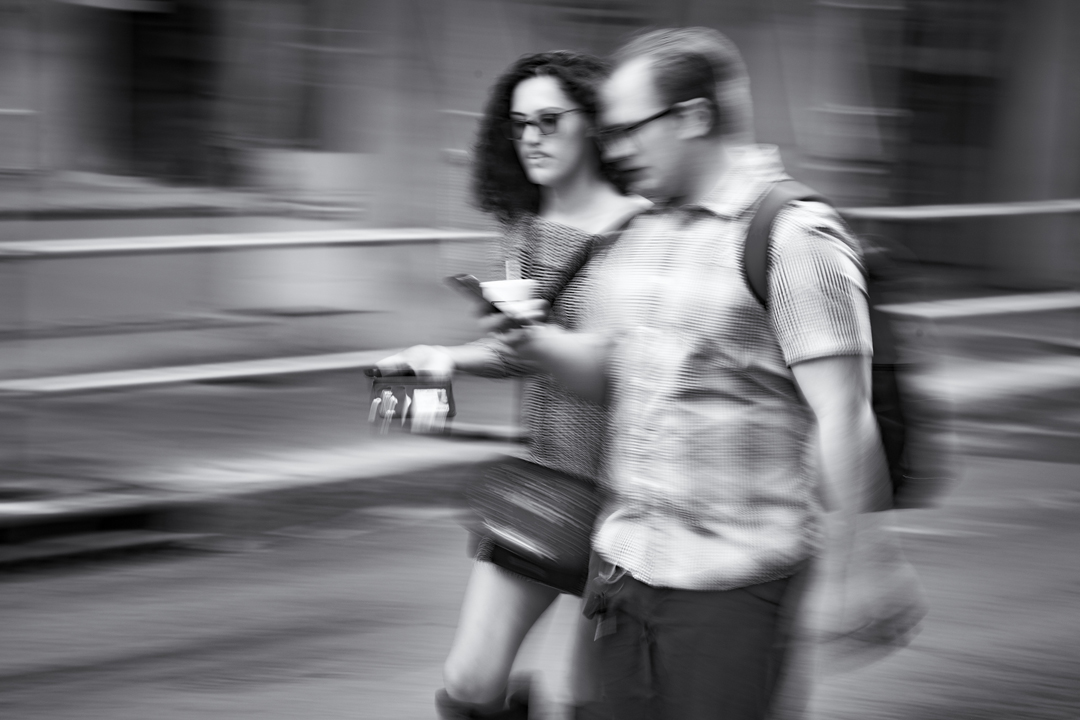
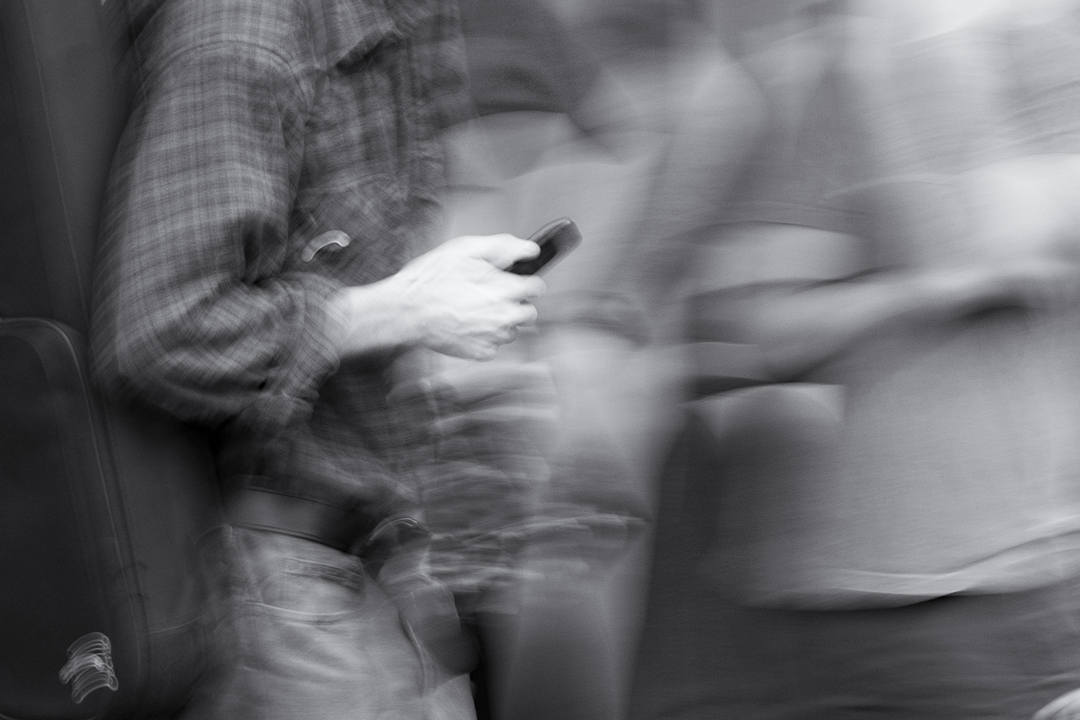
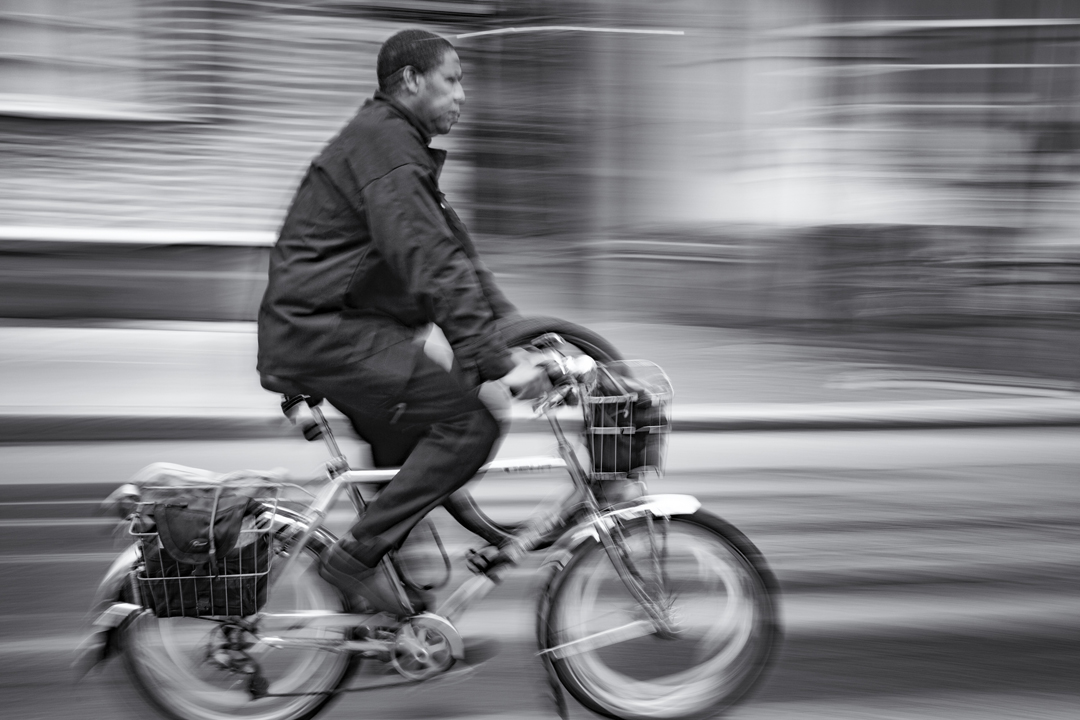
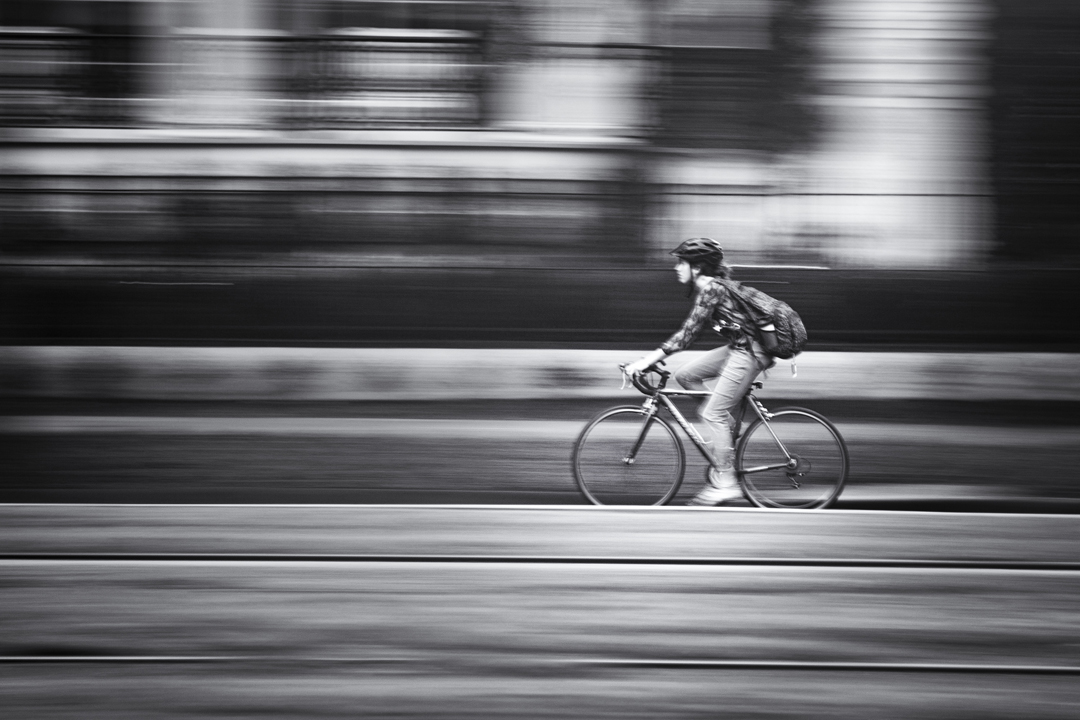
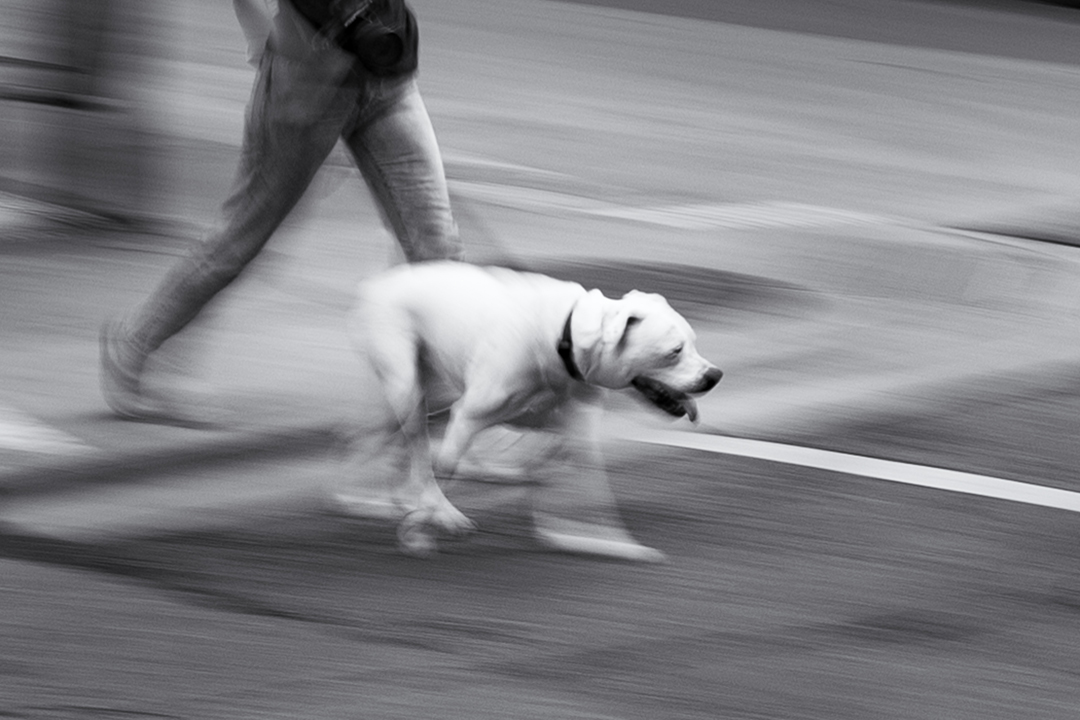

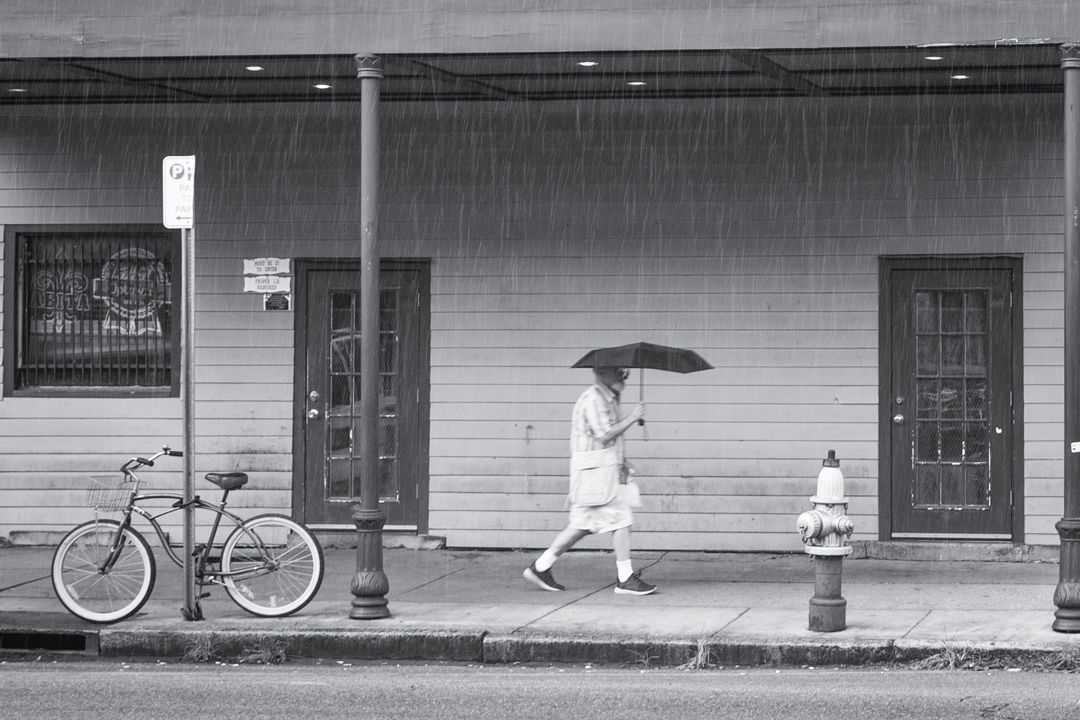
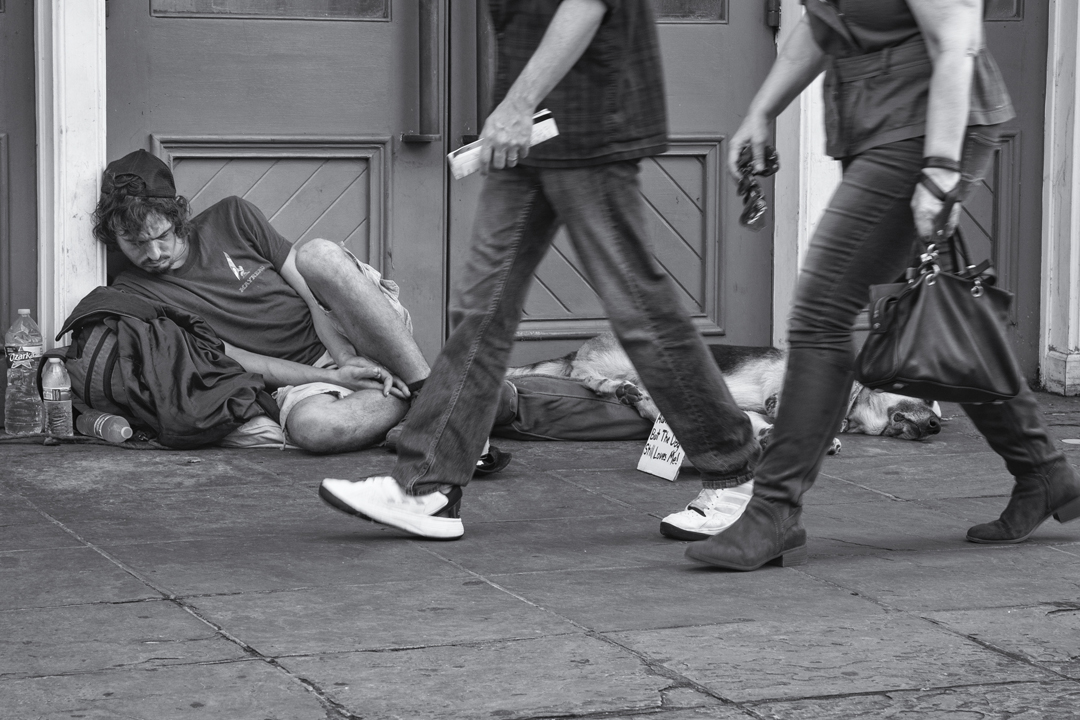
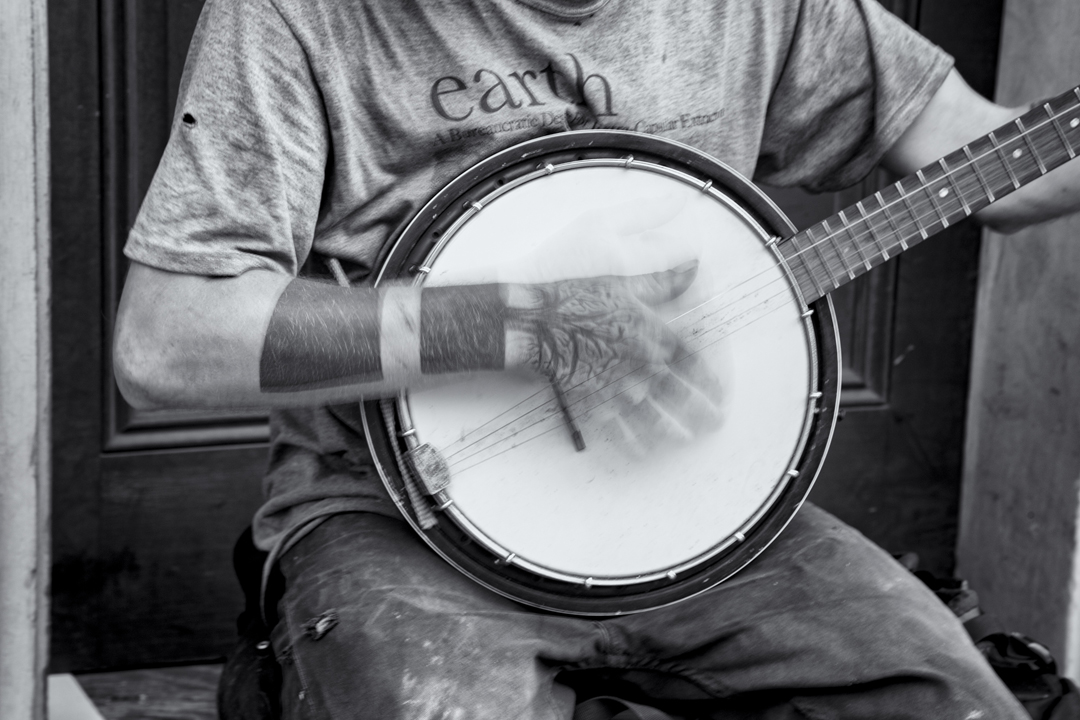
Fern Nesson
"All Here, All Now"
Here, now is all we have. We bring all of our past to the present moment and within us is all of the potential for the future.
Our subjective experience of time is continuous and uniform, emerging from the past and flowing toward the future. But Einstein proved that time varies relative to the speed of light, slowing down or speeding up depending upon our own trajectory through space. And Buddhists say time is cyclical, always repeating. Some physicists even assert that, given the right conditions, time may flow backwards.
As a scientist, Fern Nesson lines up with Einstein; spiritually, she feels kinship with Buddhism. Like all of us, Fern experiences the forward flow of time's arrow, rushing her all too fast into her future. But, as a photographer, she doesn't have to choose sides. For her, the debate is both infinitely interesting and totally beside the point. Whatever we believe the nature of time to be, we have only the present moment in which to experience it. Living in that moment and capturing its essence in an image is reward enough.
These images are Fern's way of communicating that we have only the present moment. We cannot relive the past and the future will never come. When and if we get there, it will be the present. All here, all now.
Fern L. Nesson is a fine art photographer who lives in Cambridge, Massachusetts. She received her MFA in Photography from Maine Media College (2018), a J.D. from Harvard Law School (1971), and an M.A. in American History from Brandeis University (1987).
Fern's spare photographs distill reality to its essence, highlighting its energy through placement of forms and the use of abstraction. Her photographs have been exhibited in solo exhibitions at Les Rencontres de la Photographie in Arles, France, the MIT Museum, the MetaLab at Harvard, the Beacon Gallery in Boston, the Auburn Gallery in Los Angeles and on artsy.net. Additionally, her work has been selected for juried exhibitions at galleries and museums in Boston, New York, Rome, Budapest, Los Angeles, Middlebury, Vt., Wichita, and Rockport, Maine.
Fern's photobook, Signet of Eternity, was the recipient of the 10th Annual Photobooks Award and shown at the Davis-Orton Gallery (December 2019) and the Griffin Museum (2020). She is also a National Associate of The LivingNewDeal.org, for whom she writes a regular column of historical photo essays and a contributing editor to BonjourParis.com, writing photo essays on art and culture.
All images in the portfolio are Digital Inkjet Prints, 16" X 24" or 16" X 16", $1,200 each, editions of 36.
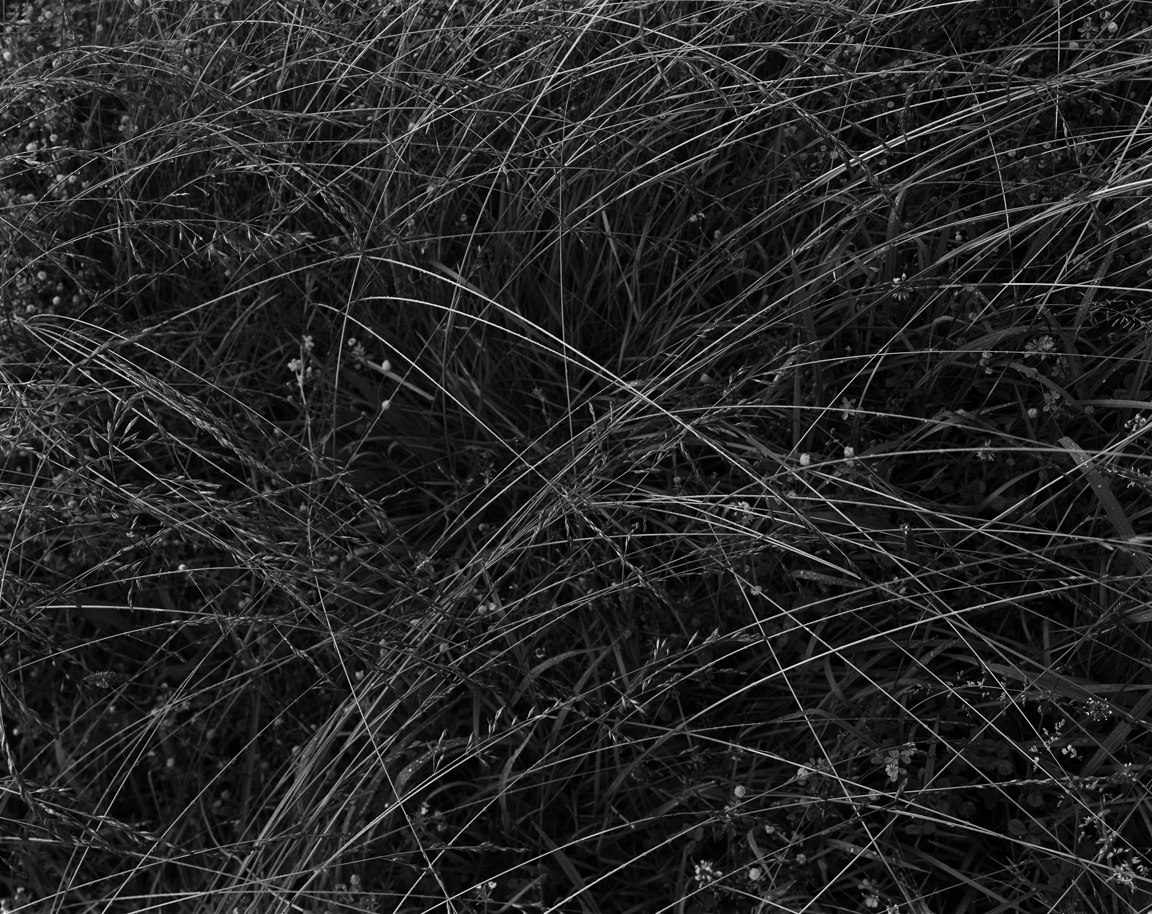
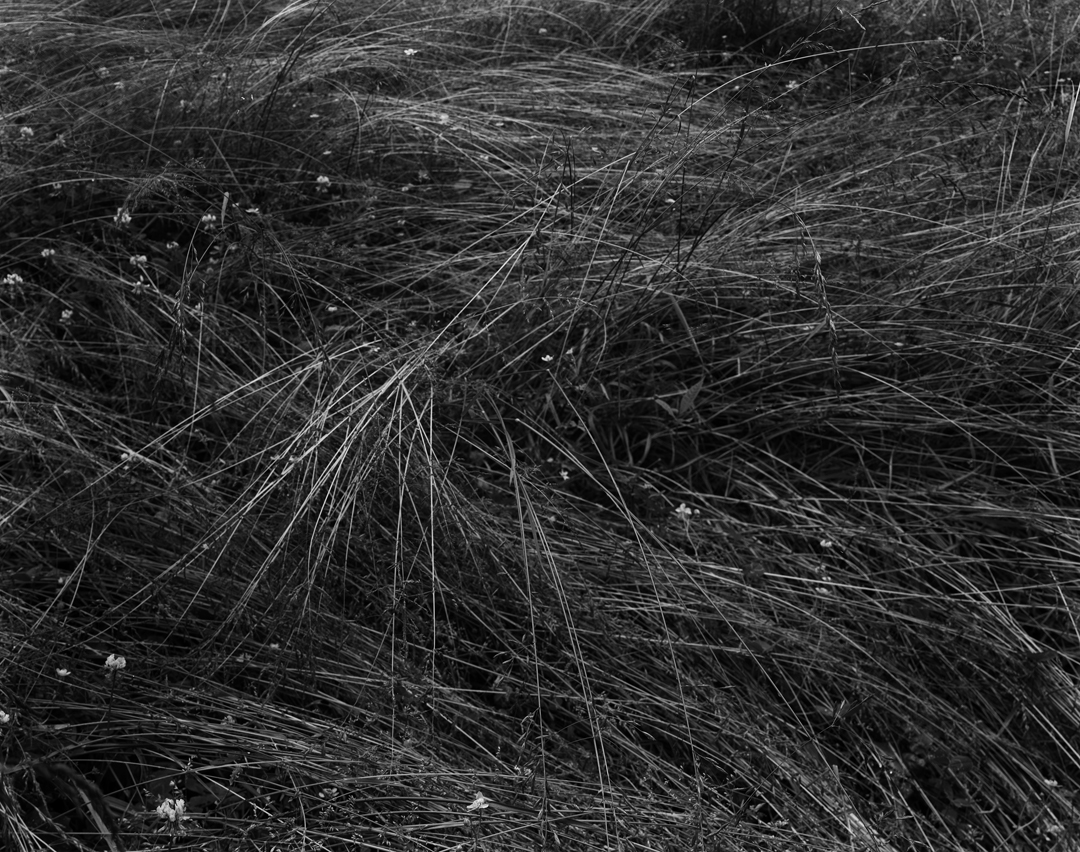
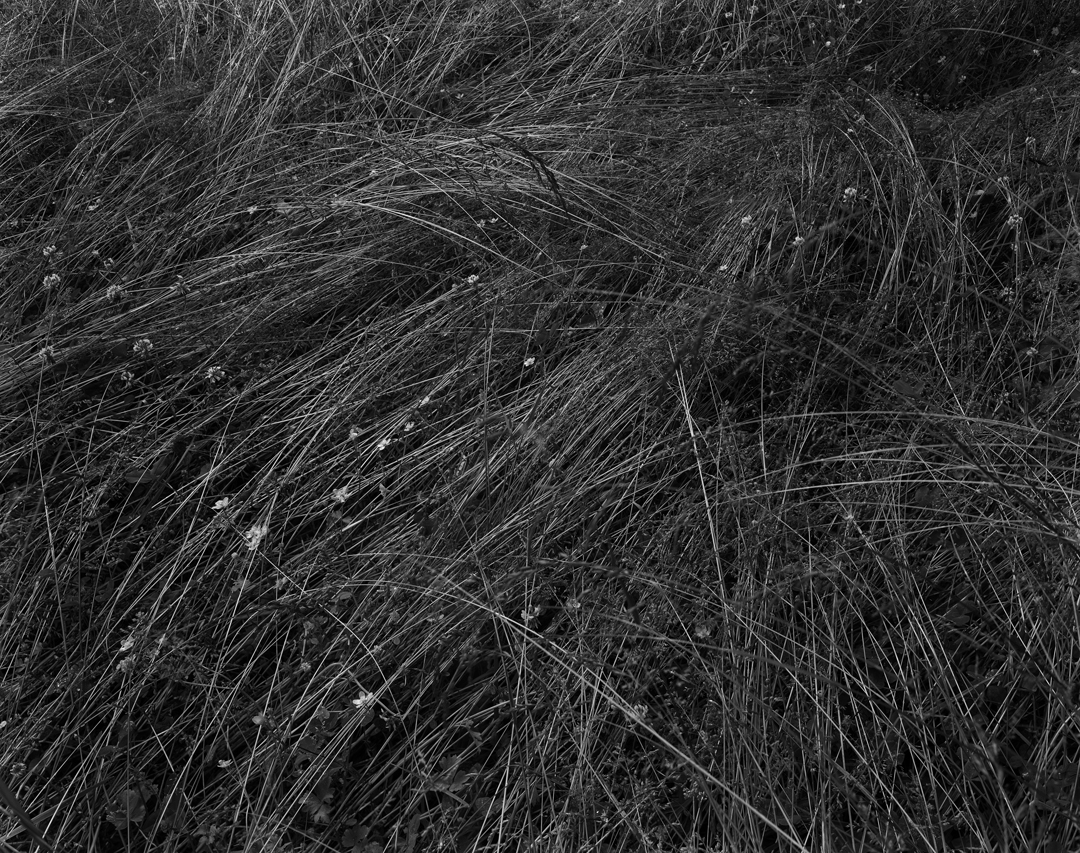
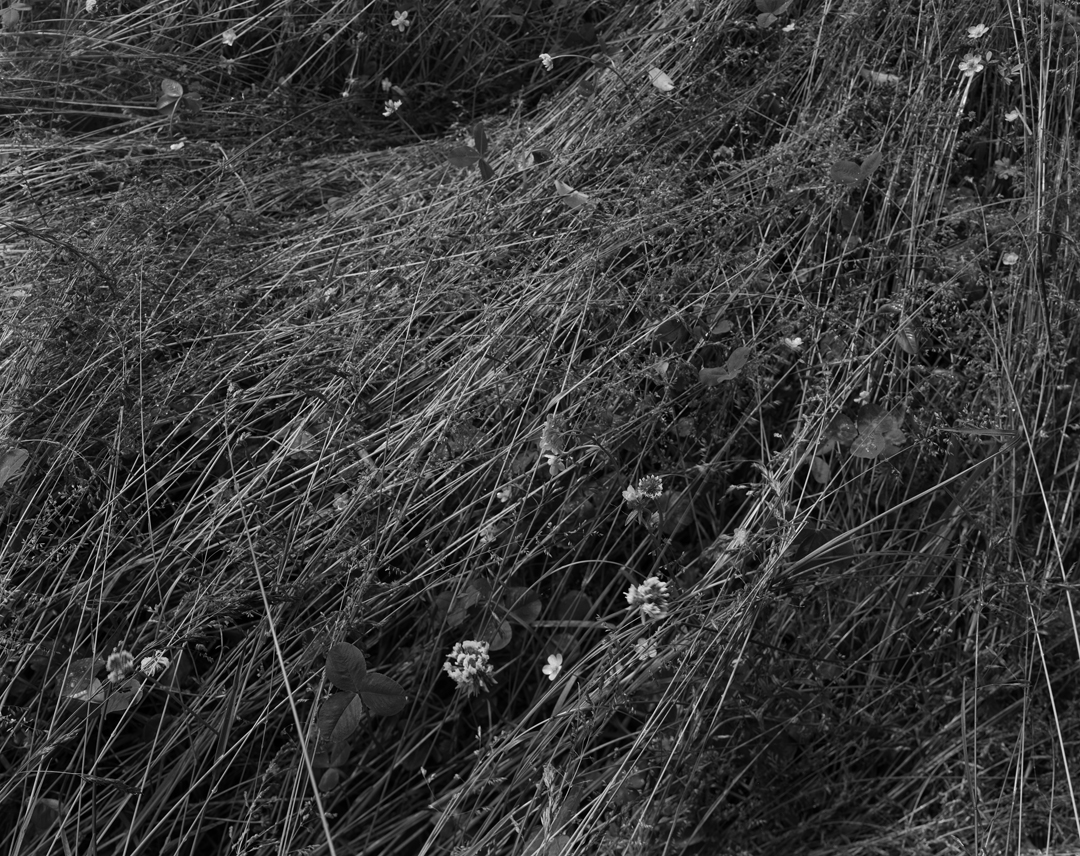
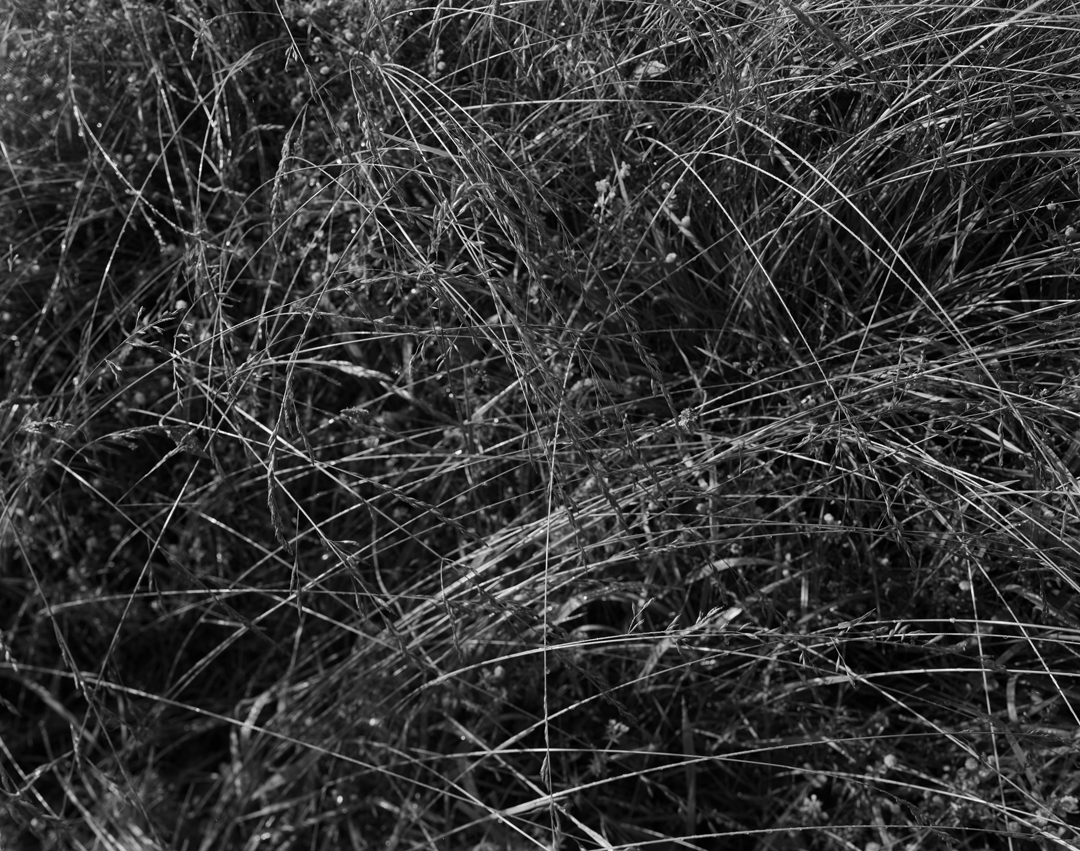
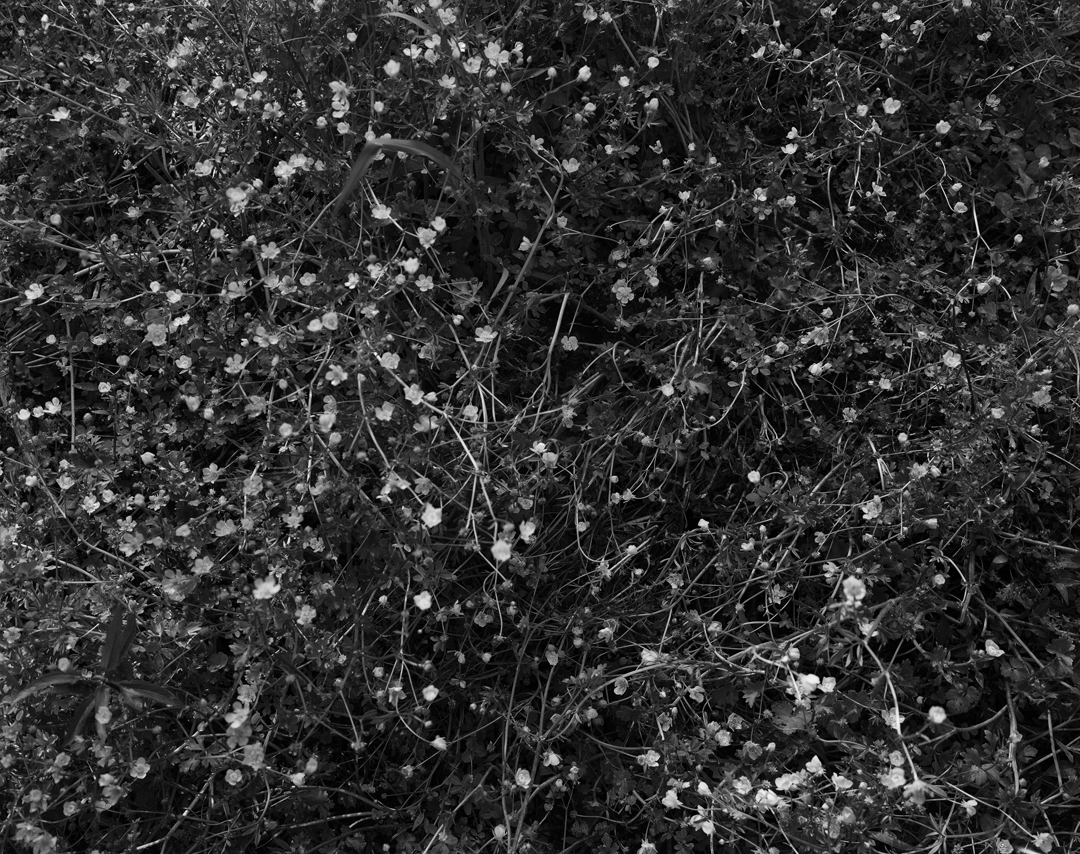
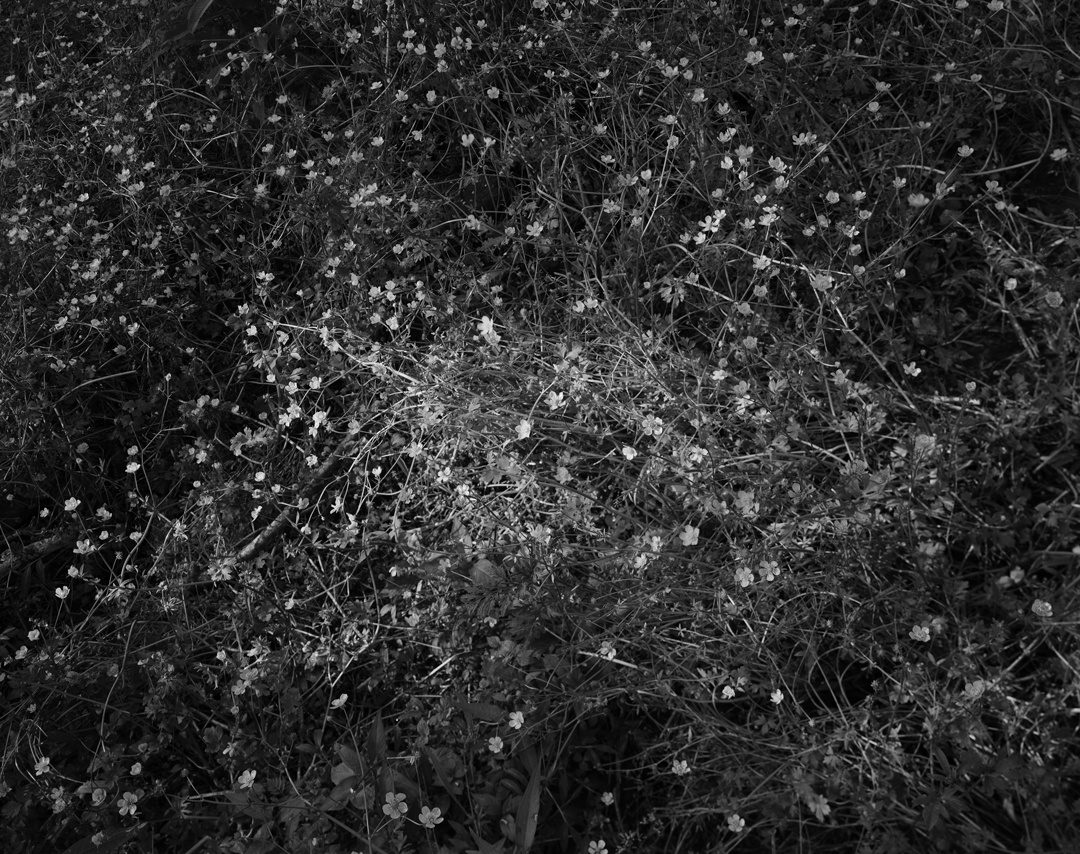
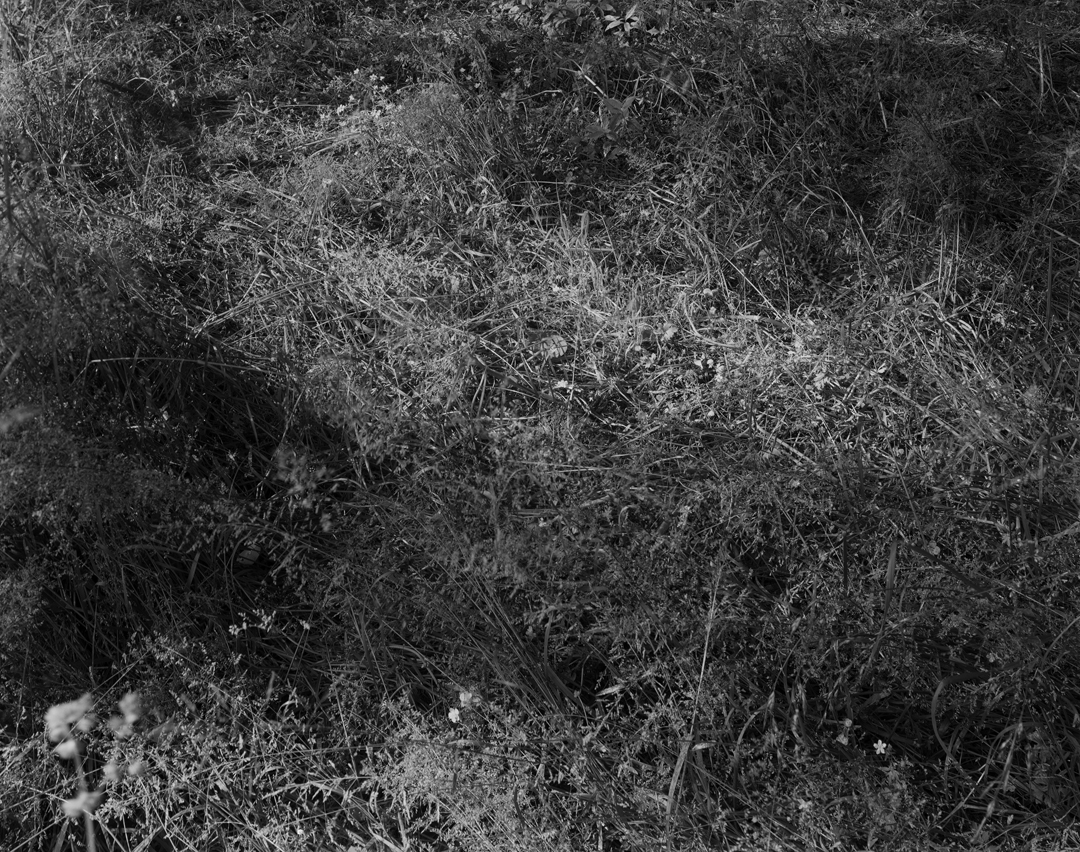
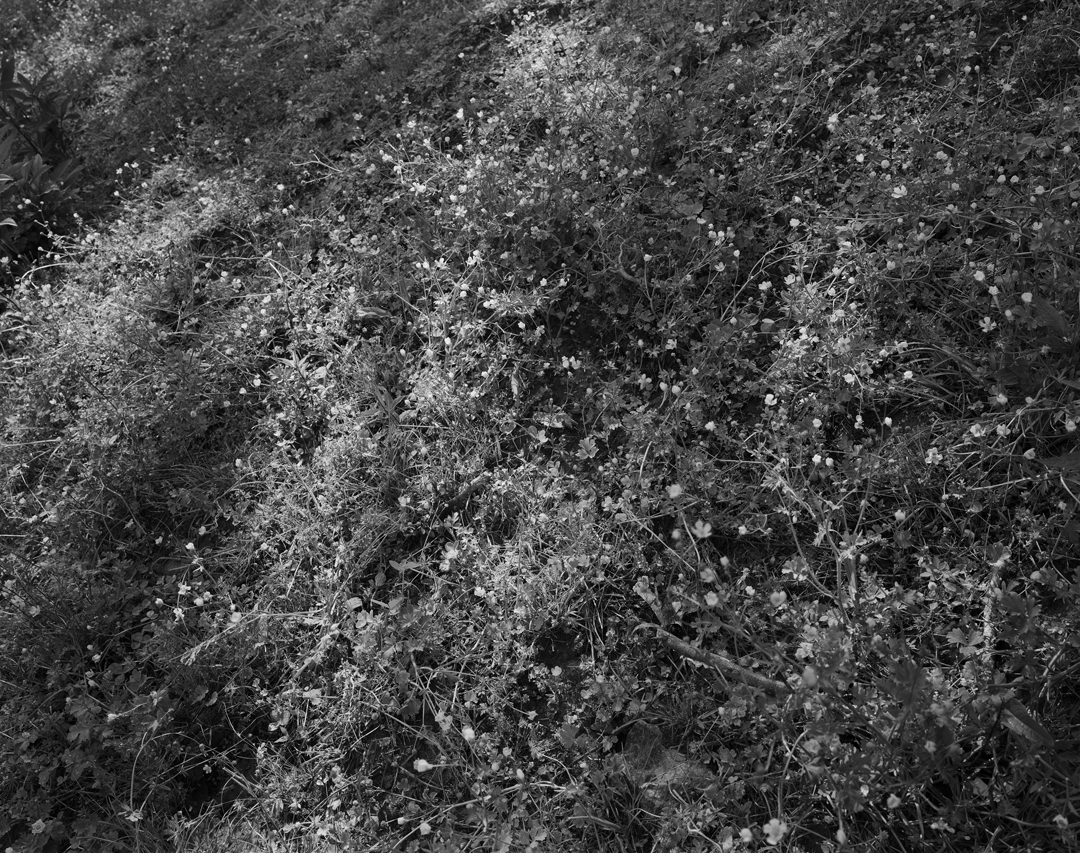
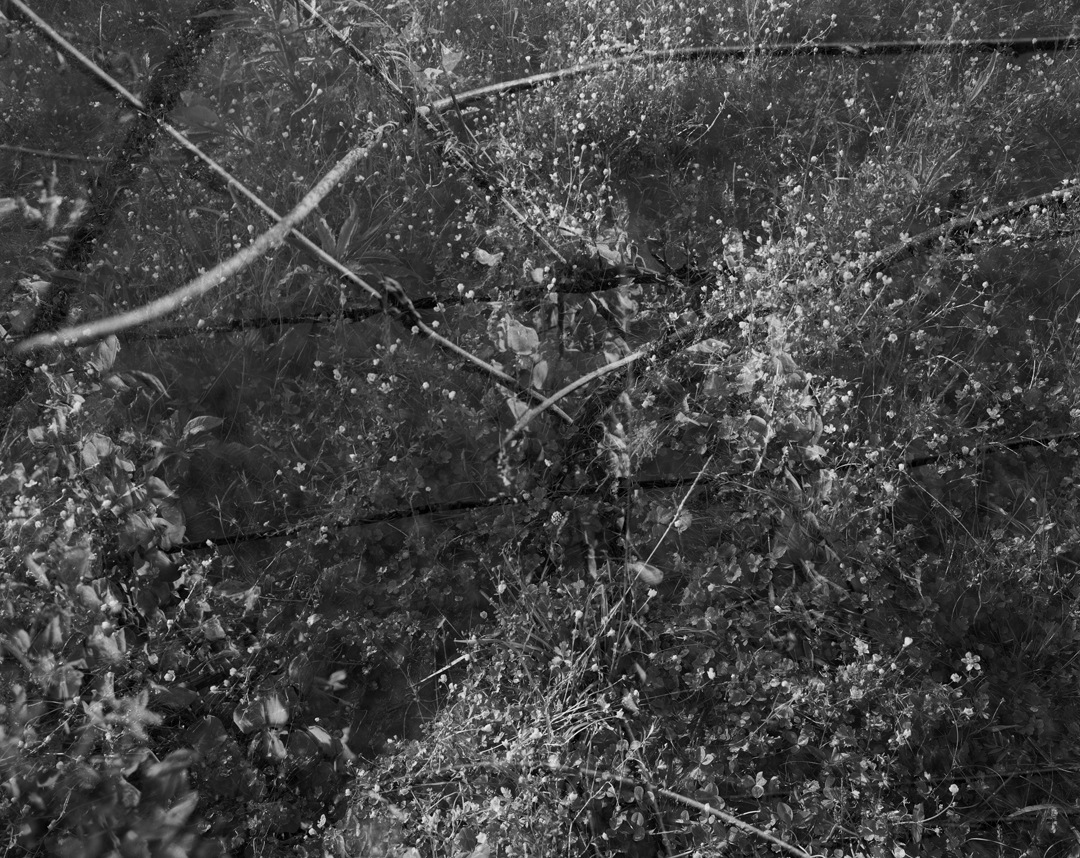
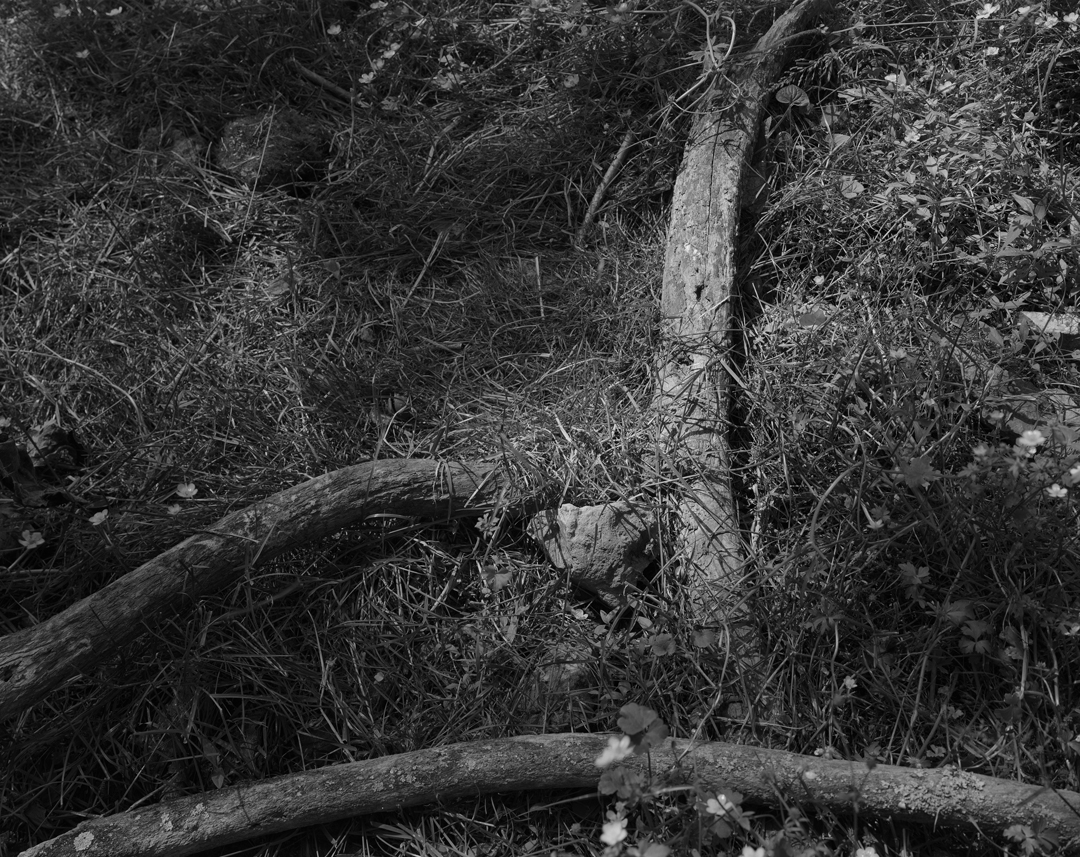
Joe Reynolds
Joe Reynold's son, Luca, and himself often take walks in the cow pastures and hayfields that surround our small house. During the pandemic, these walks became more frequent, as social distancing comes naturally among the trees and the tall grass. Joe was the one pulling his son's red wagon, but he was the one at the helm. "Pra ca?" he'd suggest in his 2-year-old Portuguese. This way? This way. This way towards a small thing he'd not noticed.
These pictures remind Joe of our fragility and of how small we truly are... "the infinite in a rectangular piece of ground," as his teacher Mark Wood put it. In learning to love the small, we learn to love infinitely, a comfort in times of crisis.
Joe Reynolds is an independent artist, teacher and writer based in Lawrenceburg, TN. He uses the camera to study the relationships that we build with the spaces around us – with the land and the people of our daily lives. A dual Brazilian/American citizen, he is especially interested in understanding our sense of belonging among each other, a sense that goes beyond distinctions of nation, race or gender.
All images in the portfolio are Silver Gelatin Prints, 30" X 40", 2020, $1,000 each.
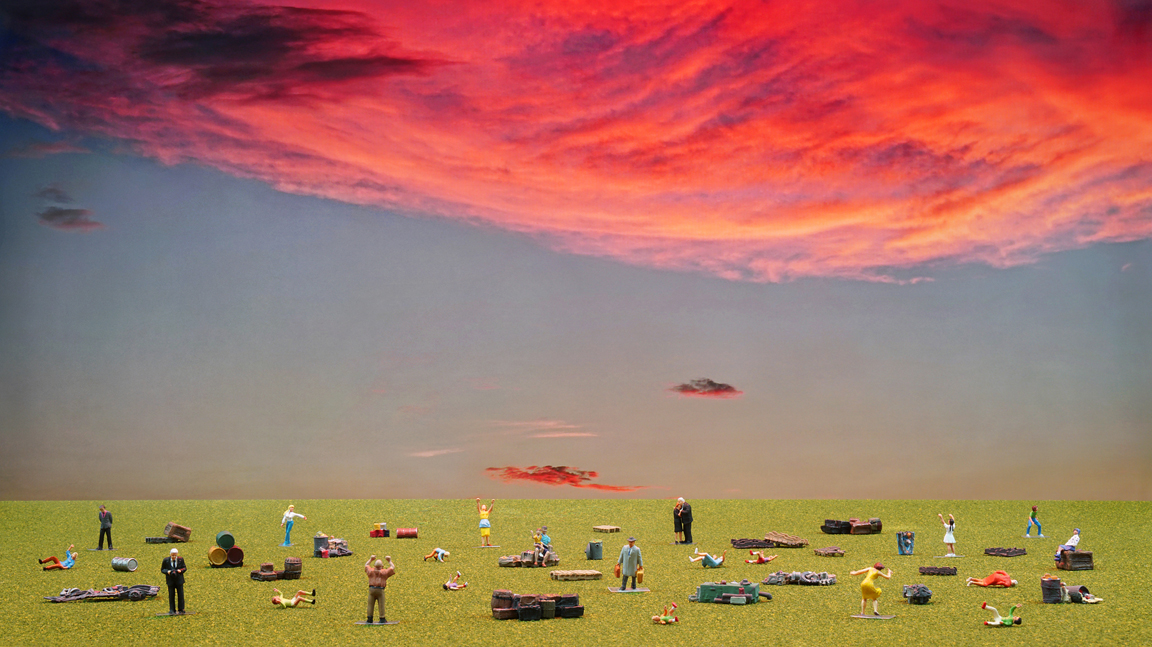
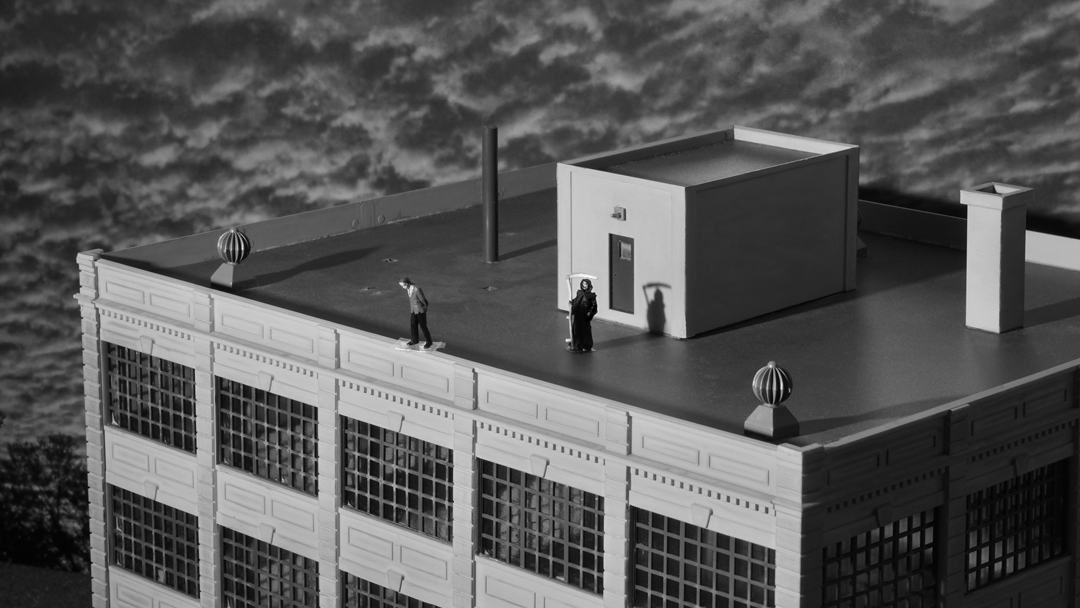
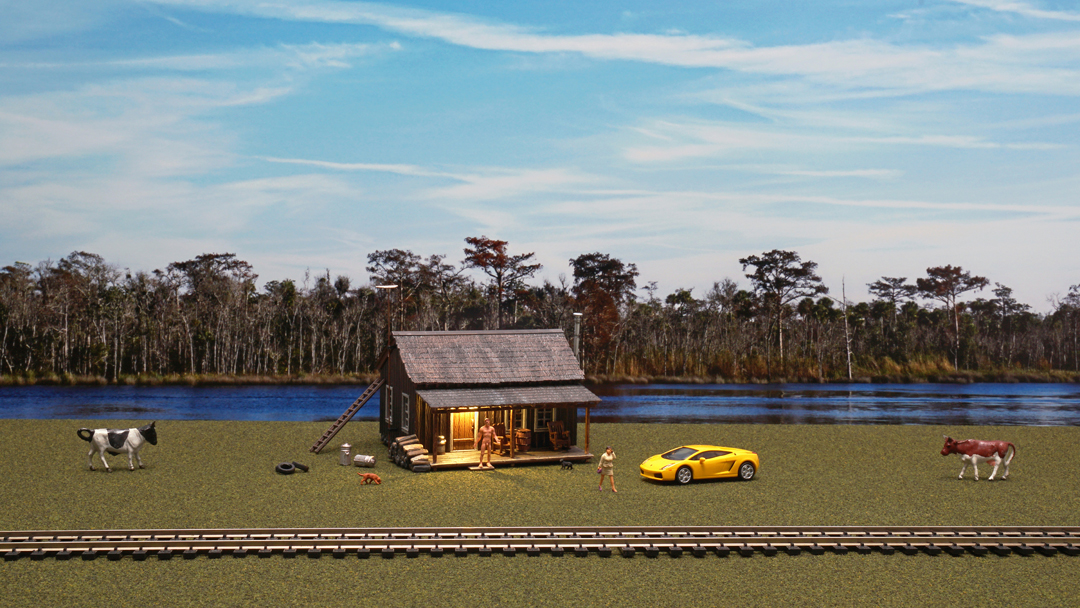
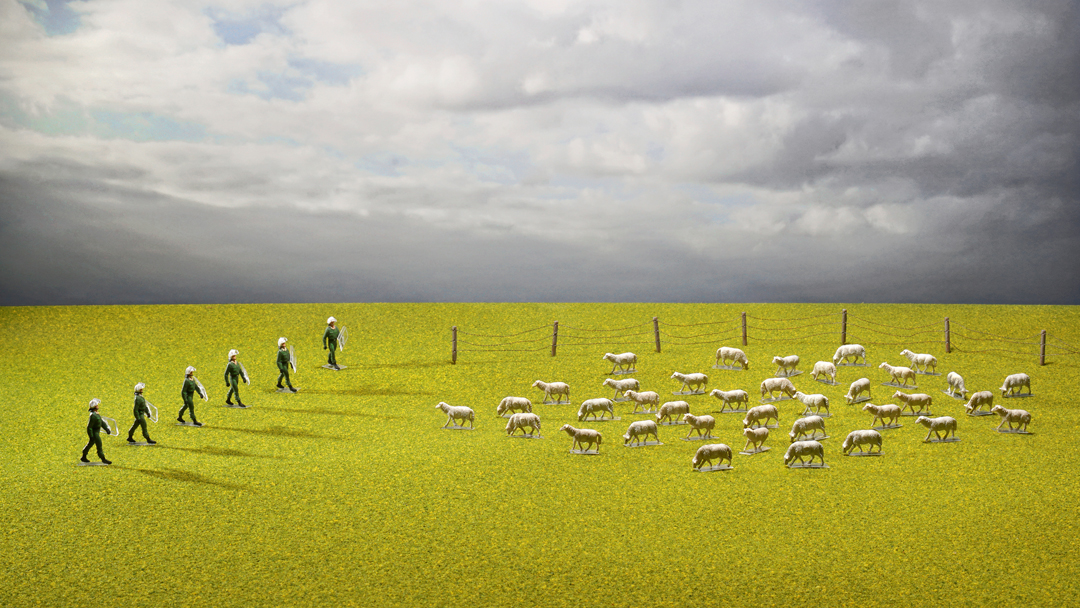
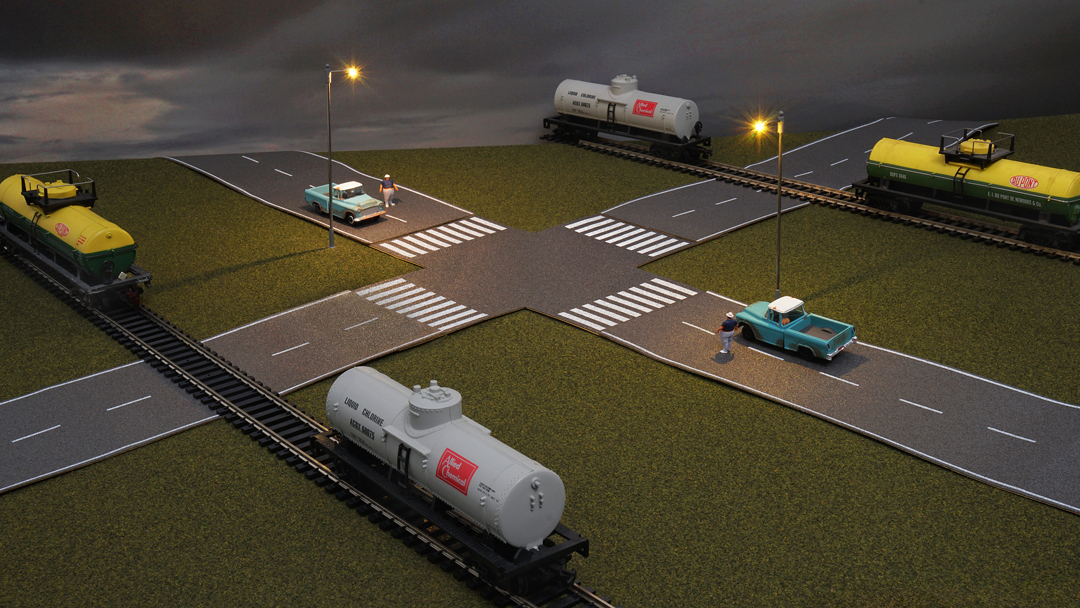
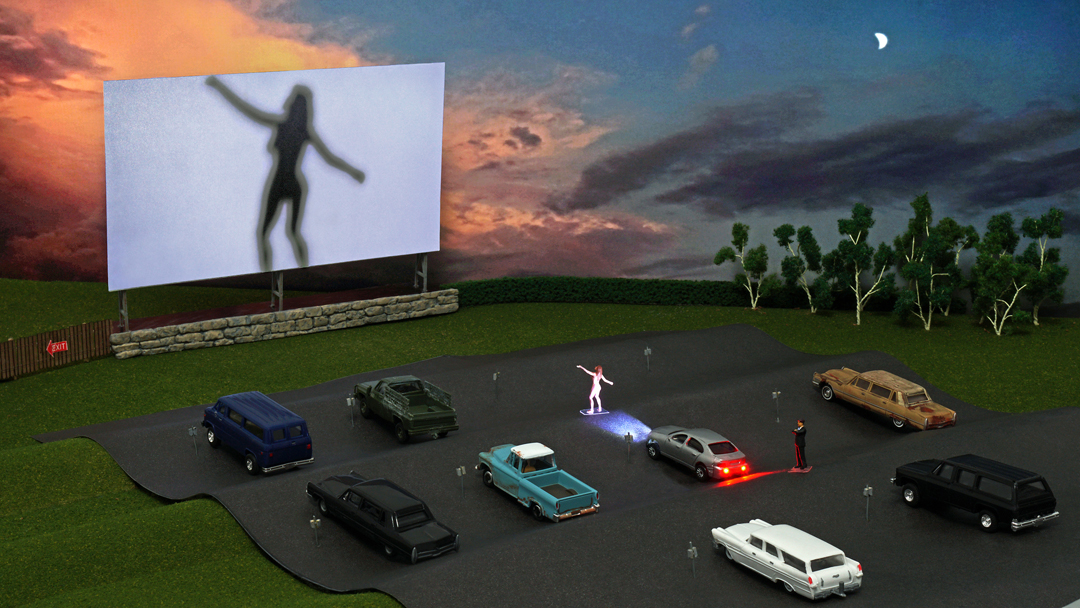
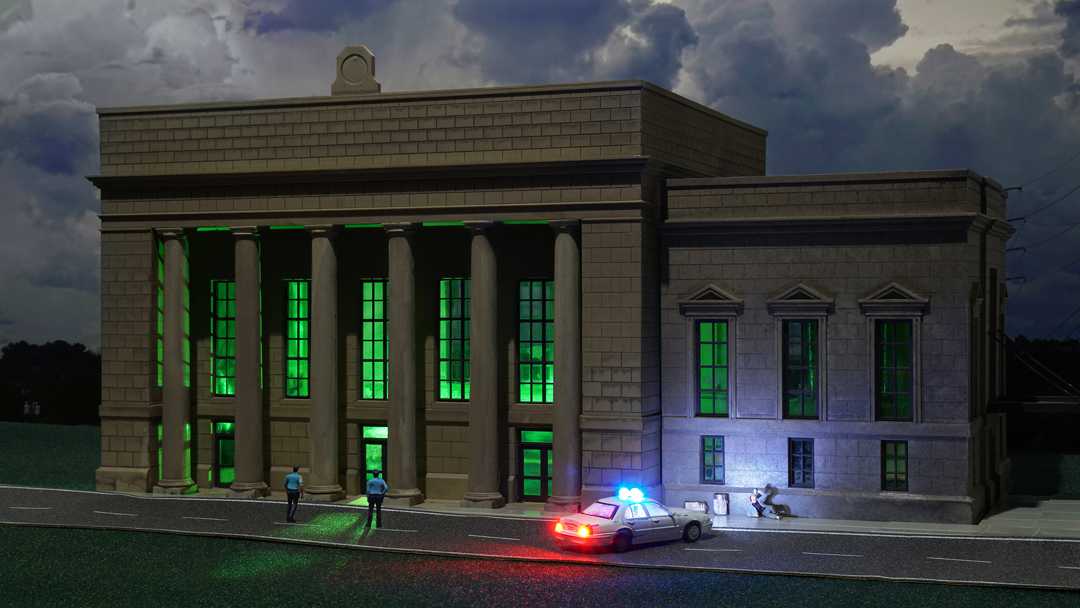
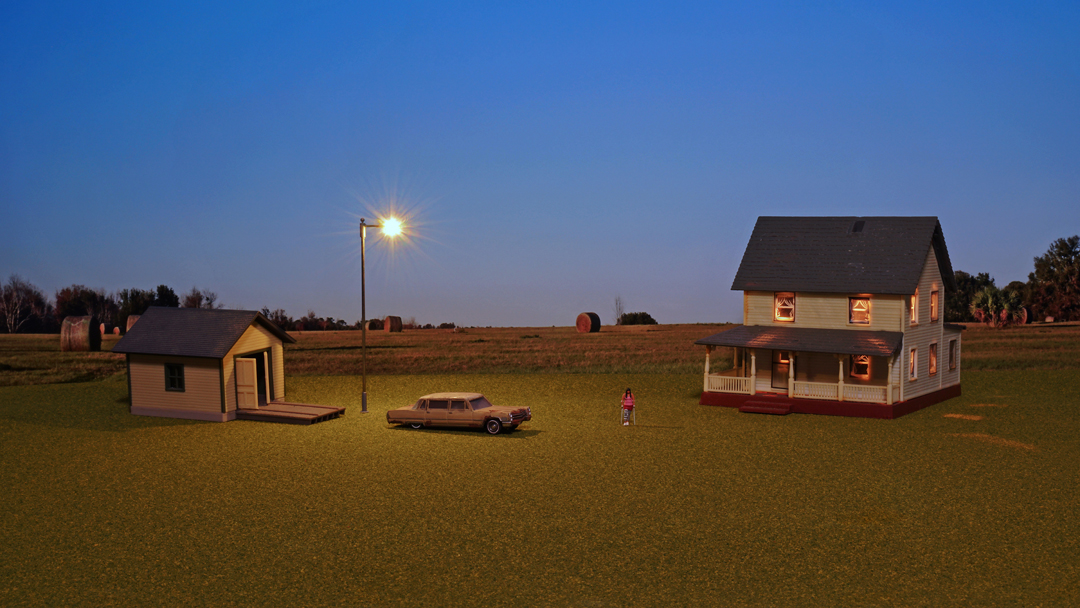
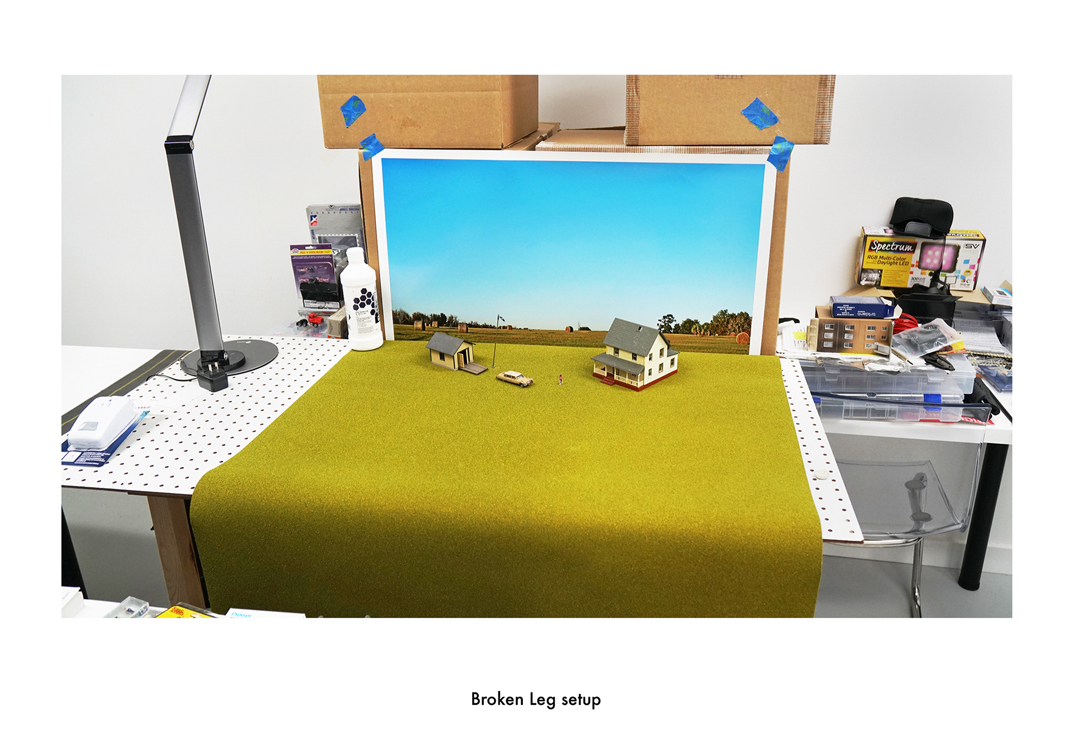
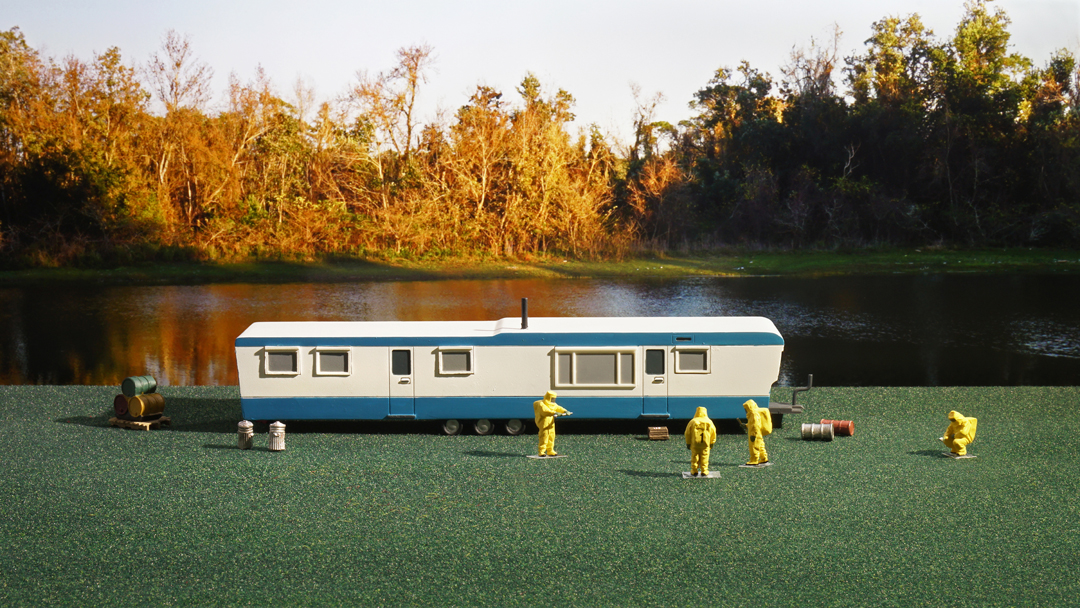
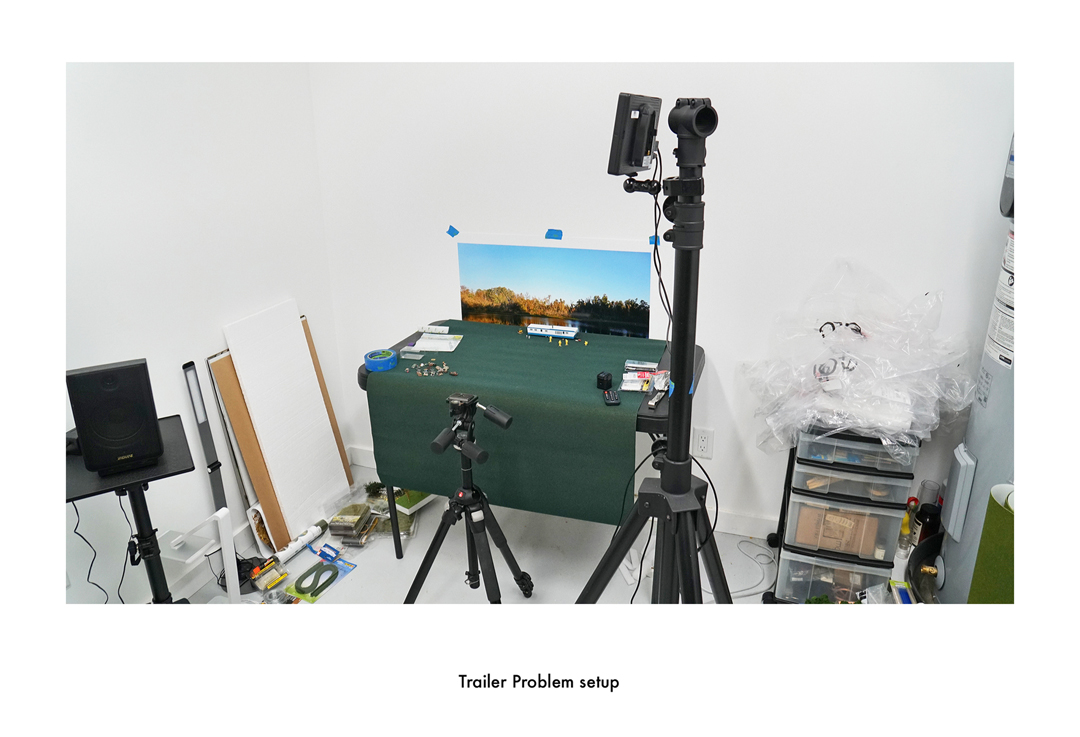
Thomas Whitworth
"Constructed Scenarios"
These still lives are built using HO scale model train figures, vehicles, structures, and lights. The backgrounds are 20" X 30" prints of actual skies and landscapes. The objects and backgrounds are then positioned and lighted to help blend the 3D and 2D together visually.
Like cinema, this work utilizes built sets, actors, props, lighting and backdrops to form a narrative. Intentionally created to engage viewers in their invented scenes, the tableaus are specific enough to be familiar, but not so realistic as to be convincing illusions.
Wry and ironic, these images are both story and still life, photographic reality and theatrical performance, small scale illusion and real world mimic. They present semi-factual information requiring the analysis of their elements and an engaged interpretive skill — the ability sincerely needed for questioning the truth in our current image and information environment.
Previously Professor of Fine Arts at the University of New Orleans, Assistant Professor at the Herron School of Art, Indianapolis, IN, Visiting Artist/ Assistant Professor at the University of South Florida, Tampa, FL. and Instructor at the Jane Addams Hull House Photography Center, Chicago, IL.
MFA from the School of the Art Institute of Chicago, MA from California State University, Fullerton, CA., and BFA from Florida State University, Tallahassee, FL.
One person and group exhibitions, local, state, regional, and international over 40 years. Work included in the collections of the State of Louisiana, Bank of America, Chicago, IL, New Orleans Museum of Art, Museum of Contemporary Photography, Chicago, IL, Sackner Archive of Concrete and Visual Poetry, Miami Beach, FL. Louisiana Division of the Arts Individual Artist Fellowship 2005 and 1993, Directorʼs Choice Award - Best Series, Praxis Photographic Arts Center, Minneapolis, MN. Best of Show- Photocentric 2017, Garrison Art Center, Garrison, NY., Editions Ltd. Gallery Award 70th Indiana Artists Show, Indianapolis Museum of Art, First Place Jurorʼs Award, Tampa Biennale, Artists Alliance Gallery, Tampa, FL.
All images in the portfolio are Archival Pigment Prints, 20" X 30", 2019, $750 each.
Jason Dailey
Much of this body of work was developed after a long exploration of alternative image capture techniques and layering them along the way. Untethered Landscape series images are all made in-camera. It is based on, and actively employs, three ideas we can all expect in our lives; passing of time, the impermanence of moments and dodging perfection.
The elements in the photographs are familiar places easily found. An important aspect of the work is the ability to reproduce at least a few of the layered techniques at any given time at any given place. Non-traditional capture techniques eschew expectations. Jason Dailey is intrigued, as social humans, how we put up our own roadblocks in life as individuals. These images explore removing these stops and defining a new language for landscapes that seem more emotional and ethereal, something that cannot be taken or handled.
The aim of the work is simply to skirt perfection and allow for random moments.Steps have been made in order to challenge the definition of "landscape". Where they appear literal, Jason has taken the opportunity to remove the familiar. Where they seem organic, he has forced balance.
All images in the portfolio are Archival Inkjet Prints, $162 unframed.
David Lancaster
"Life in Motion"
Life in Motion is a photo essay of the street life of New Orleans. It was shot during a weeklong photography workshop. I was fascinated with capturing time in a still photograph in order to convey motion. The end result was honing in on a blurred style of photography that serves as the backdrop for capturing the emotion, life, and movement of New Orleans.
David Lancaster’s interest in photography began as a teenager when his father handed him a camera to photograph family events and gatherings. During college he became more involved in photography while attending a semester at the Biosphere 2 Center in Oracle, AZ. To help pay for film and developing he worked with the marketing director who supplied him with the needed gear and in return his photographs were used in the Biosphere 2 Center’s marketing and advertisement materials. During this time he also worked as the still photographer on a documentary of the protests at the 1996 Democratic National Convention in Chicago, IL.
After college he took several years off from photography to attend medical school and then to build a medical practice. Currently he is the Medical Director of Capital Region Medical Center's in-patient rehabilitation unit in Jefferson City and he has served as Chair Of Medicine.
Once his medical practice became established he opened a studio at Orr Street Studios in the North Village Arts District of Columbia, MO. His subject interests have diversified and includes landscapes, cityscapes, street photography, and portraiture.
All images in the portfolio Archival Inkjet Prints, 16" X 20", 2020, $395 each.
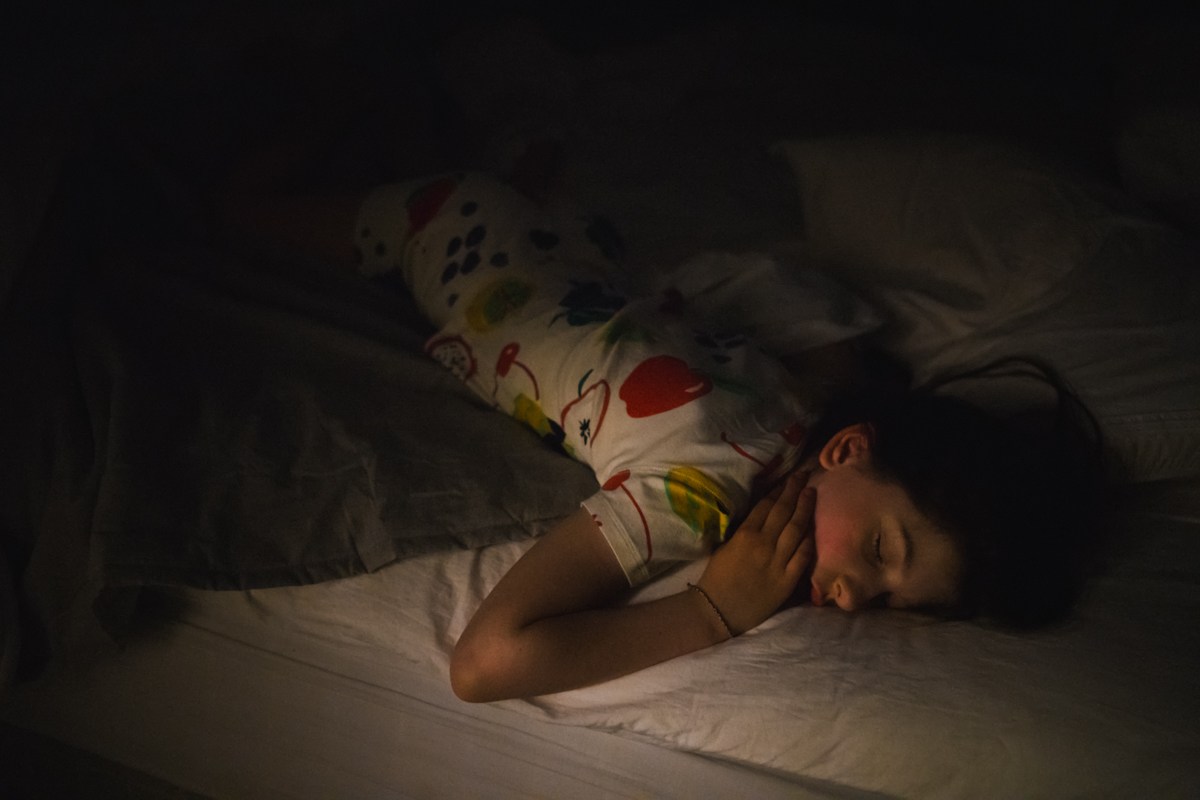
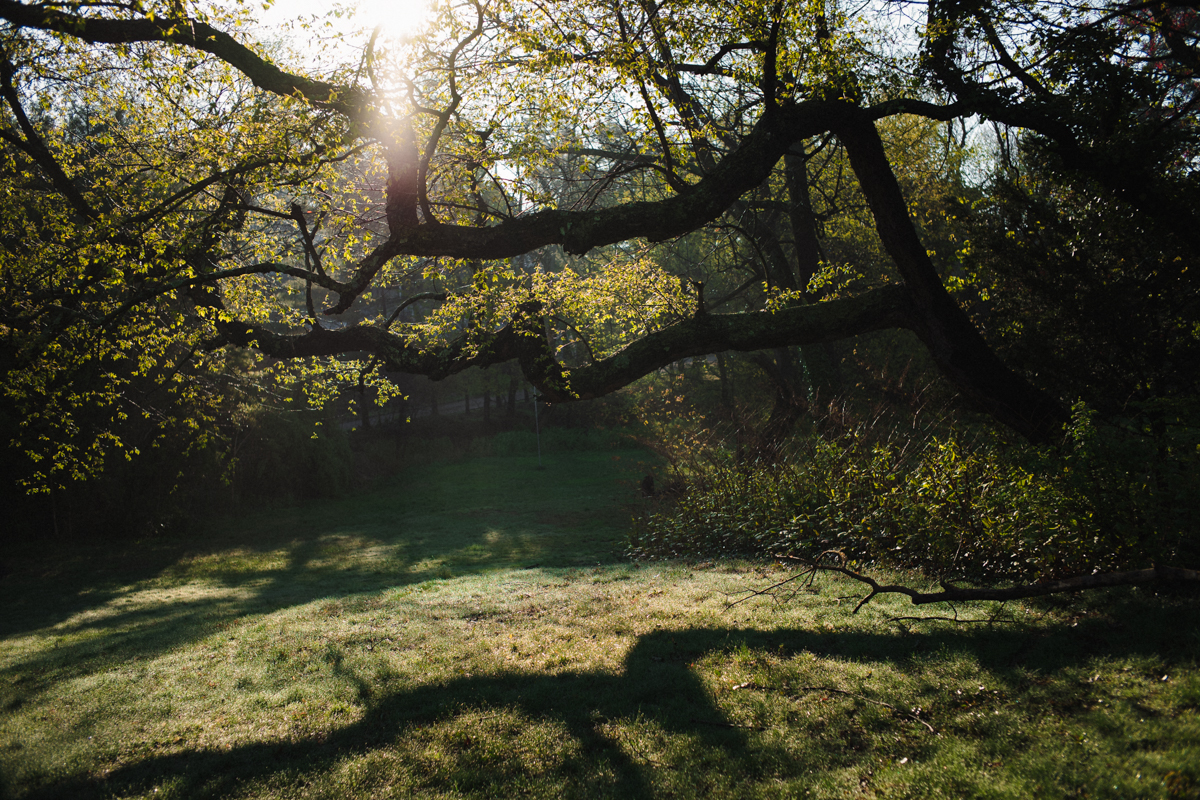
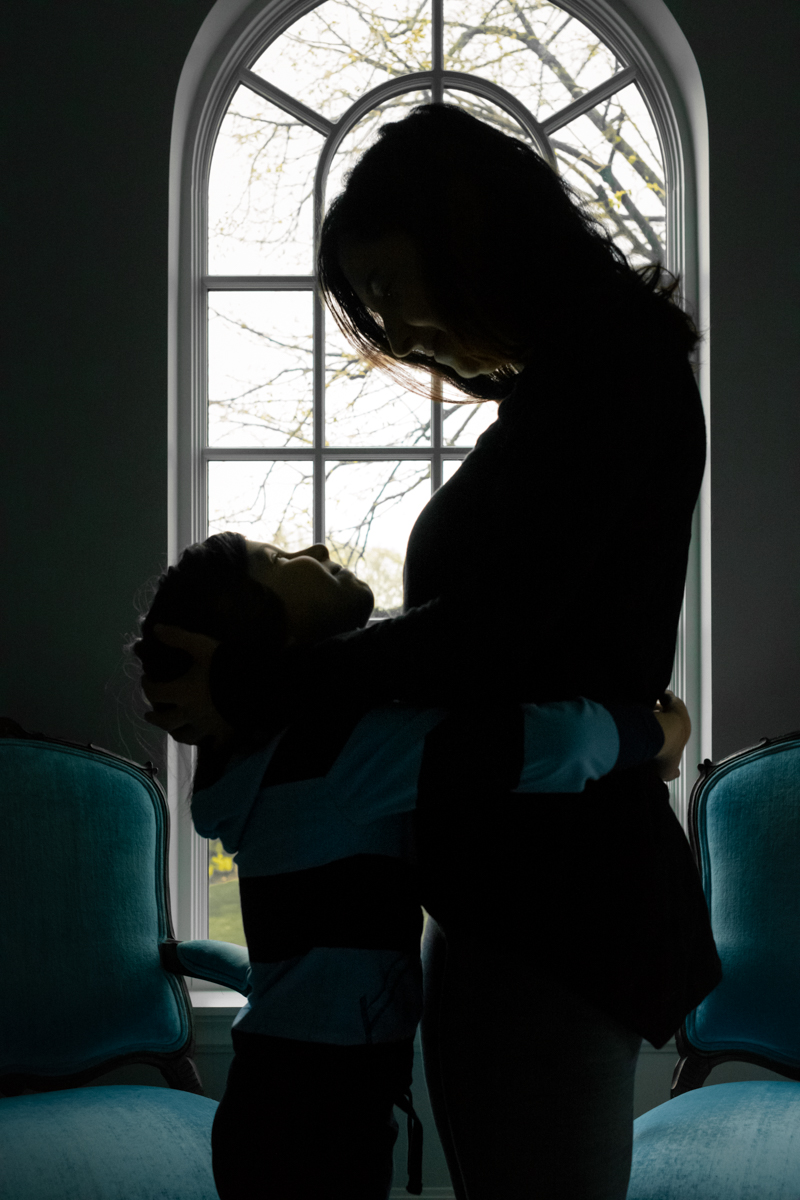
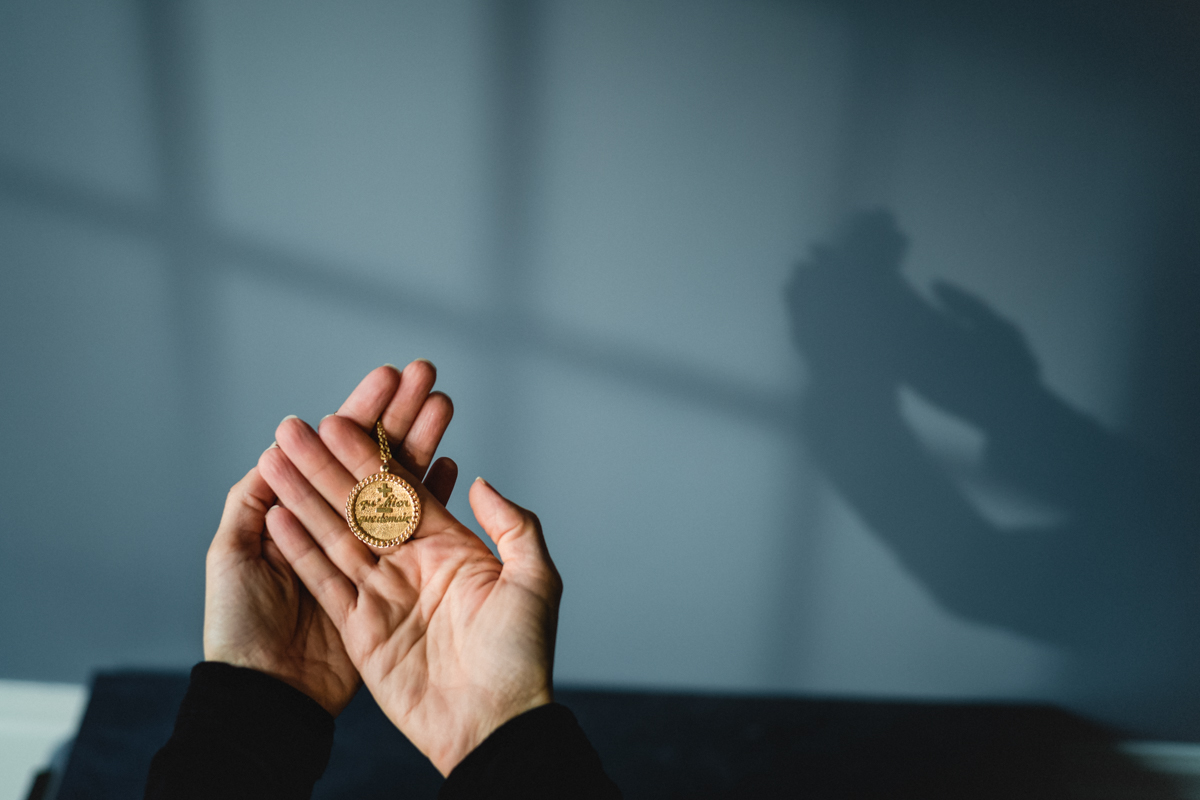
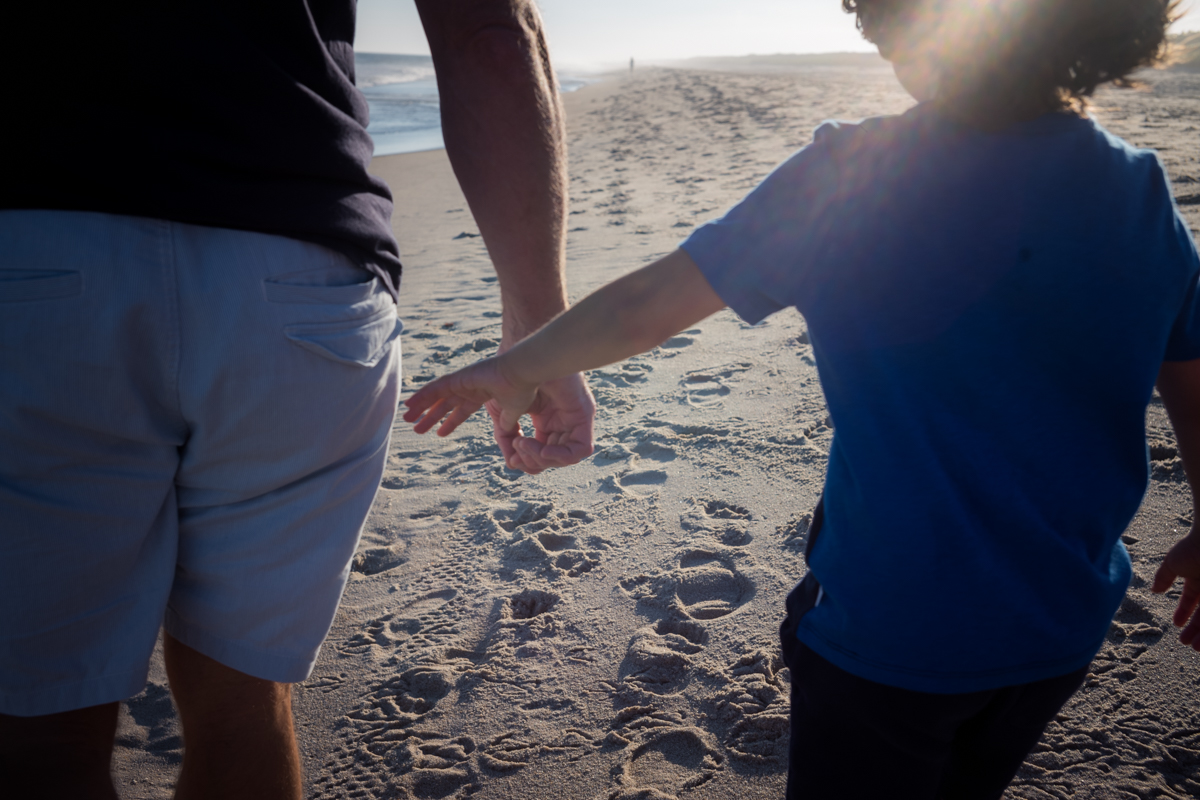
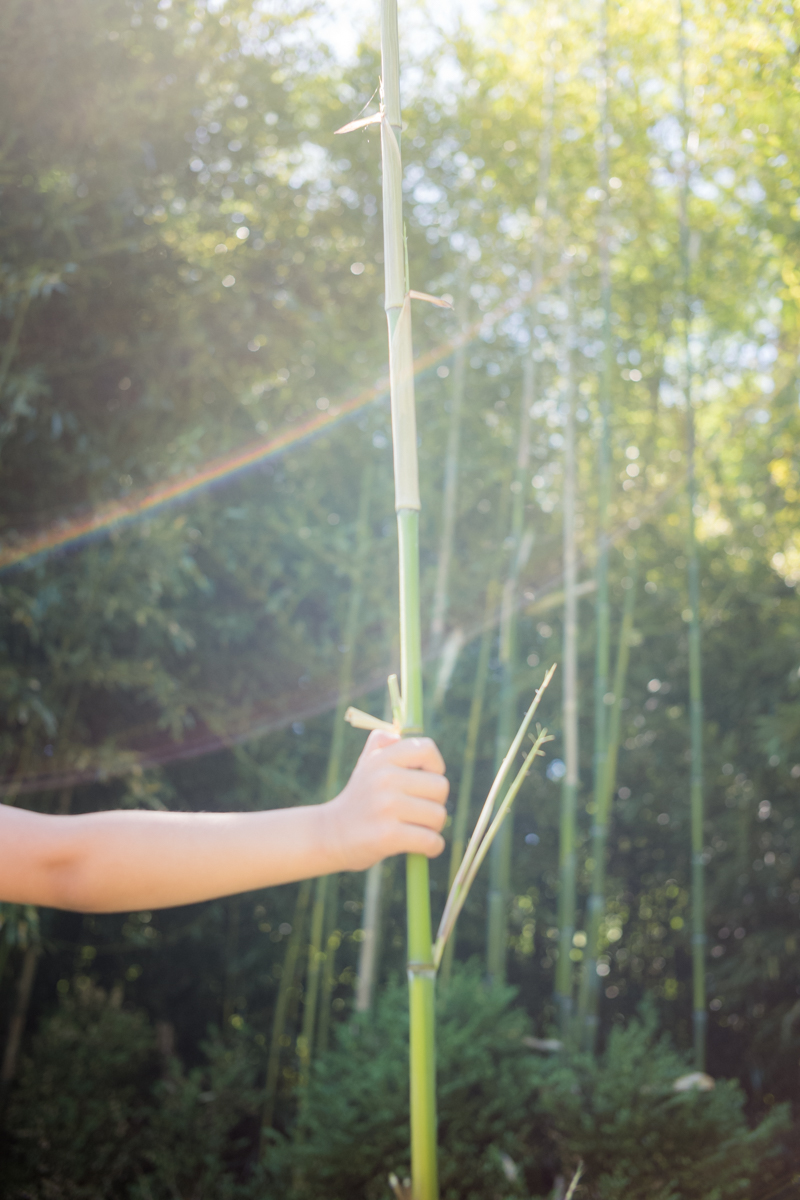
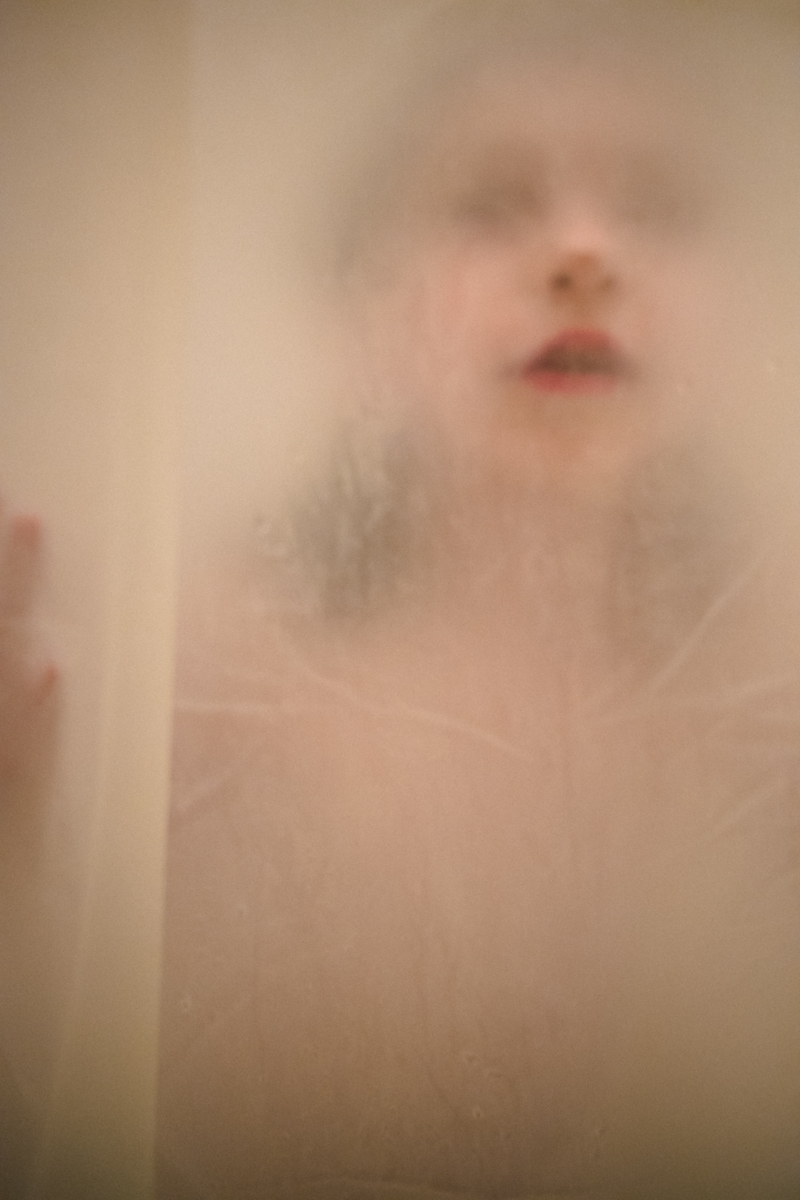
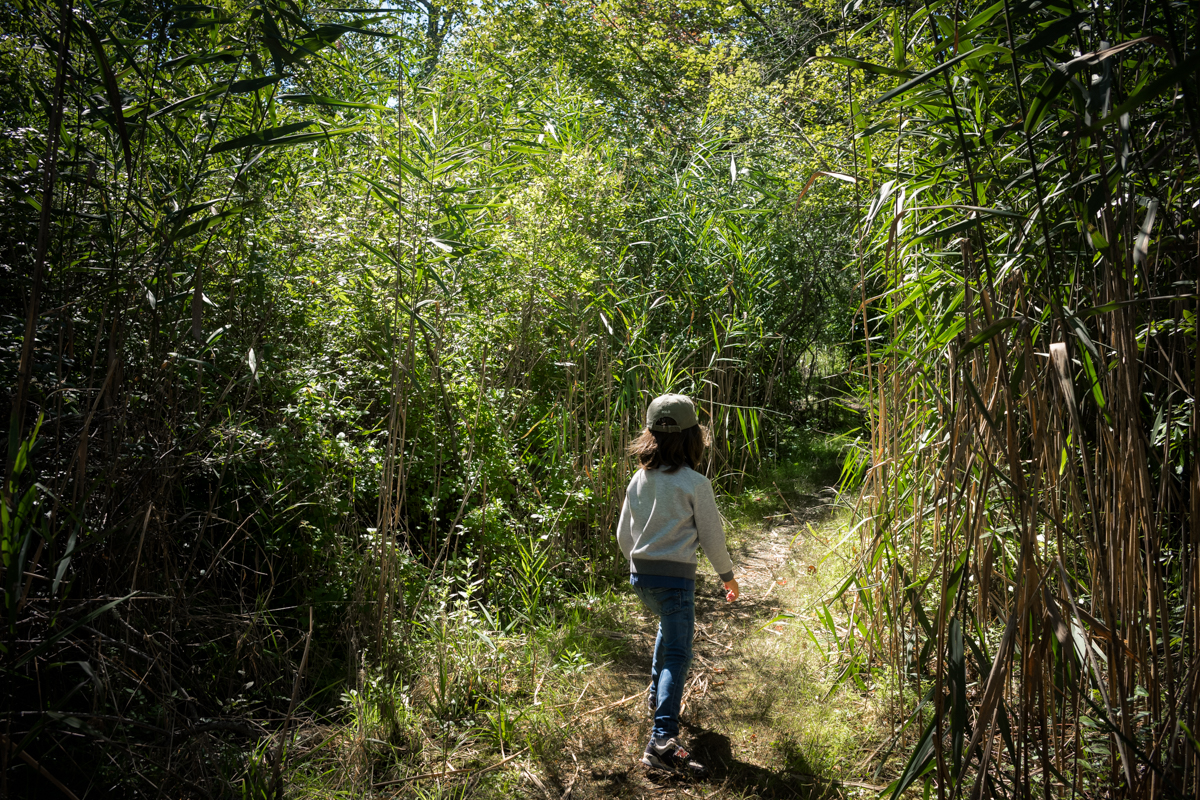
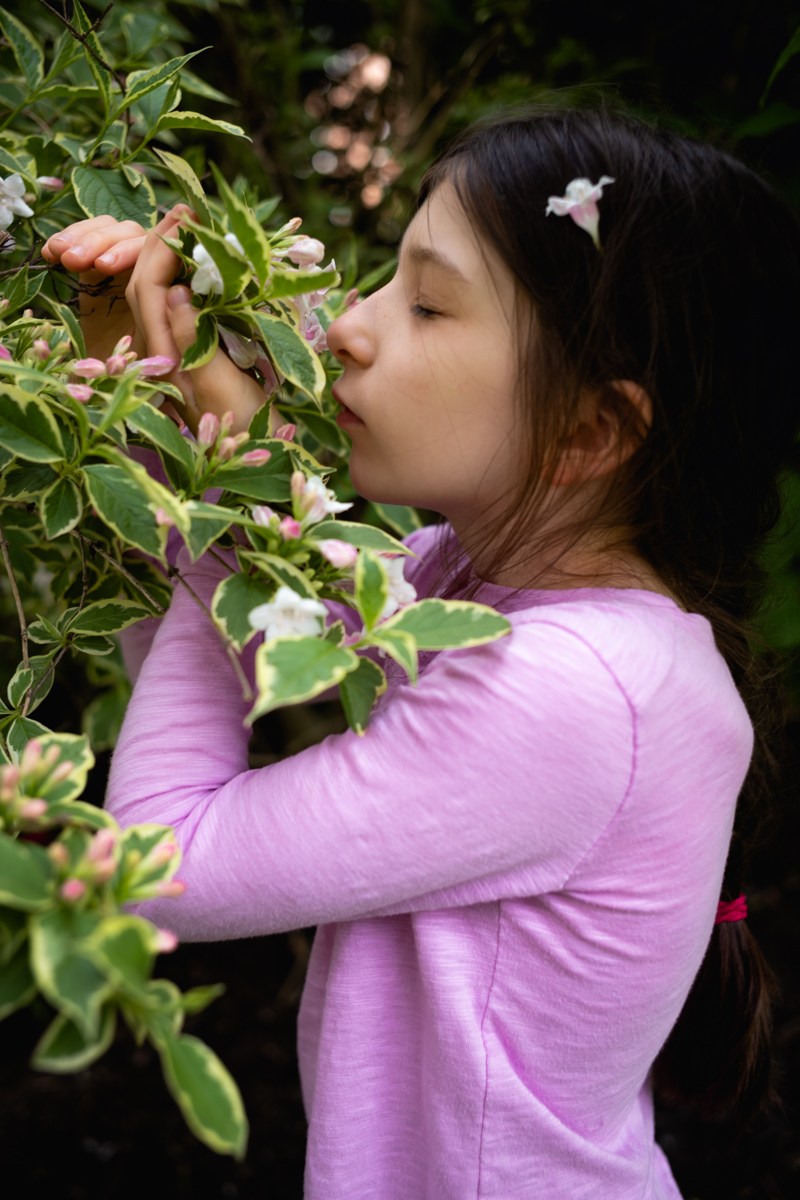
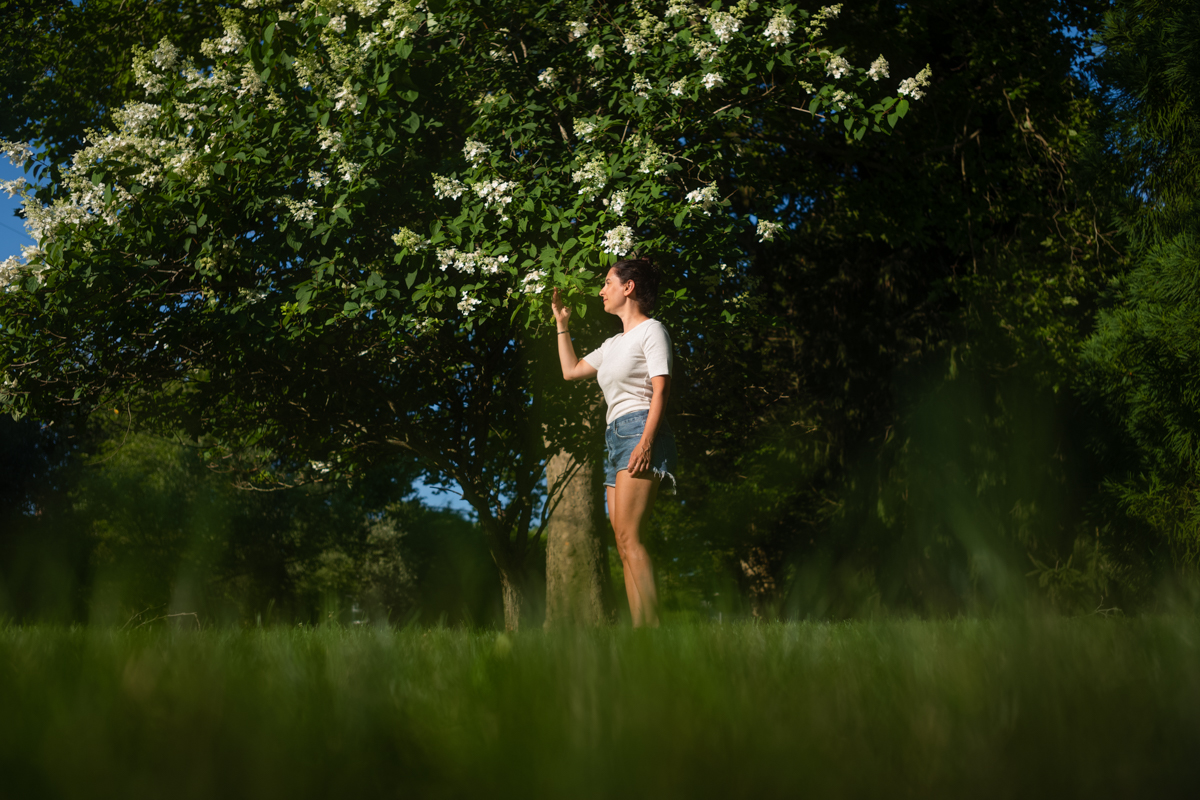
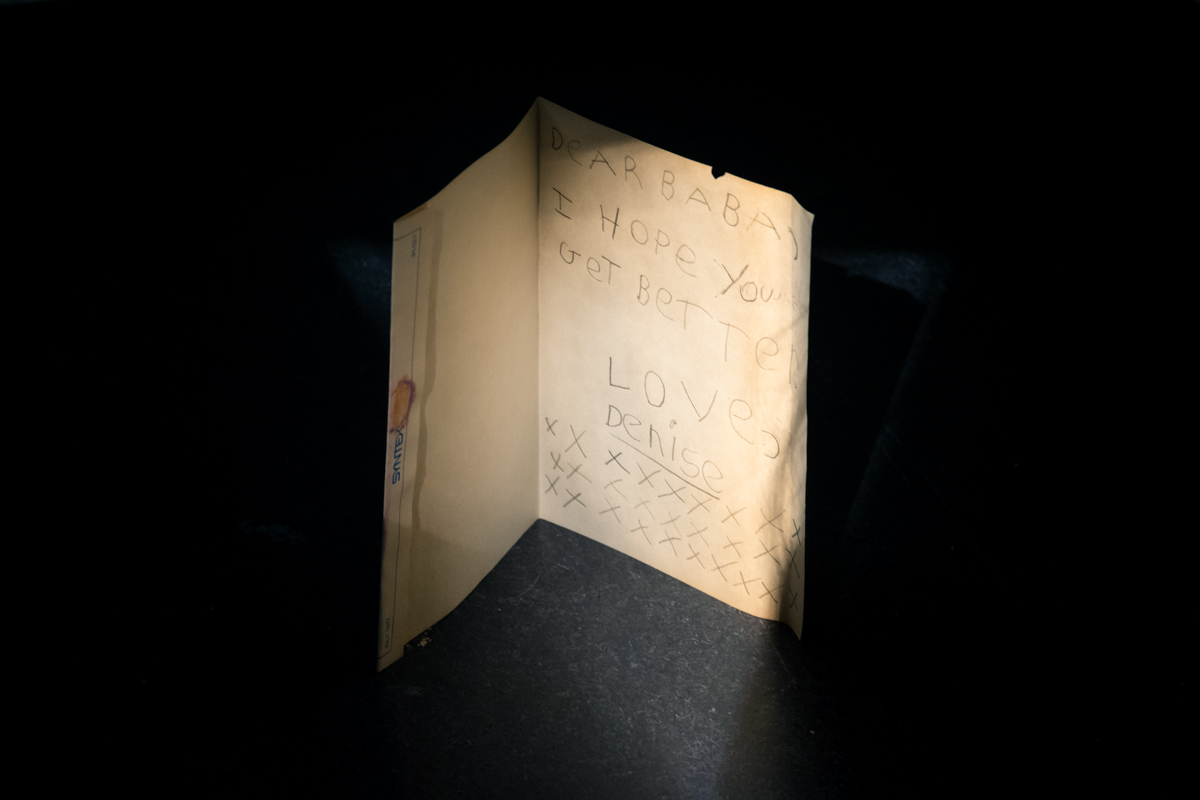
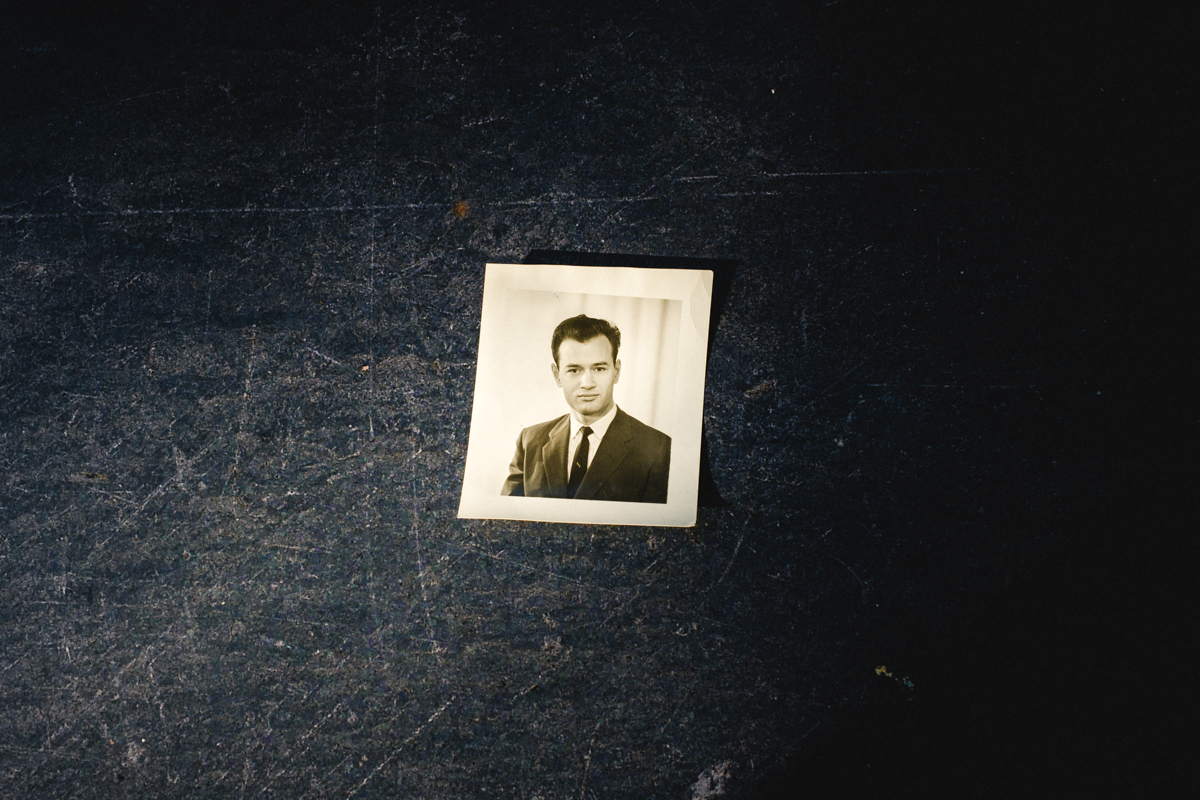
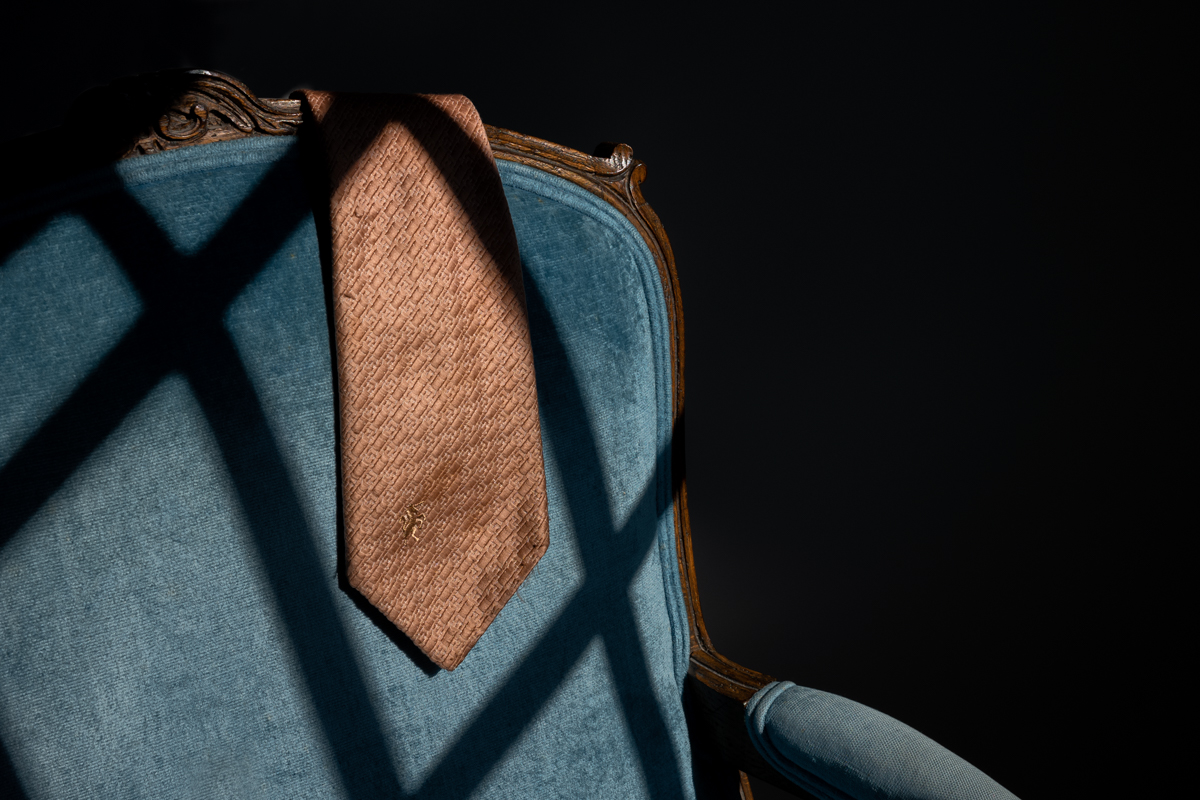
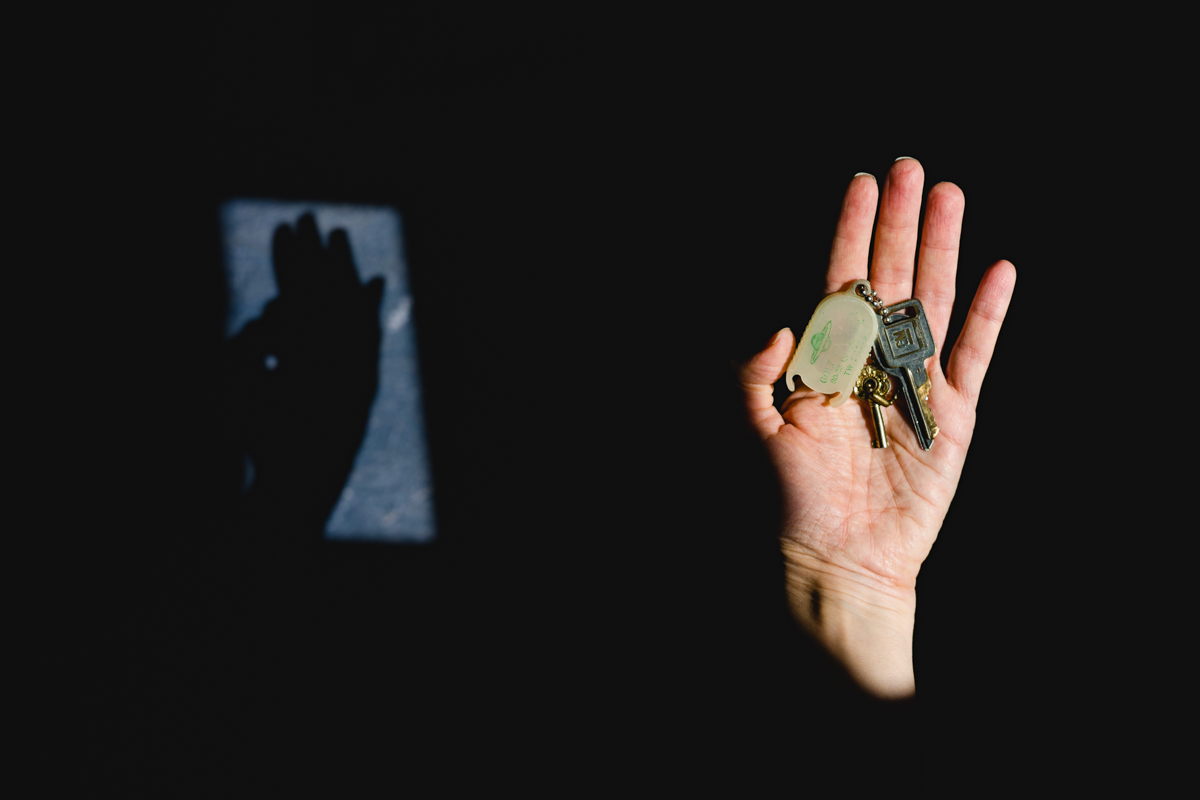
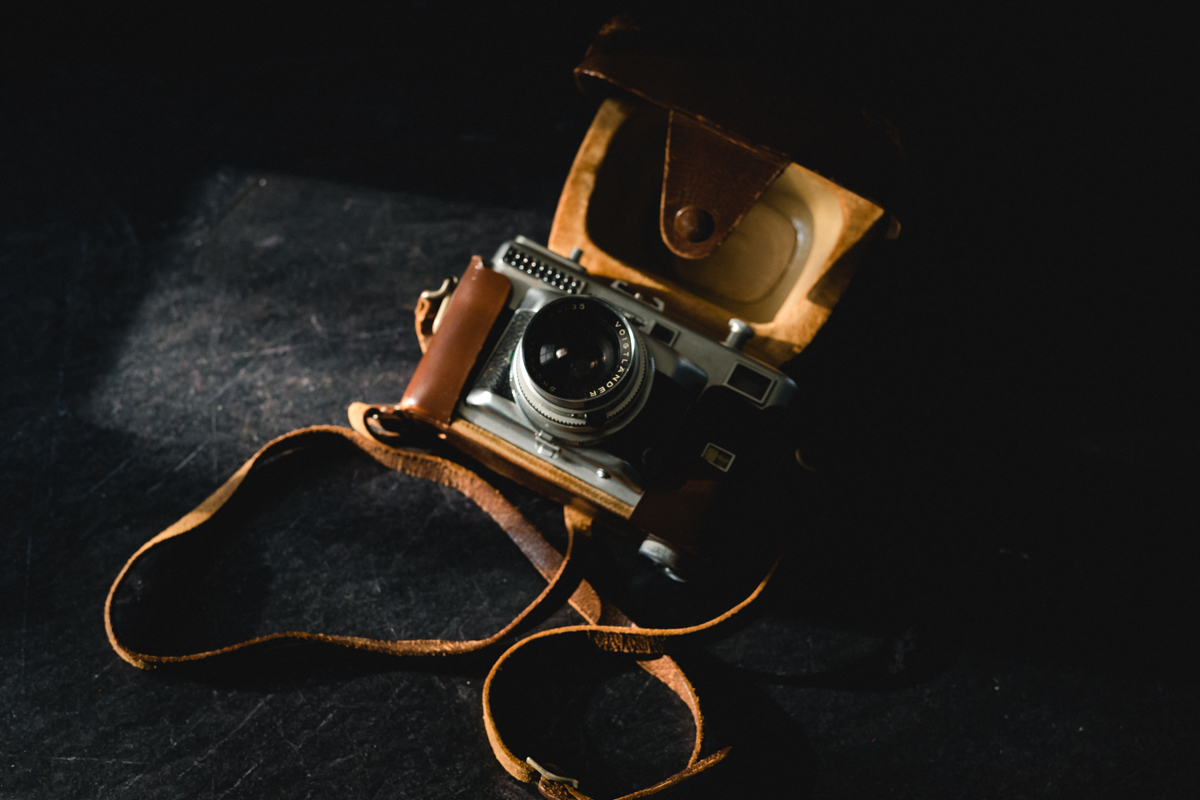
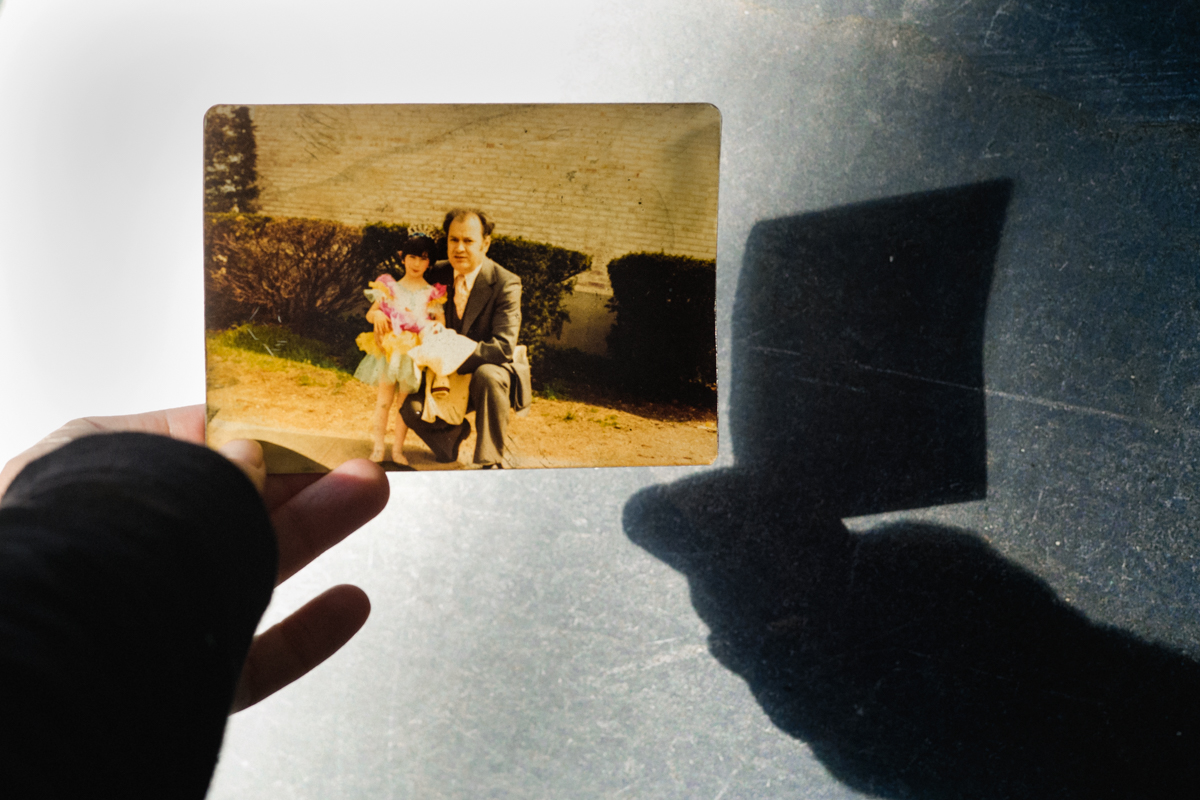
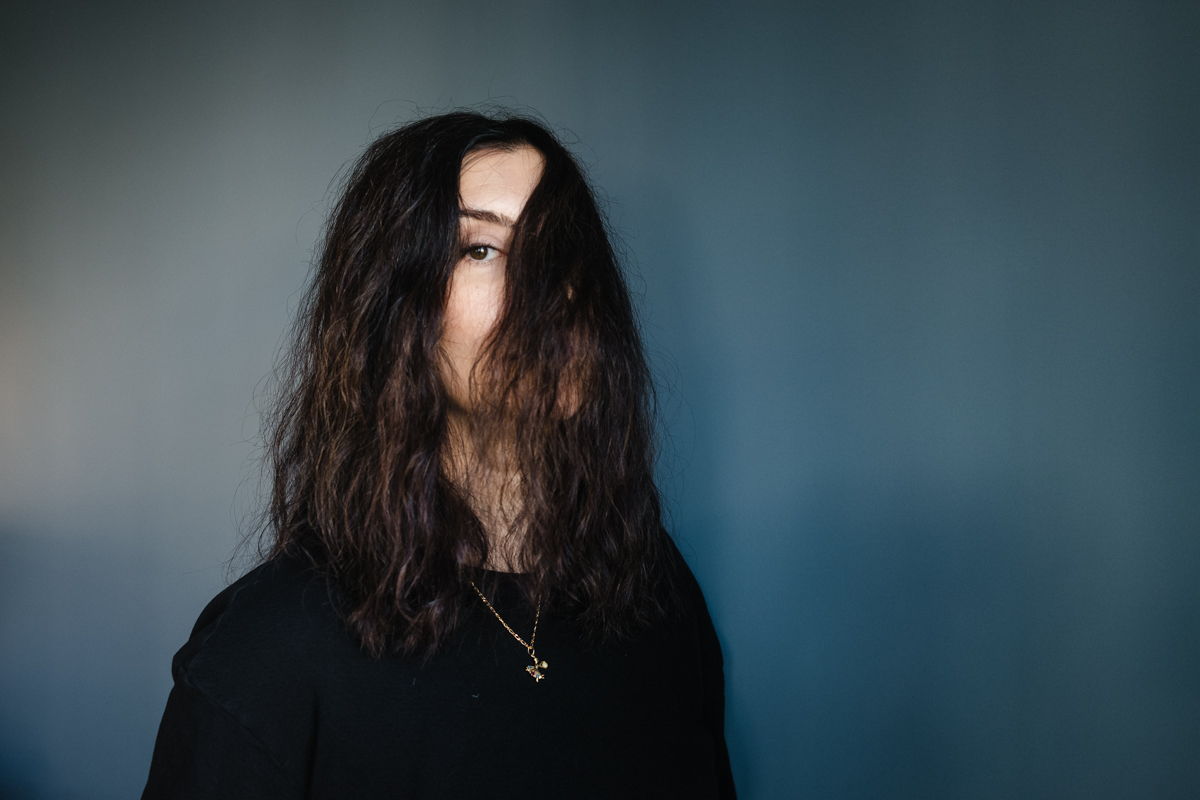
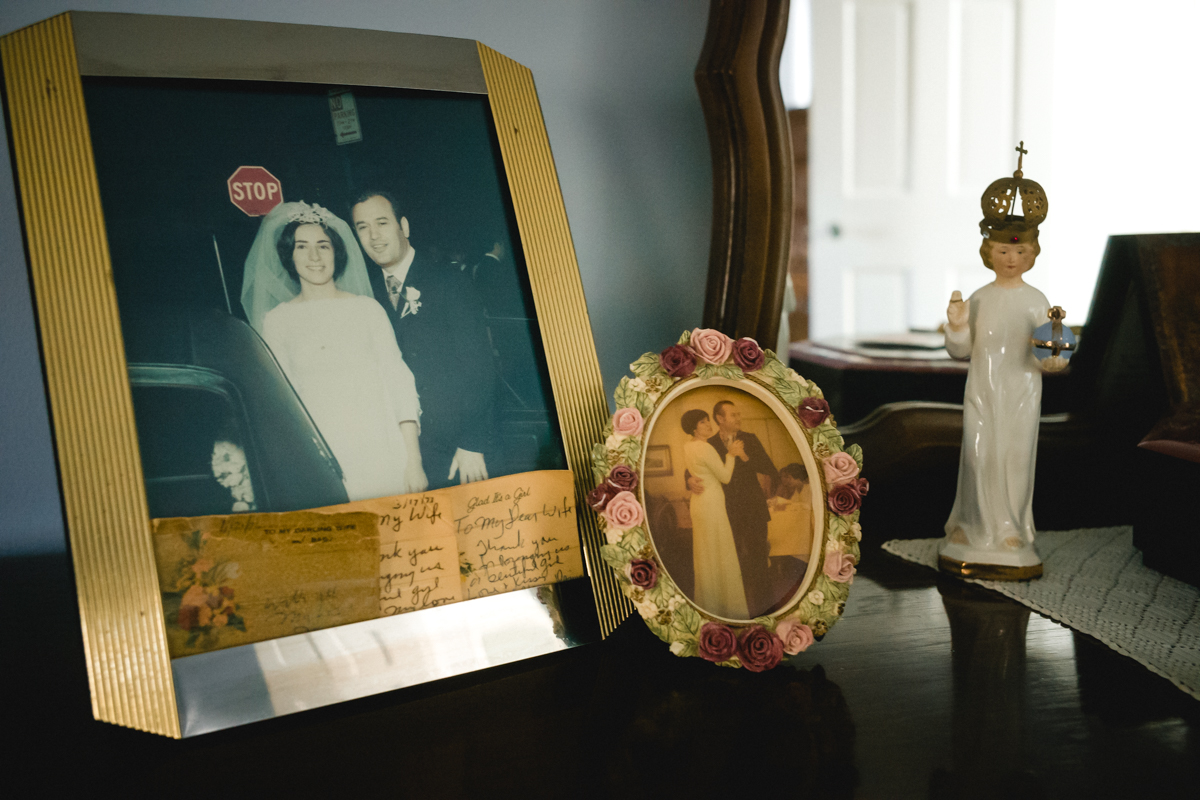
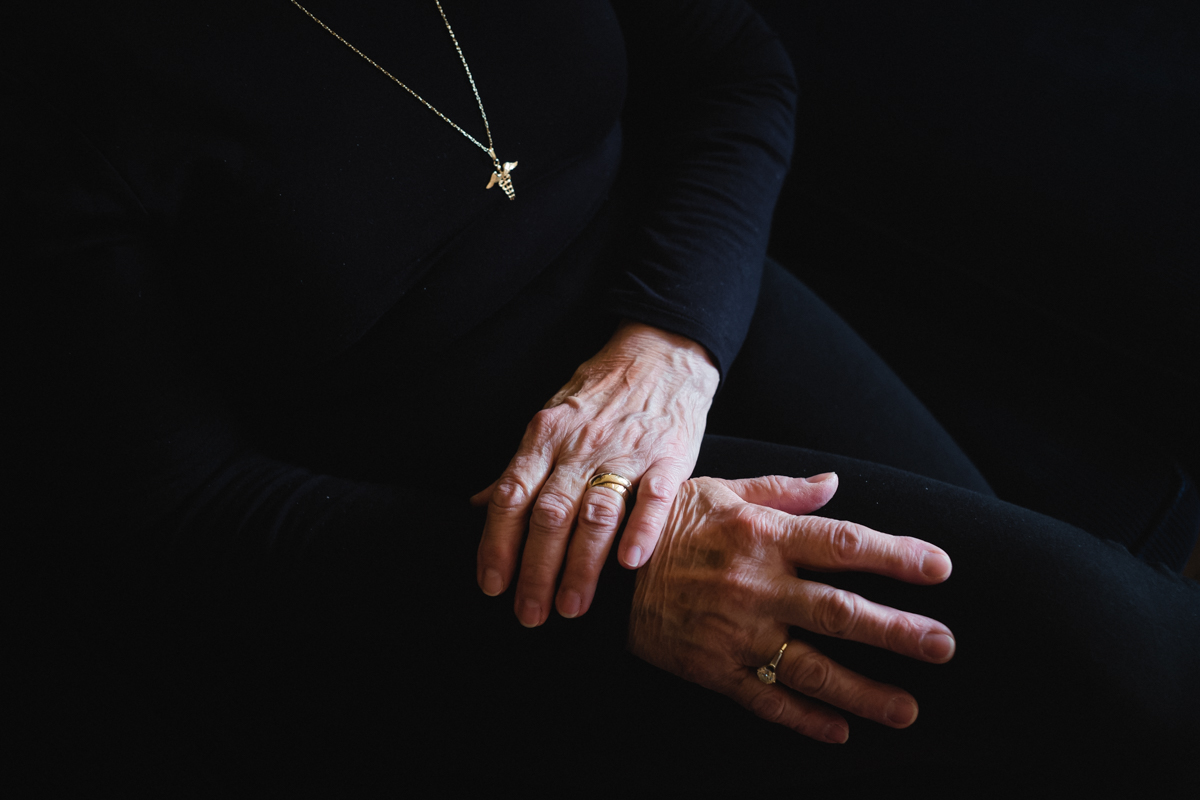
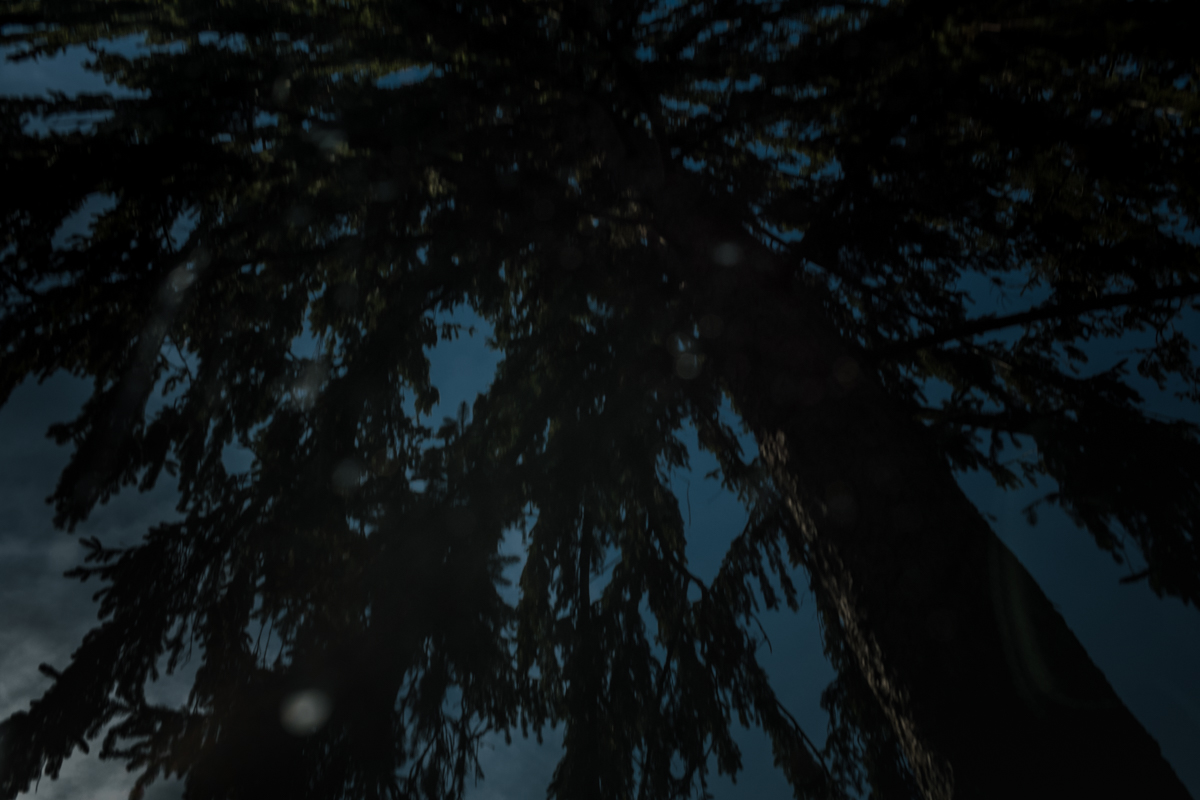
Denise Laurinatis
"Memory is a Crashing Wave"
There is a lot that Denise does not remember about the year her father died. She pieces together memory fragments like a puzzle. He was 47 and she was 5—Denise thought his oxygen tank a normal part of life. She does not remember knowing that his illness meant that he would die. At 5, she was devastated. Grief lived deep within her subconscious, she needed to be held and told she would be okay. Instead, she dreamed up other scenarios to escape her reality. The stories she told herself gave her hope, until she grew older and they no longer worked.
When Denise turned 47, her son turned 5—the same age difference, almost down to the day. She started to examine and compare his childhood and her own, her father’s illness and her health. A box that her mother kept of her father’s items became a necessary exploration. Through handling things that were markers of his life - a camera, his wallet, his pictures of their family - she was able to make the connections between his life and her memory of his absence. The unexpected scent of him was familiar and brought him closer to her, closer to making him real.
Denise lost her father and came to know vulnerability at a very young age. She craved normalcy, and in time, she thought she achieved it. Happiness returned, but it was different. Denise watches her children explore the world with wonderment and through them, she gains scattered pieces of what was quieted in herself. The swell of this loss is boundless and comes to her as a crashing wave. The profound loss of her father is her grief and it is love that lives on which she can share with her children. And while the waves still come when she least expects it, she is now left standing.
Denise Laurinaitis is a photographer whose work explores themes of grief, longing, and hope. She uses a camera to explore how memories and emotions can be made visible. Through her photographs, she elevates the details and fleeting moments of daily life into visual poems. Each photograph is a reminder that the past and present are always connected.
Denise holds a BA from Georgetown University, a JD from Hofstra University School of Law, and has studied at the International Center of Photography. She lives in New York with her husband and children.
All images in the portfolio Archival Pigment Prints, 13" X 19", 2020, $350 each, certain images not for sale.
